01.1 Malhoun 2.0
On December the 7th, 2019, Younès Rahmoun invited me to participate, as a "witness", in a Messenger group where artists, artisans, writers and thinkers exchanged ideas, concerns and knowledge around the Moroccan culture, especially on crafts and art. There were friends like Younès Rahmoun, Mohamed Arejdal, Laila Hida, M’barek Bouhchichi, Juan Asís Palau… and then artists I had heard a lot about but I did not know in person.
I found myself in the middle of a conversation where ideas and notions were blurring. By reading them I understood why Younès wanted to include me because they were looking for ideas to prepare an exhibition; The Seven Saints of Marrakesh; Tariq Ibn Ziyad (Rue Tariq Bnou Ziad); The rock; Gibraltar; Illegal Immigration (The Burner); Ceuta; Tetouan; Taroudant, Marrakesh, Guéliz and Igueliz, Almoravides and Almohades. There were quite a few subjects that touched me, Ceuta, Gibraltar, the saints of Marrakesh, including Sidi Bel Abbès and al-Qadi Ayyad who were born in Ceuta, even Tariq Bnou Ziad street in Marrakesh, where the hotel I usually stay in Marrakesh is located. I began to share information relating to the history of Ceuta and its surroundings but also of Marrakech, on the other hand, I was never able to participate in the meetings held in Sidi Moussa, where the Fenduq has the workshop.
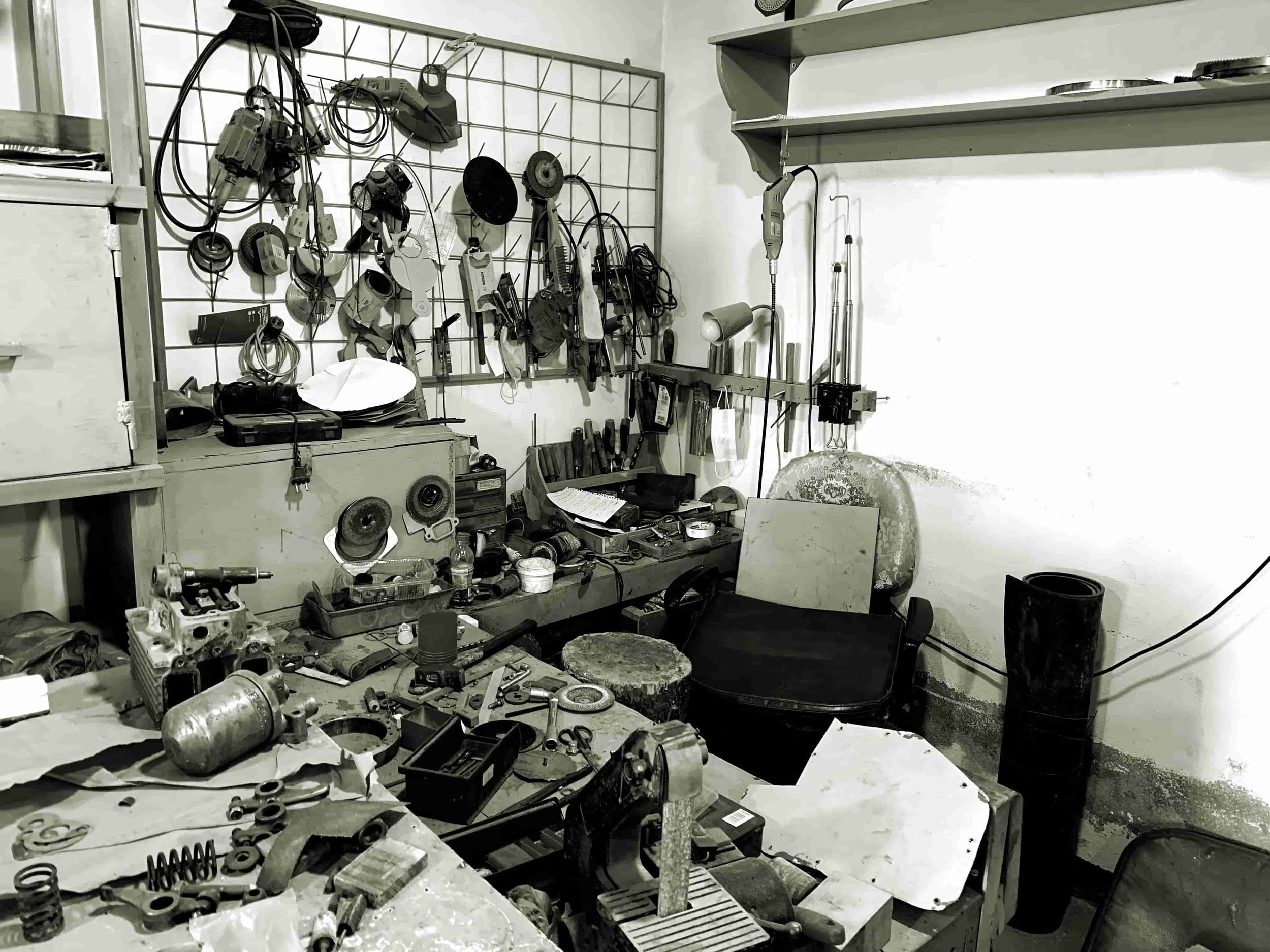
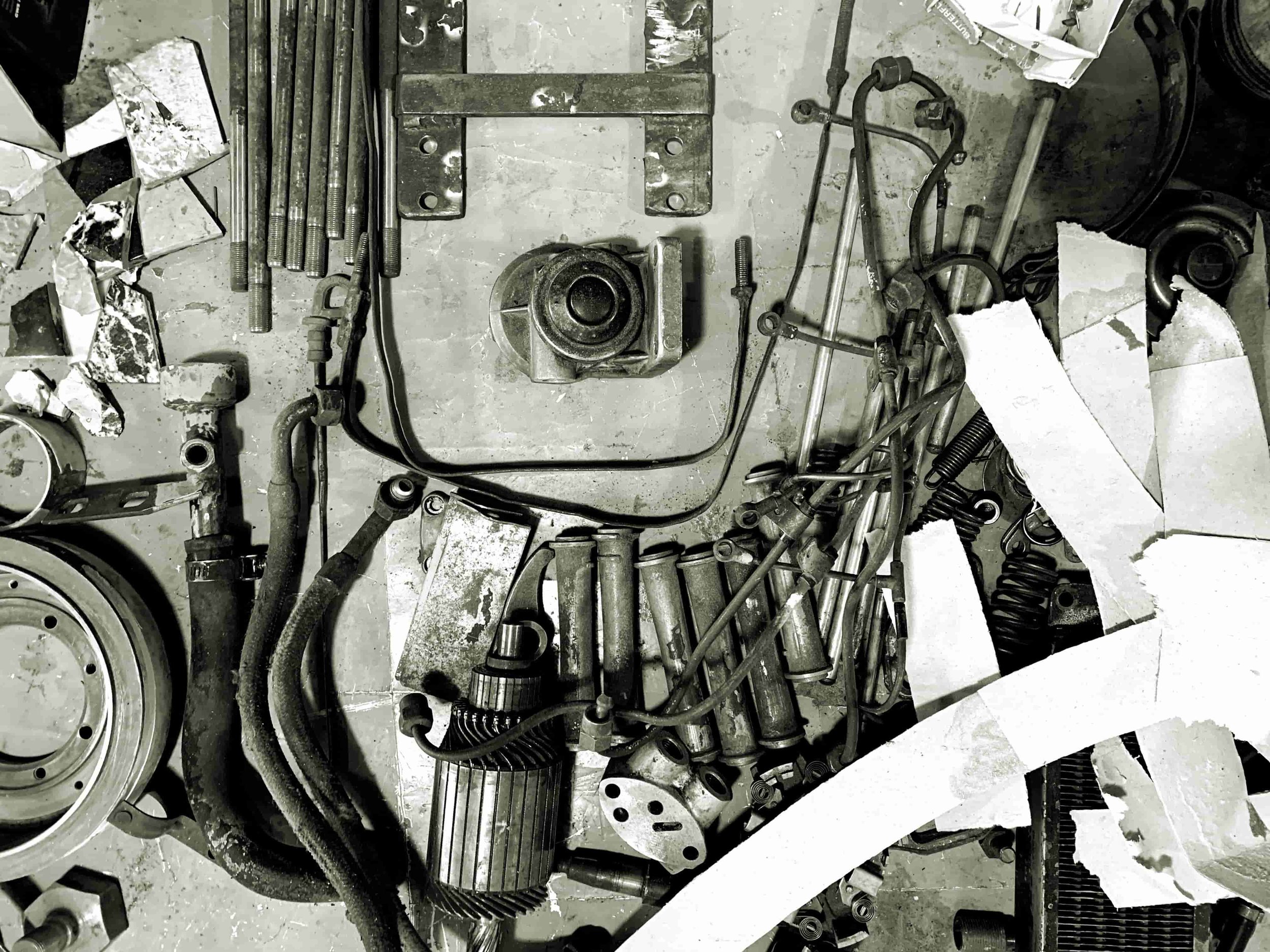
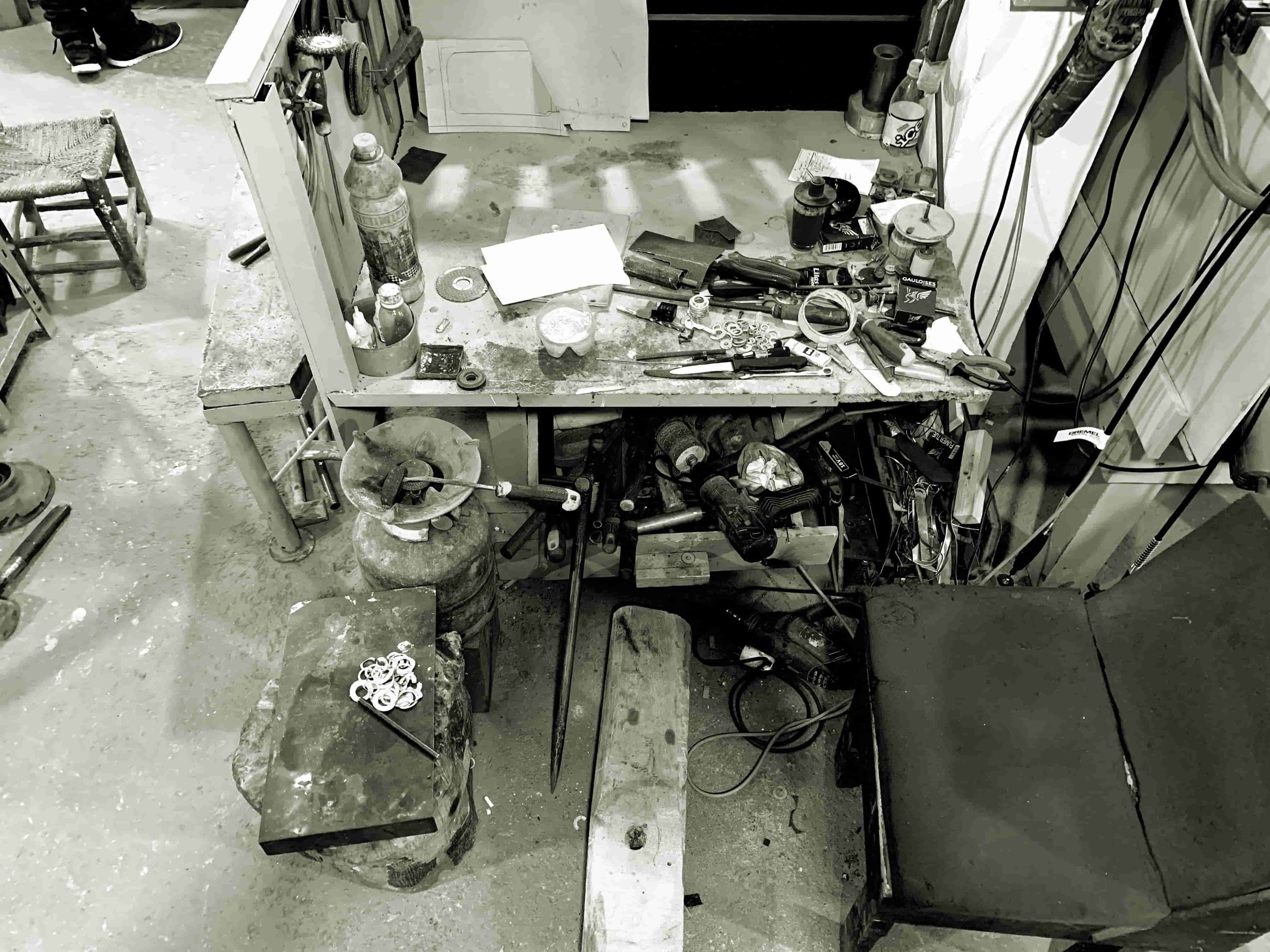
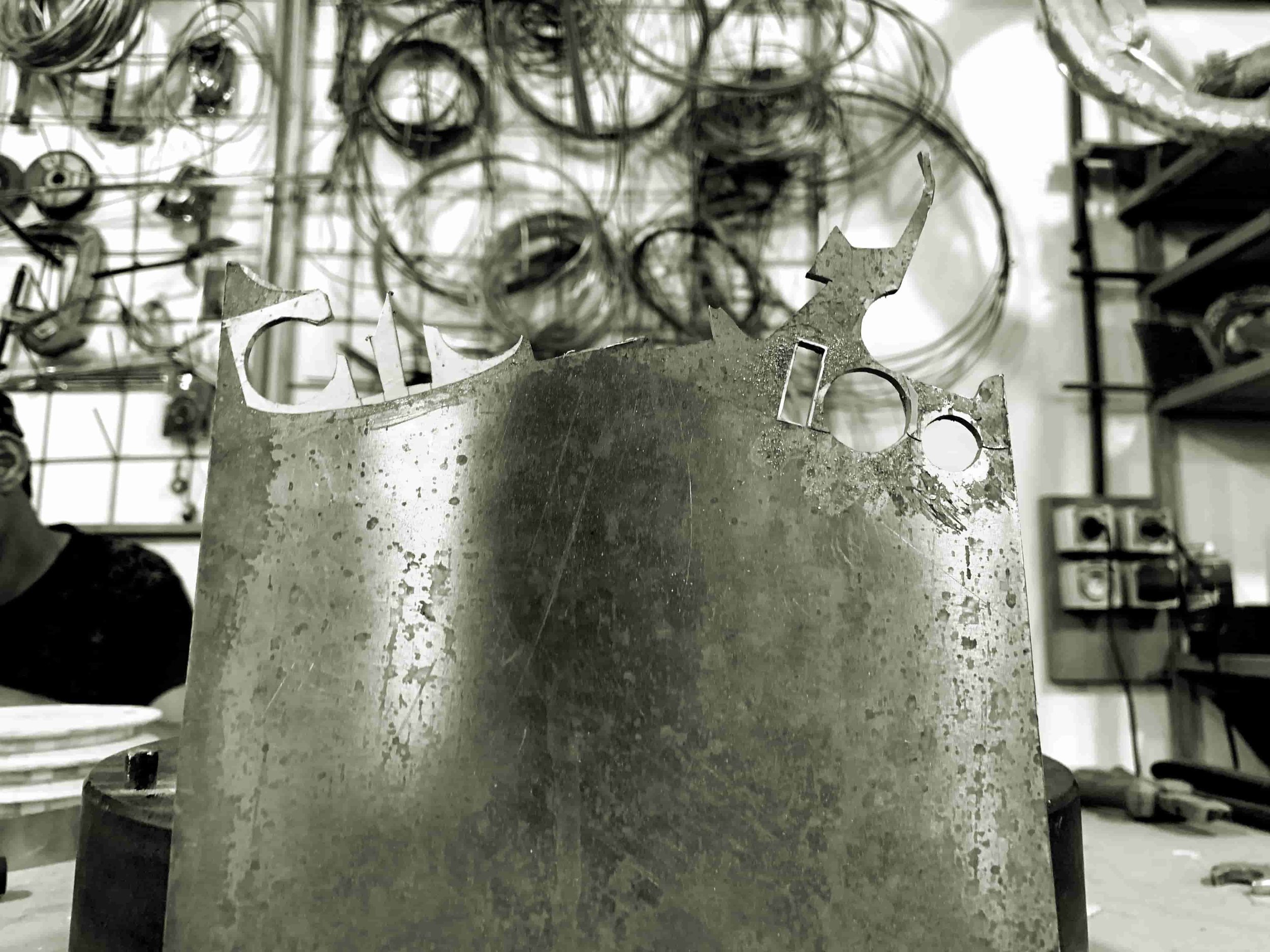
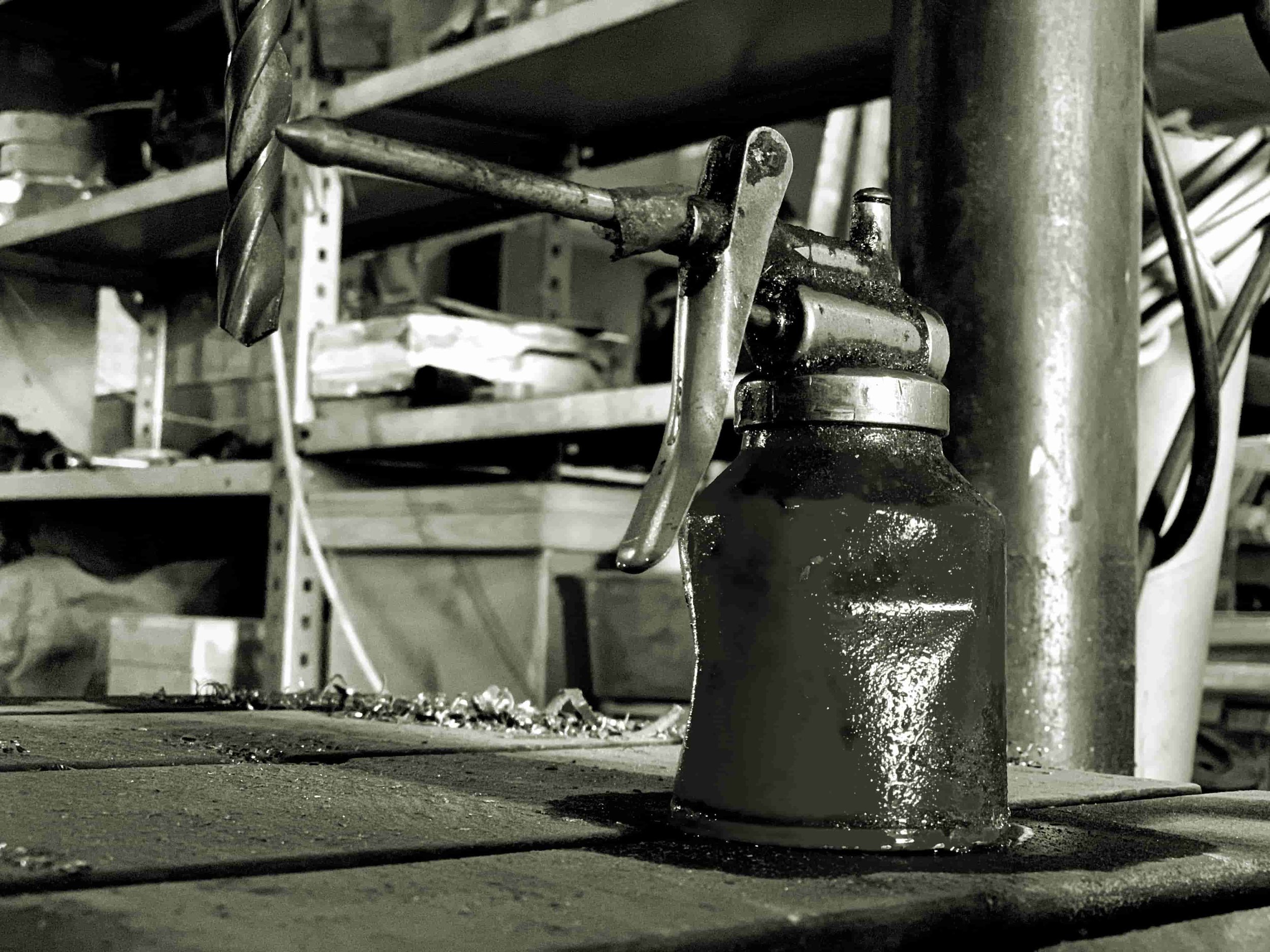
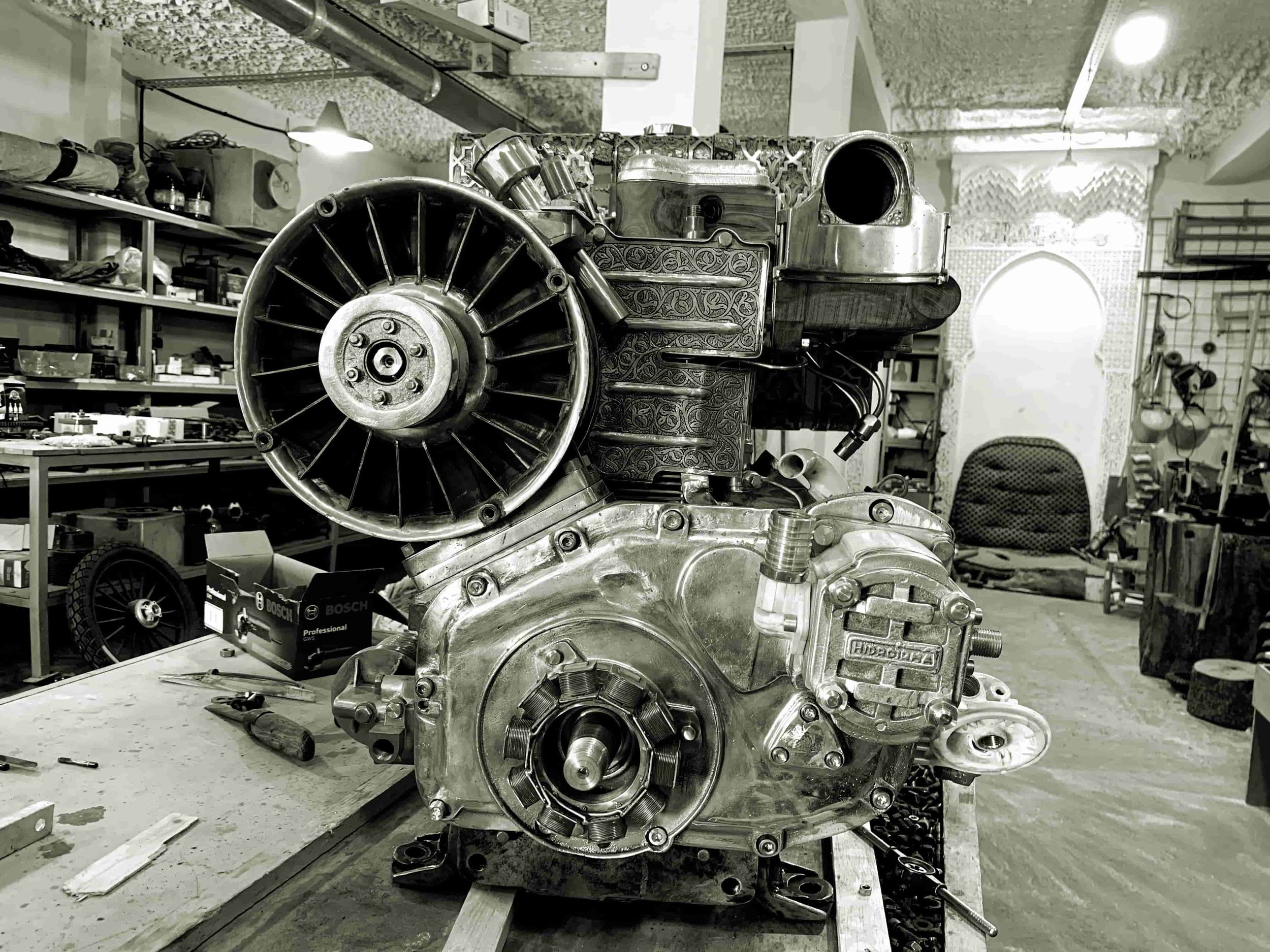
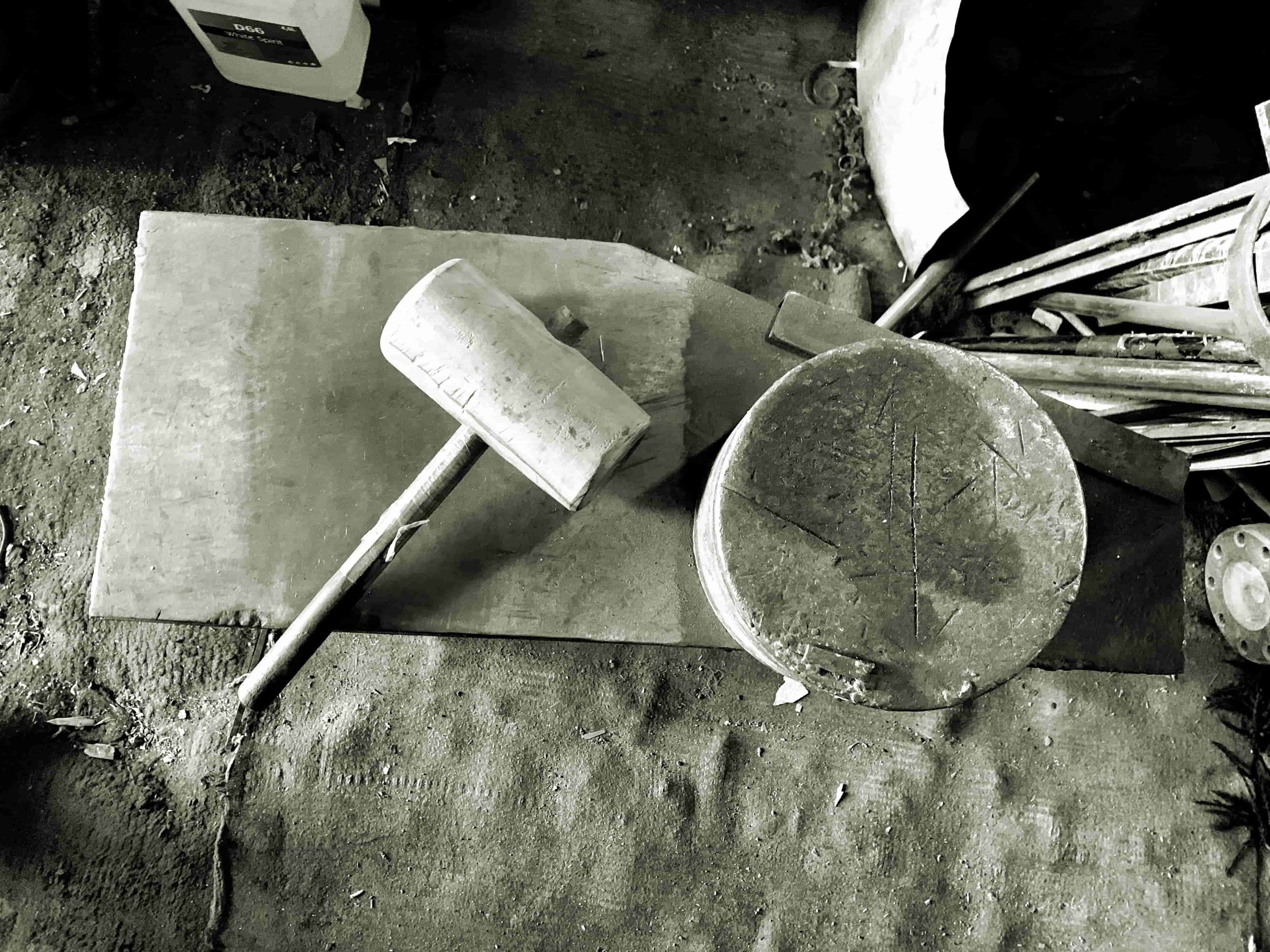
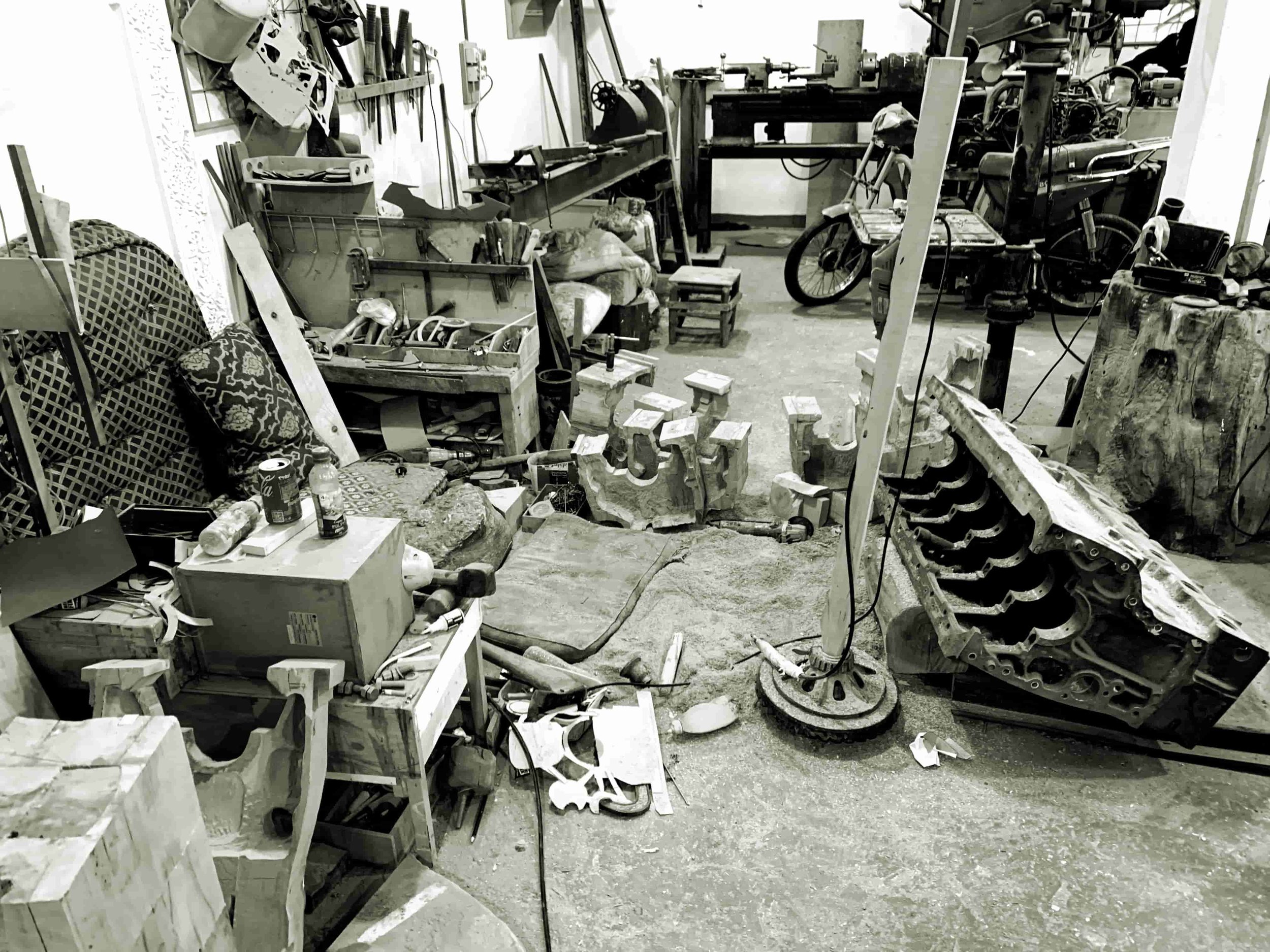


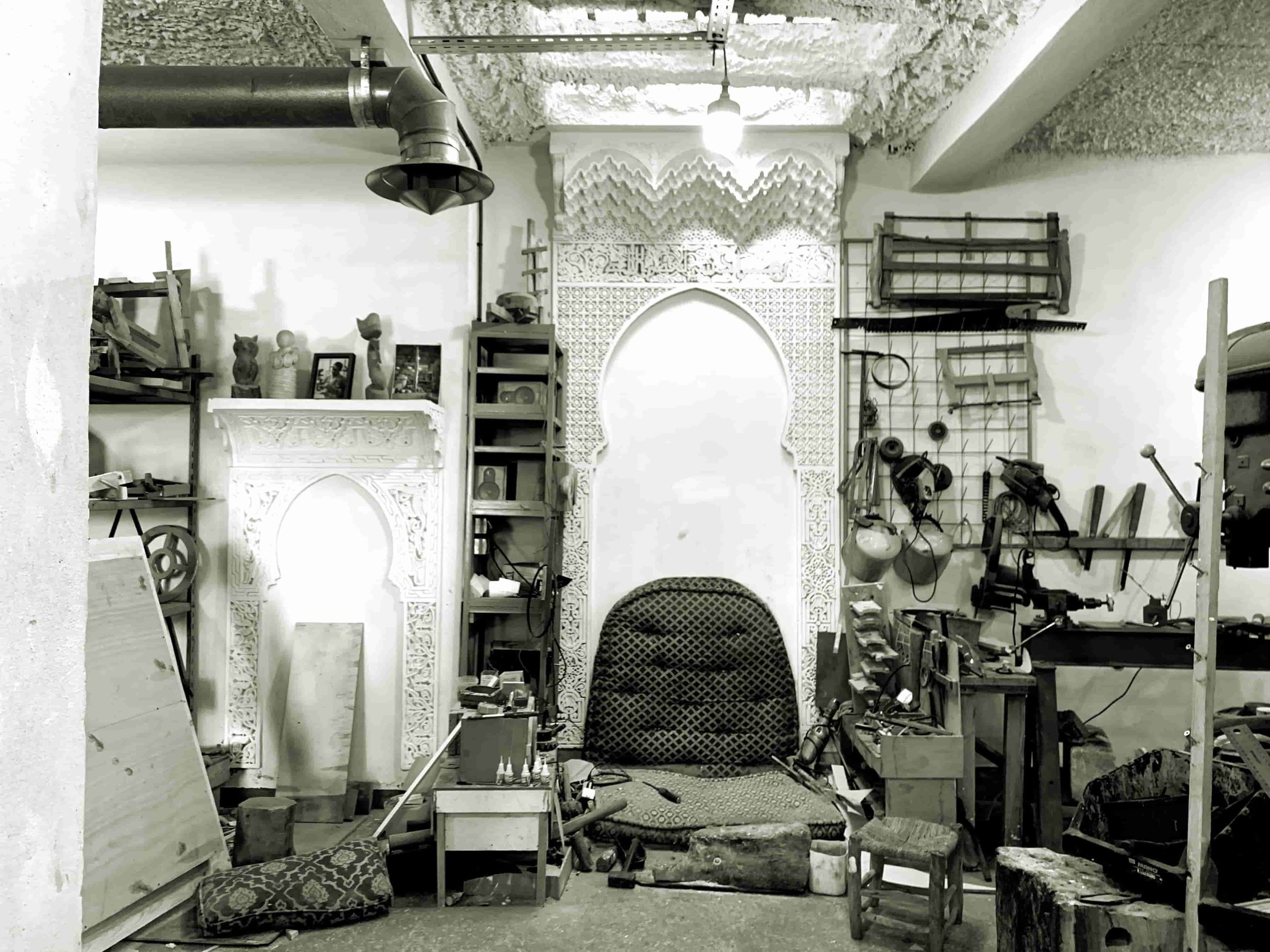
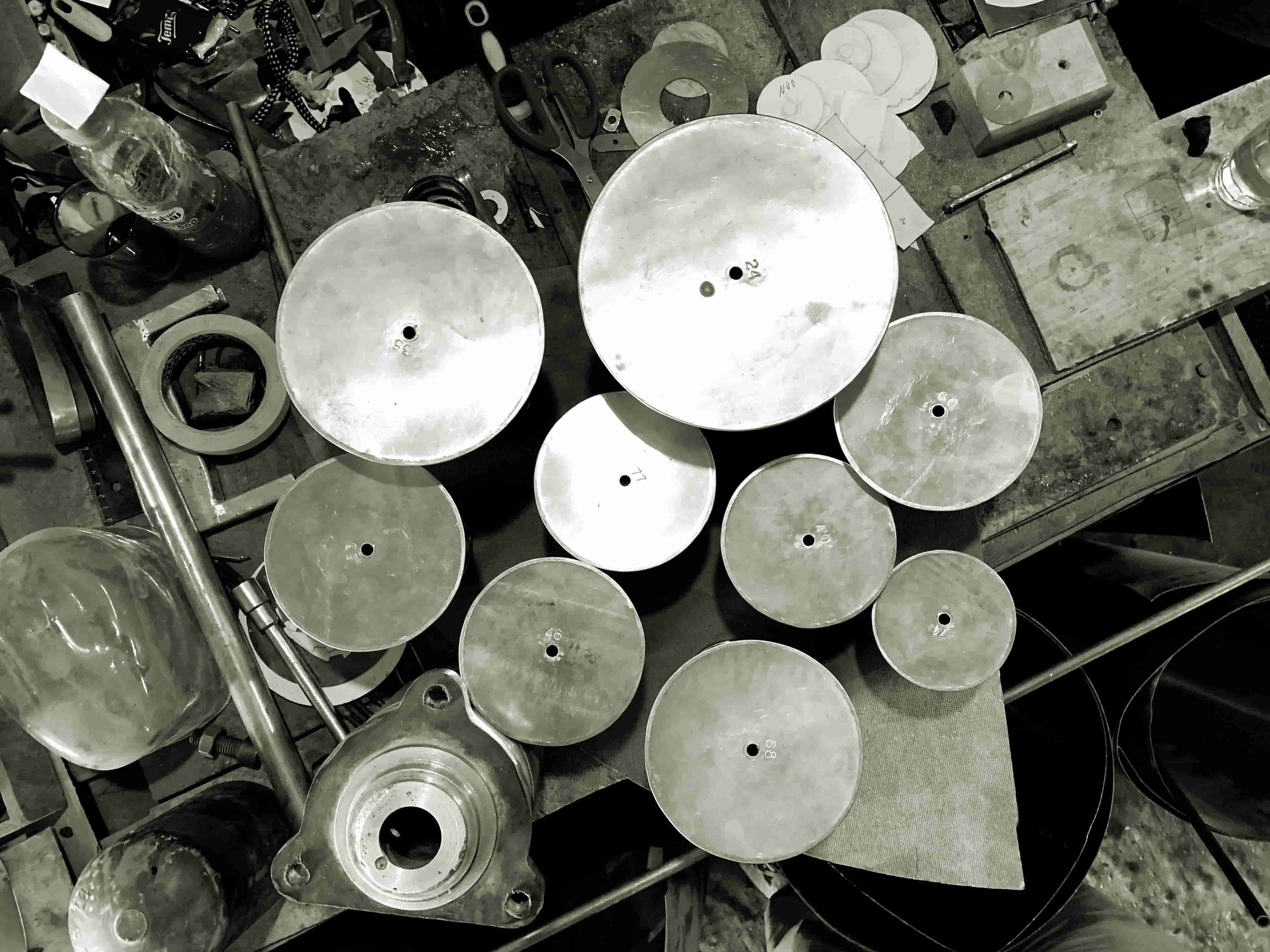

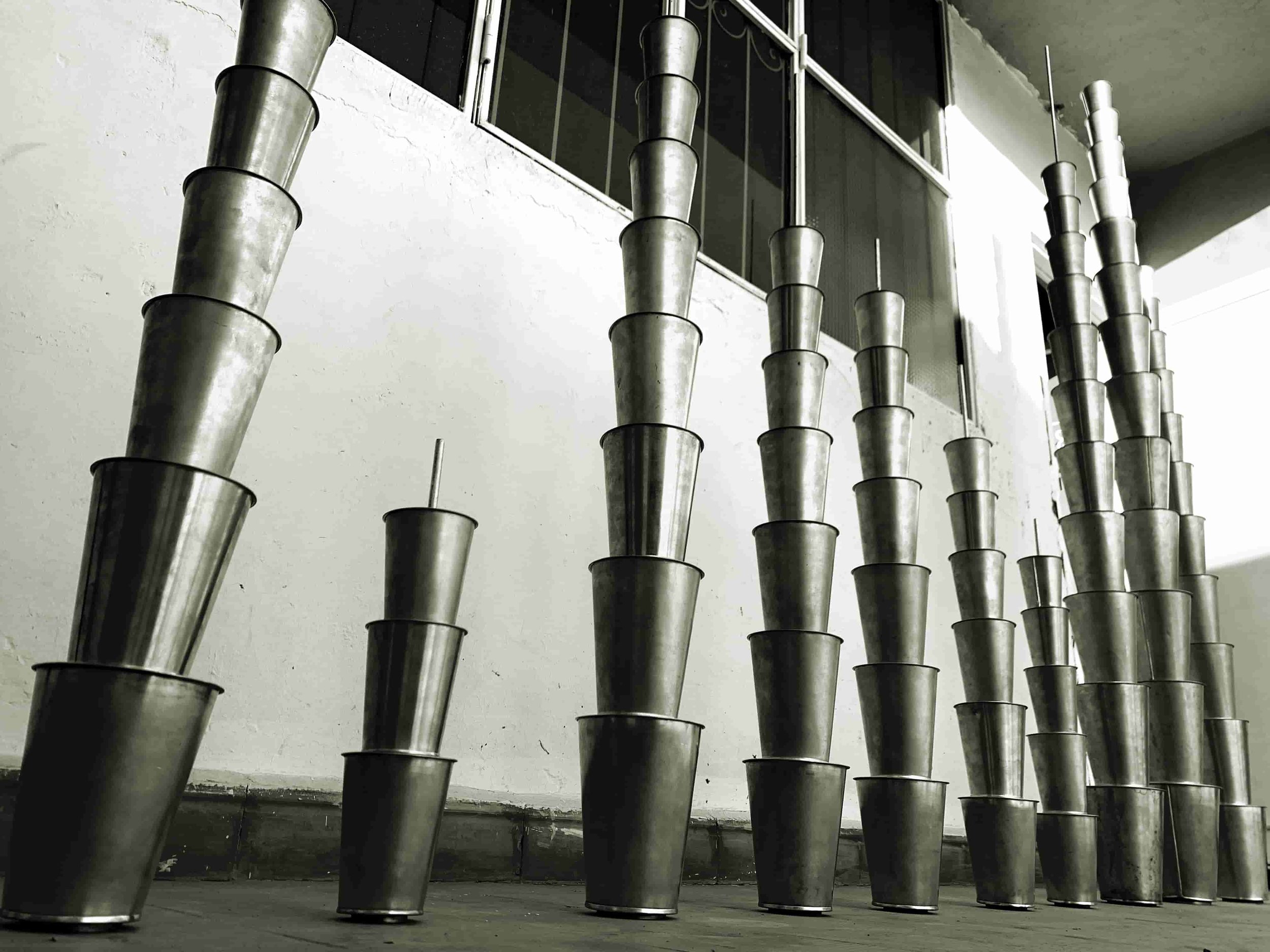
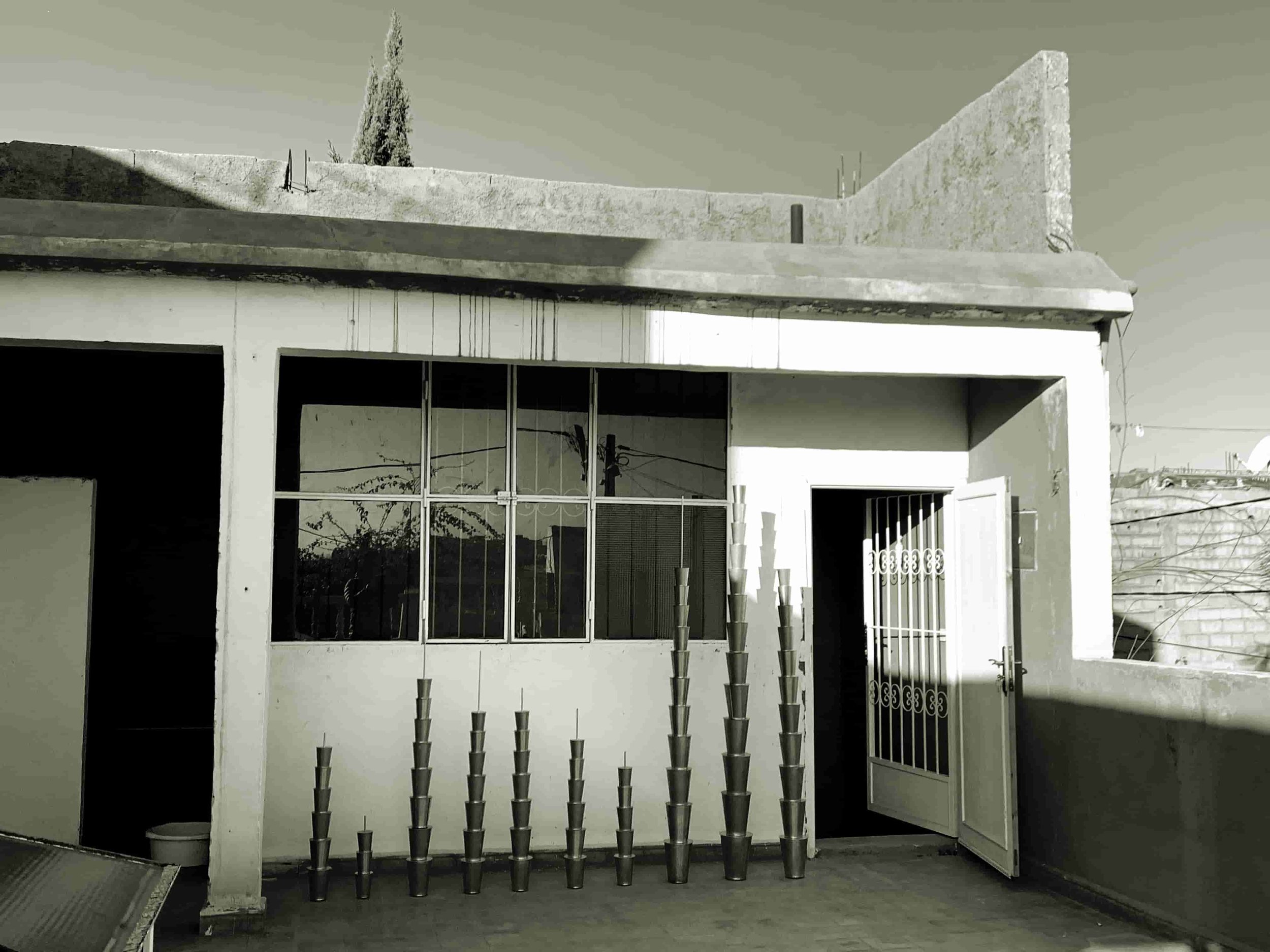
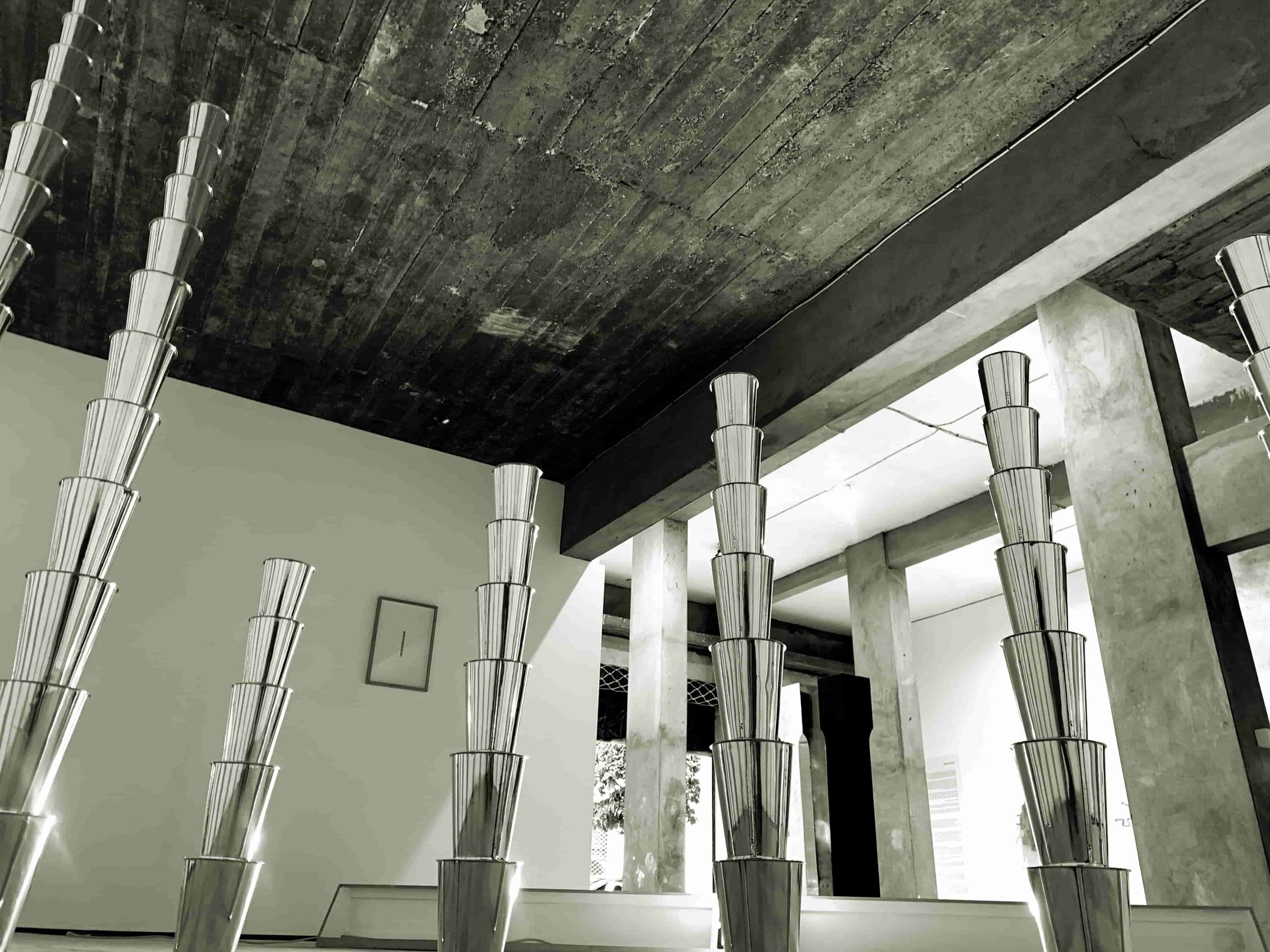
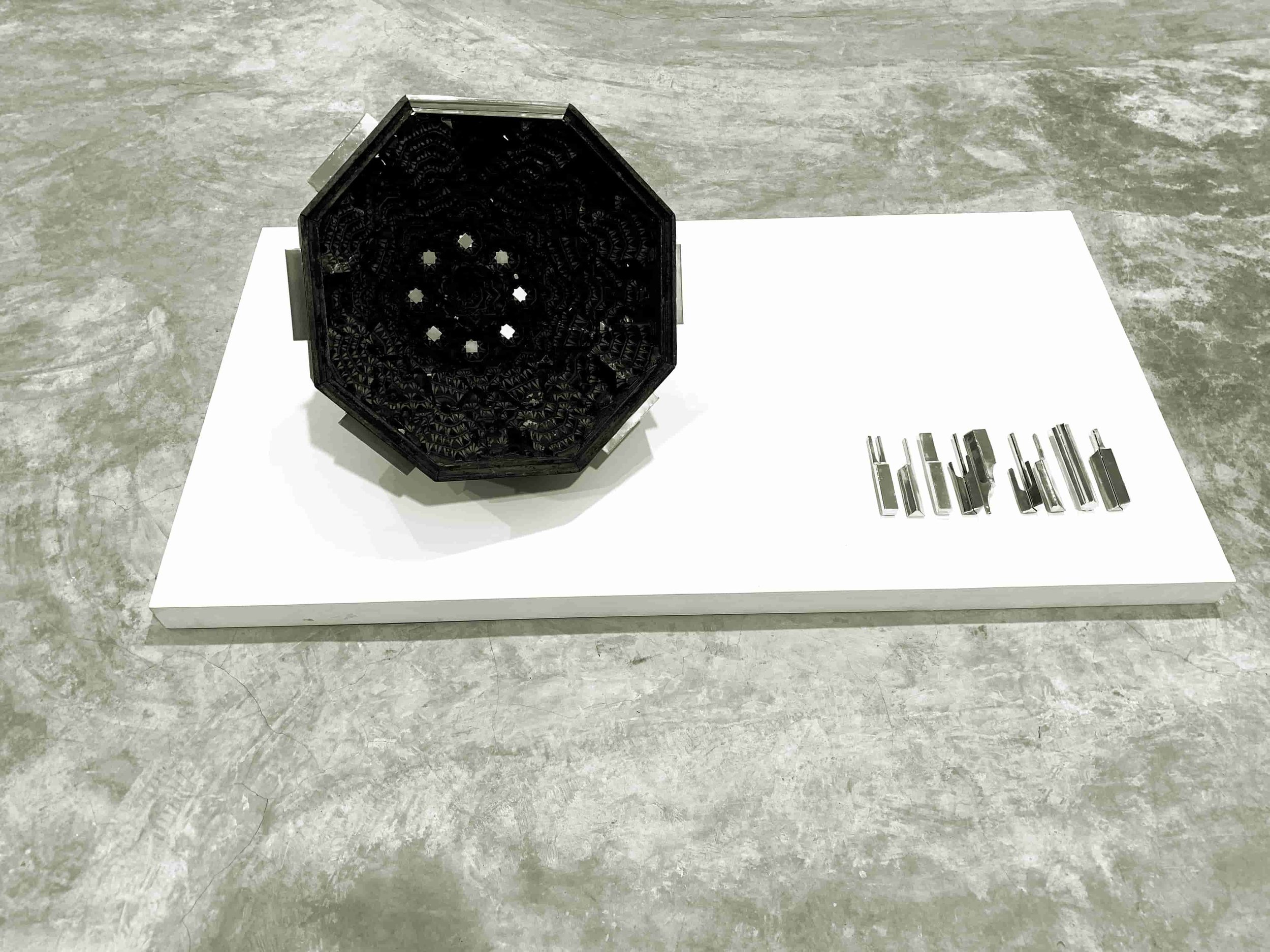
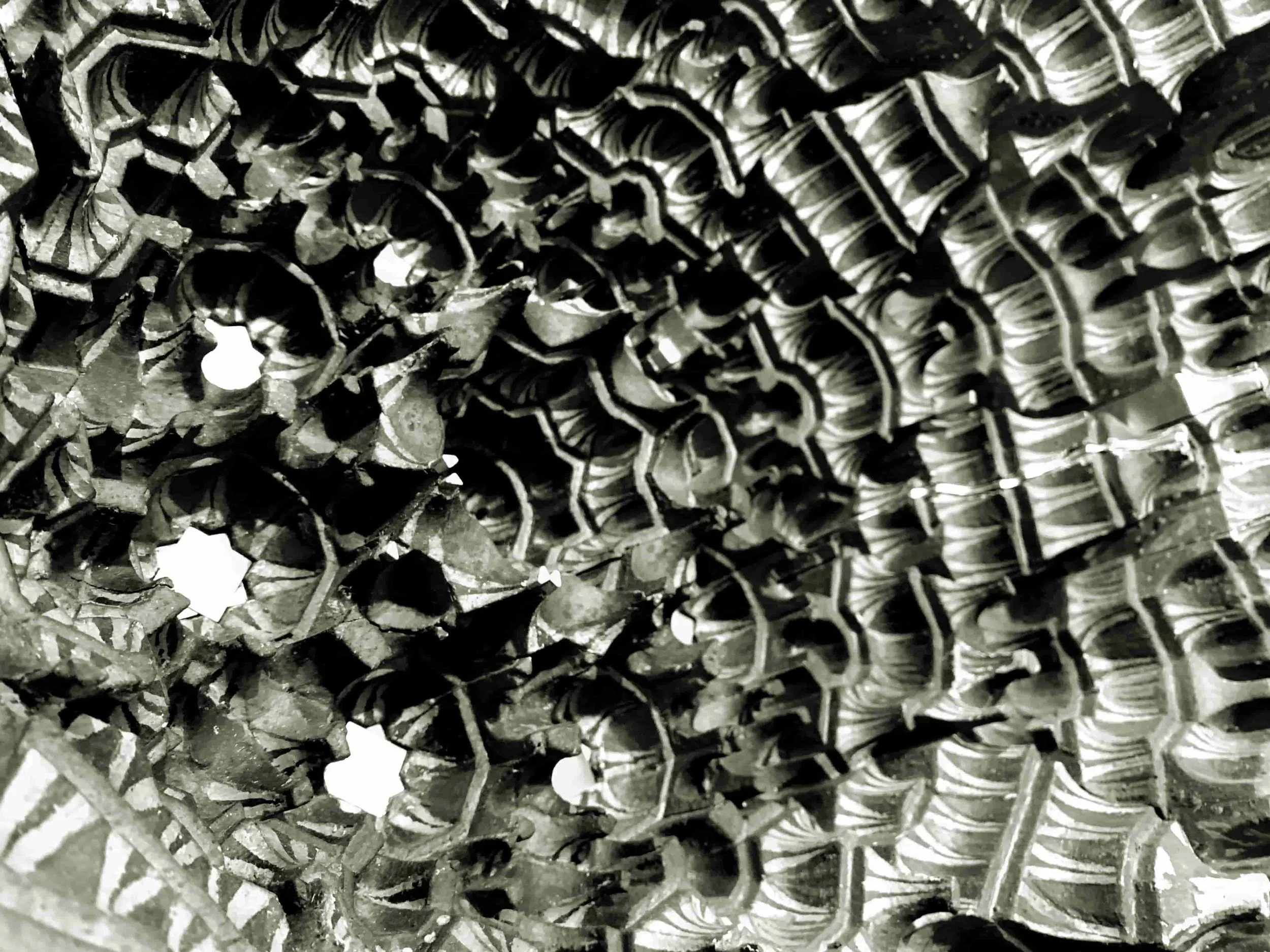
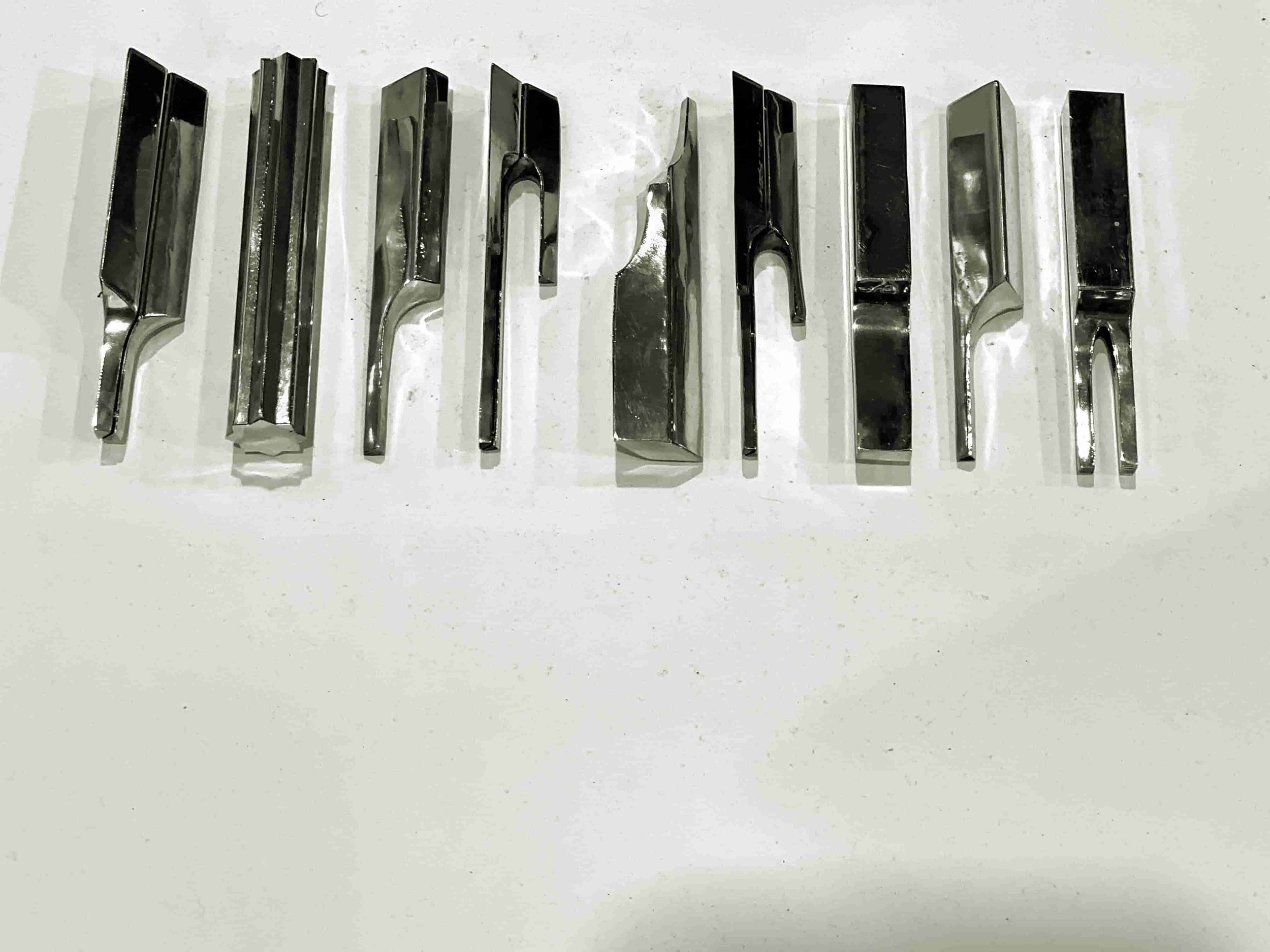
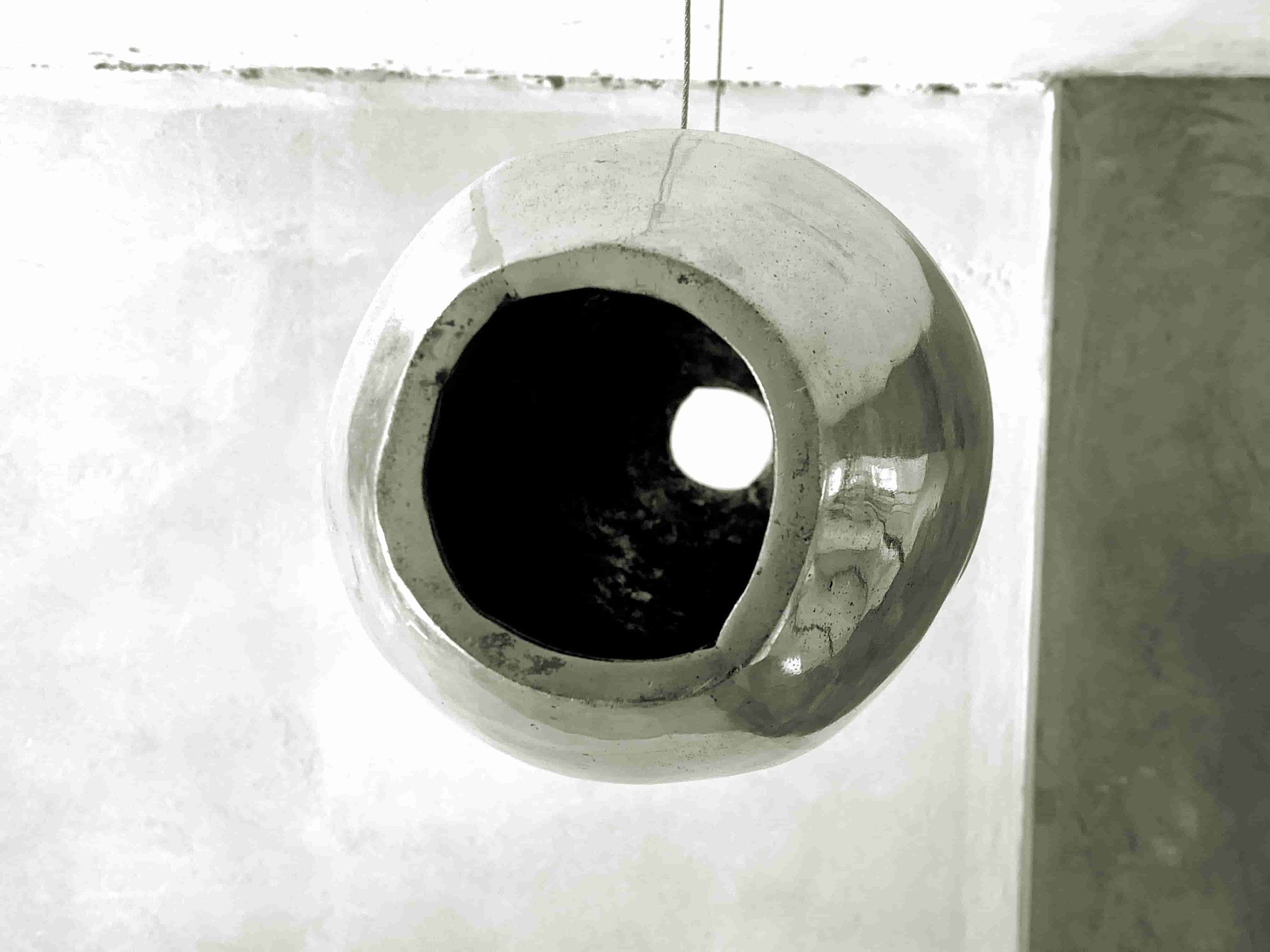
This impediment to going there, the fact of not having fully understood the objectives of these meetings and conversations, my plans to travel to Mauritania in January and my participation in the exhibition À l’Épreuve du Tamis at LE 18, distanced me from the project Malhoun 2.0., at least temporarily.
The meetings and conversations of Malhoun 2.0 resulted in a manifesto and two exhibitions in Marrakesh, one in a space set up for the occasion located rue Tariq Bnou Ziad and the other in a warehouse in the industrial zone of Sidi Ghanem. In the first exhibition you could find works of craftsmen and artists in the same space without any distinction between art and craftsmanship. It was one of the most interesting curatorial proposals in the parallel projects of the Contemporary African Art Fair 1-54 during its 2020 edition.
01.2 Driss
In September 2019, during an evening with friends in Rabat, Fatima-Zahra Lakrissa introduced me to an architect friend of hers, Driss Benabdallah (AIR). During our introductory conversation he asked me a lot of questions about my initiatives and activities in Morocco, especially in the desert and in the field of contemporary art. At one point he interrupted me:
wait, are you Carlos, the one who organises Qafila?
you mean the practical research where we walk in the desert with nomads? Yes it's me.
when is the next one?
the coming month, we are going to walk 6 days with artist friends around M’hamid el-Ghizlane.
can I come with you?
normally we don't walk with people we don't know and especially with people we don't know how they will behave in the desert.
but I want to come, please, please… I dream of walking in the desert and sleeping under the stars. I will create no problem, but let me accompany you. Please I want to come...
He spoke to me in a way, as if this was really a dream for him and then he seemed to a nice person, so I said to him:
okay, you can come, even if we're going to take a risk with you, especially because I don't know if in a month you'll have enough time to train and if you'll be able to adapt to this somewhat extreme activity in the desert.
Qafila Rabia took place from October 26 to November 1 2019, in the province of Zagora, but in reality we started the trip a few days before since I had proposed to the participants (Driss Benabdallah, Ahmed Dabah, Laila Hida, Souad el-Maysour, Abdeljalil Saouli and Youssef Titou) to spend a few days in the Draa Valley visiting the ksar of Tamnougalt and that of Amezrou, so they could have a more precise idea of what is a ksar (fortified city), an oasis as a logistical hub used in the past by caravans before crossing the Sahara to Mauritania and Mali.



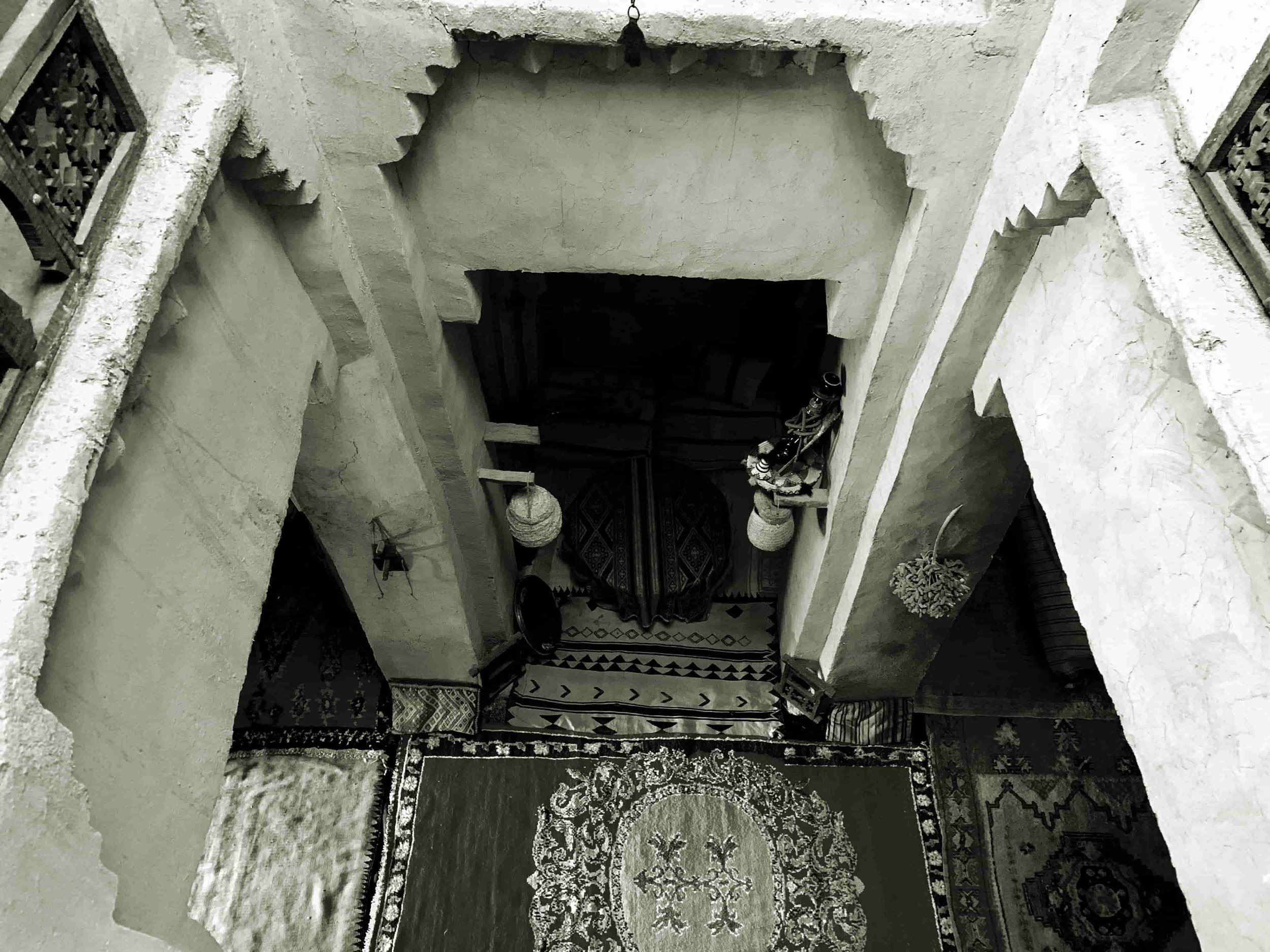
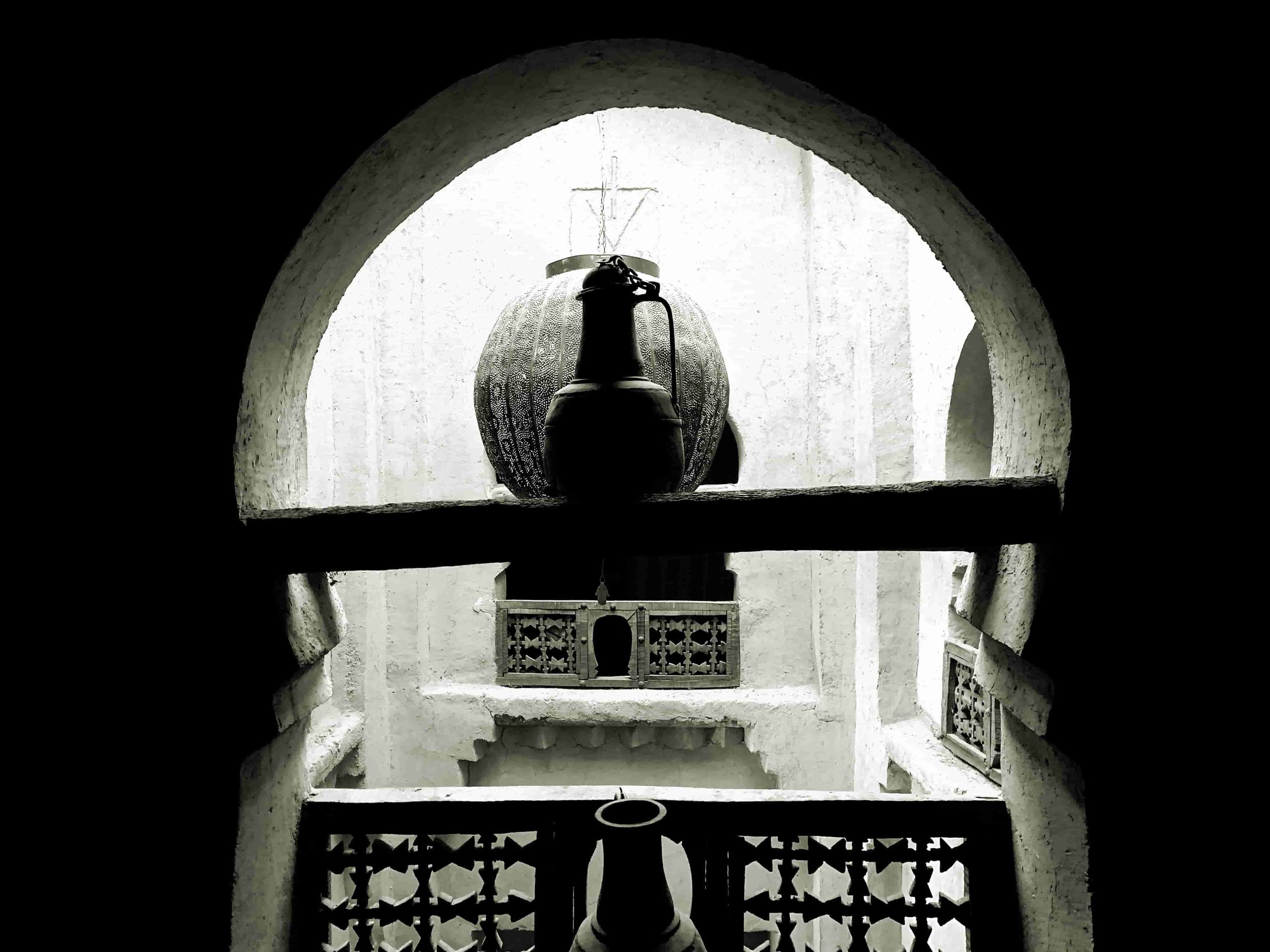
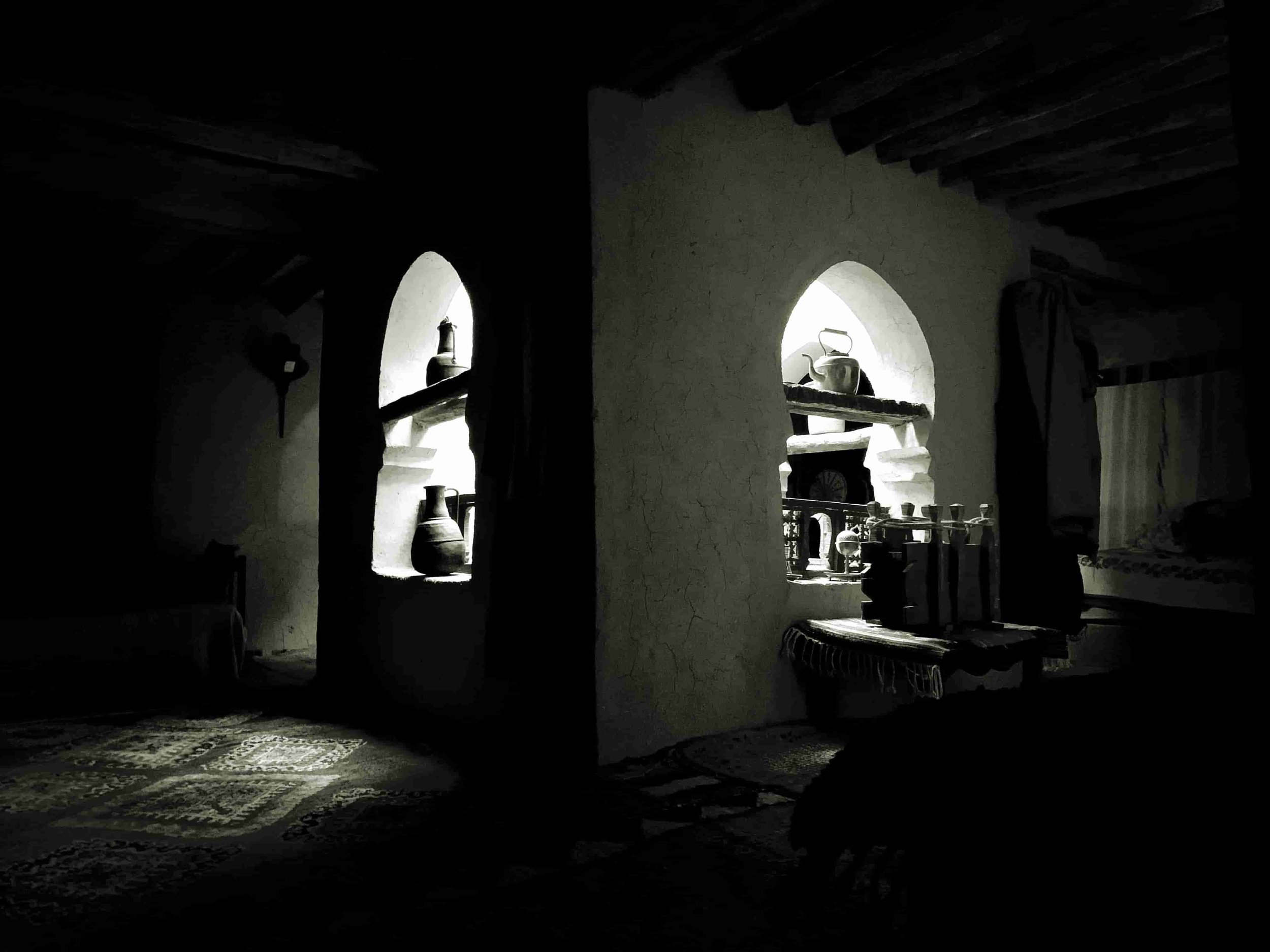
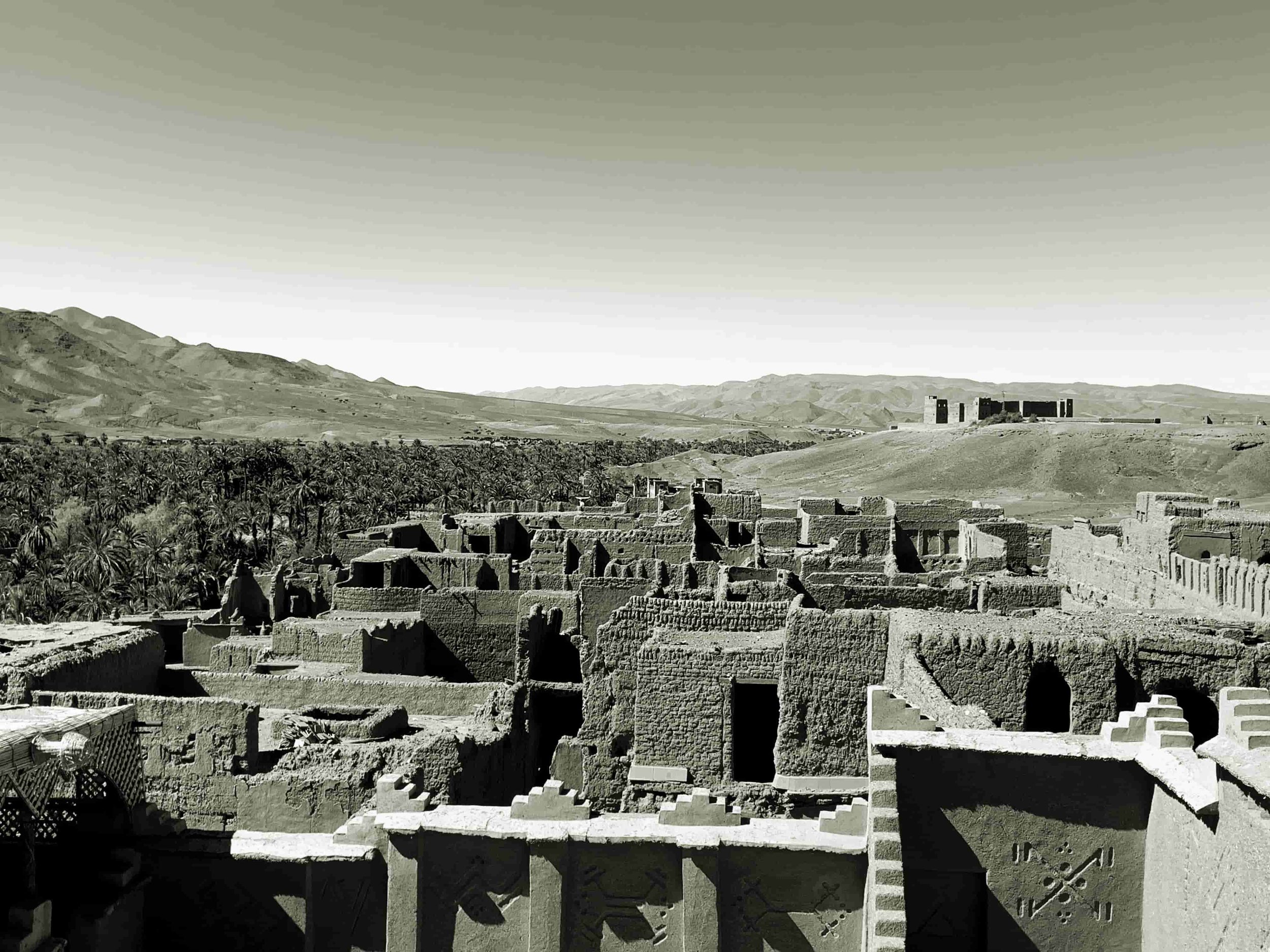
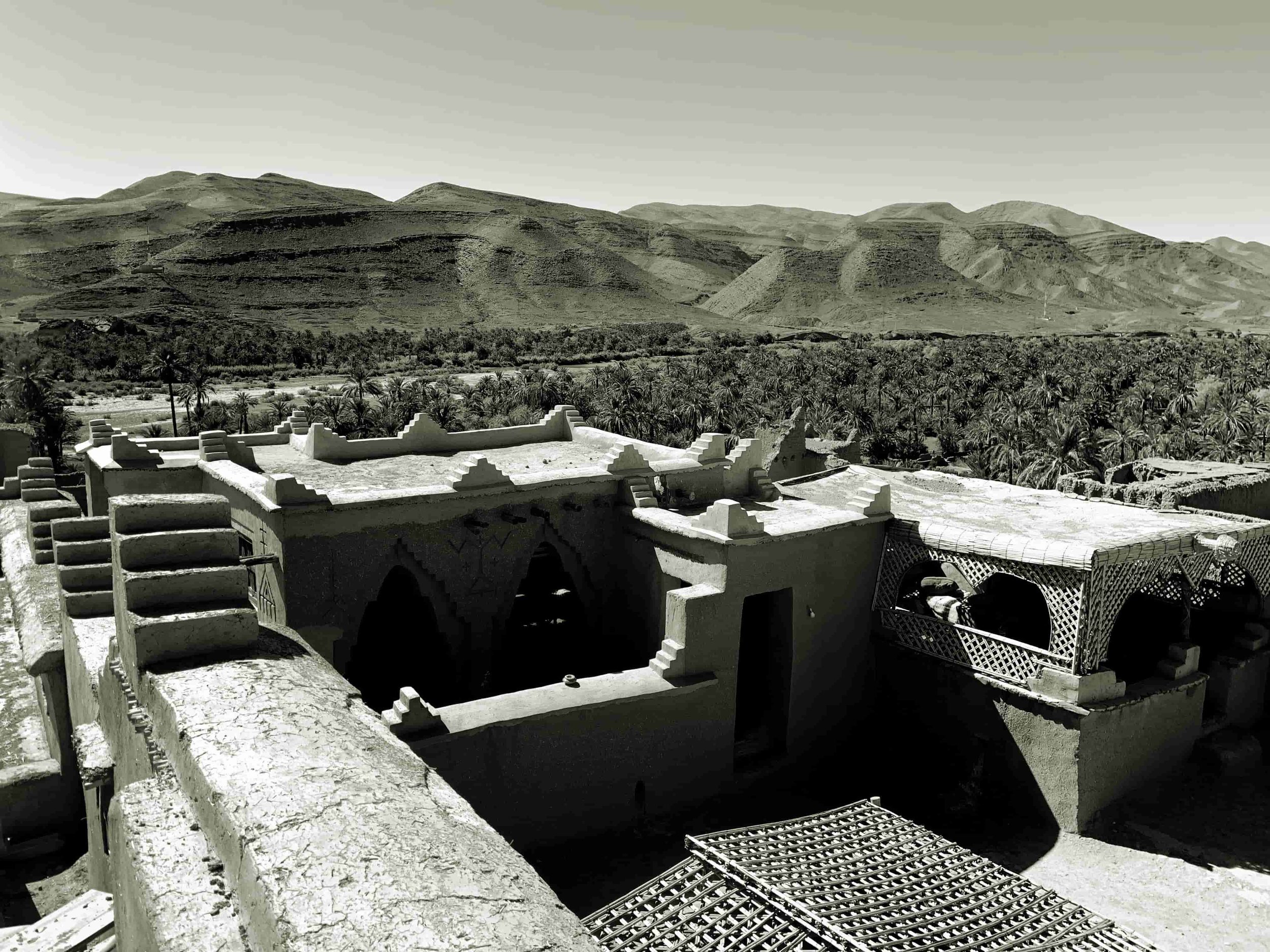
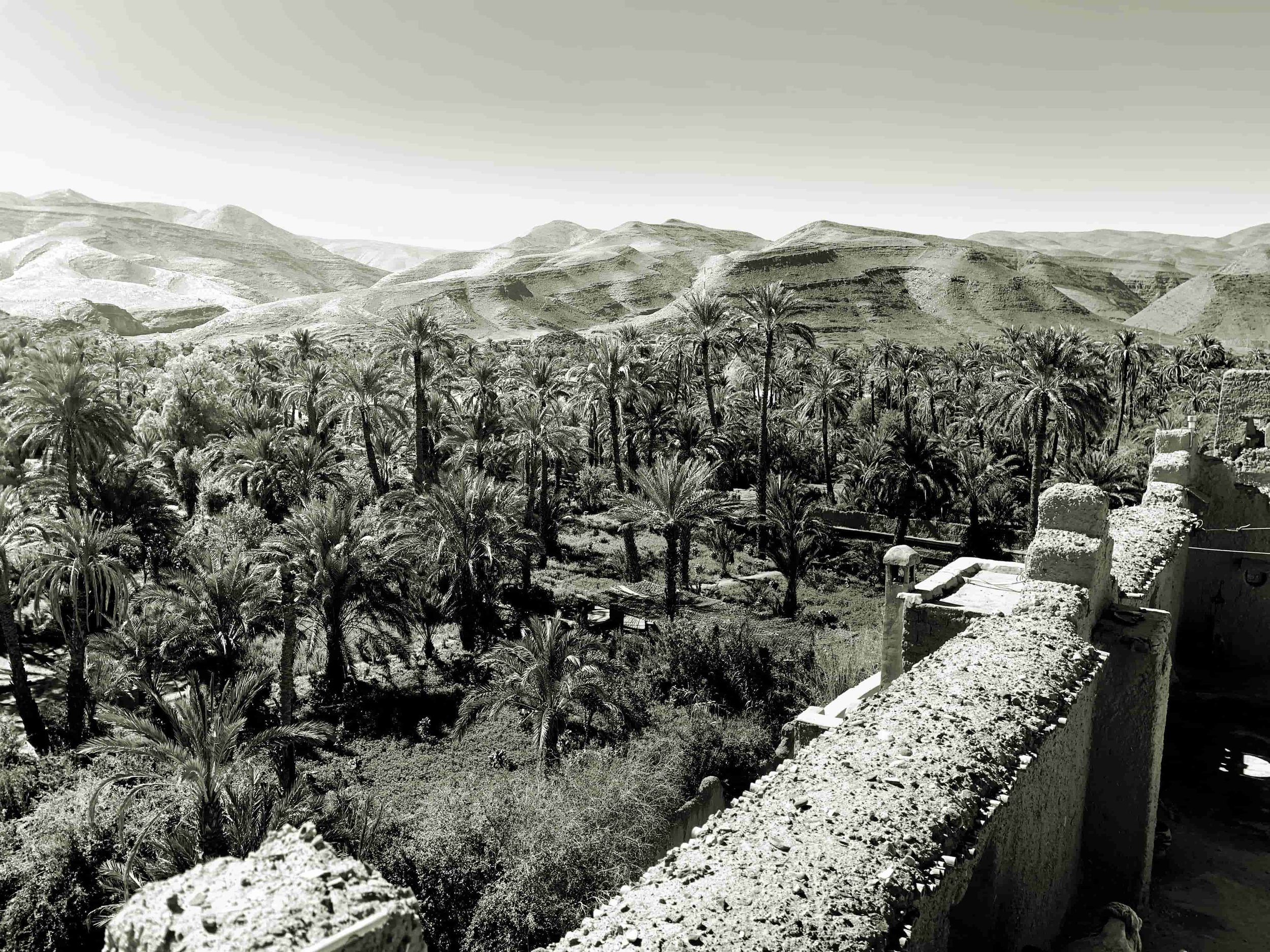
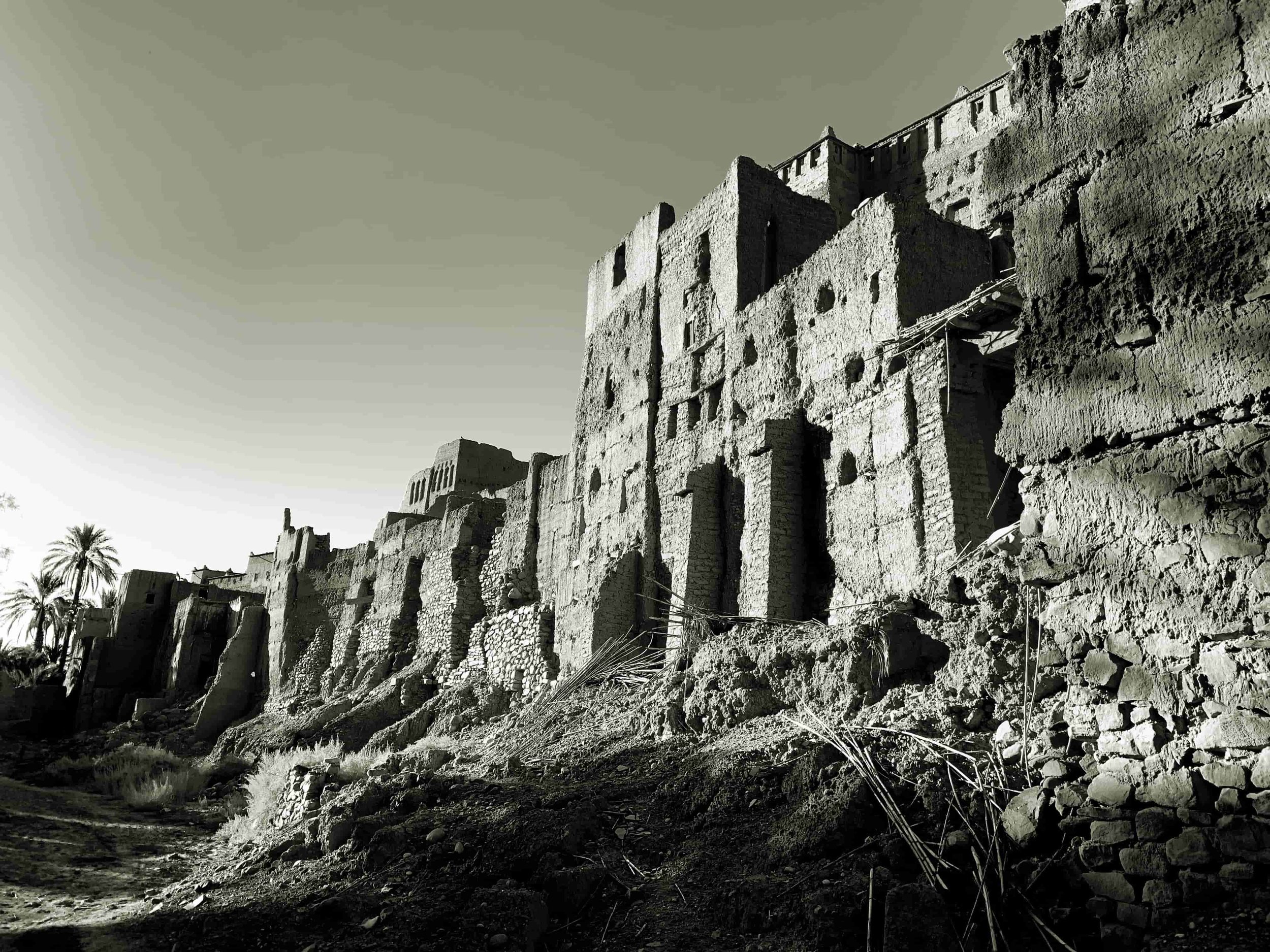
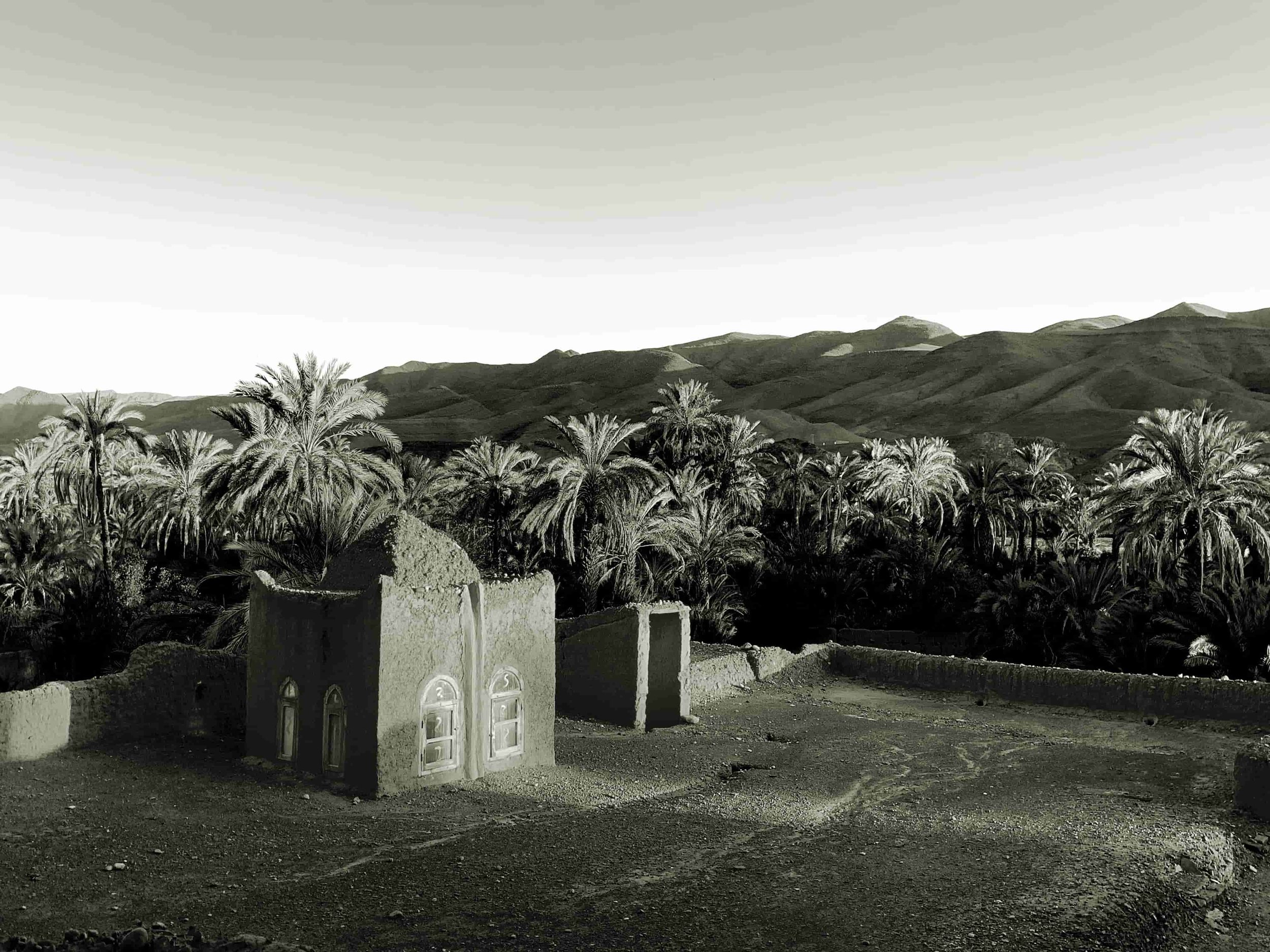
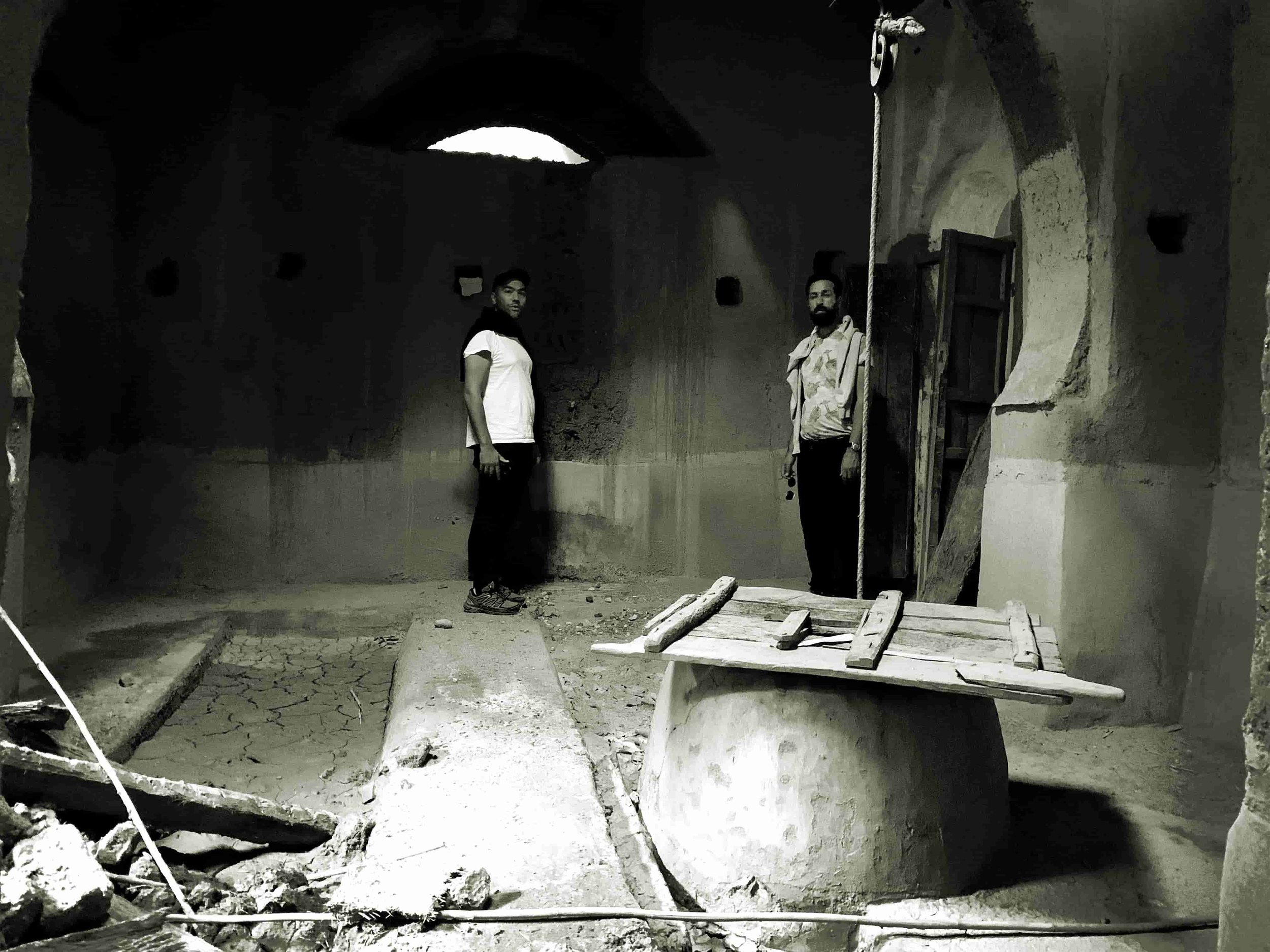
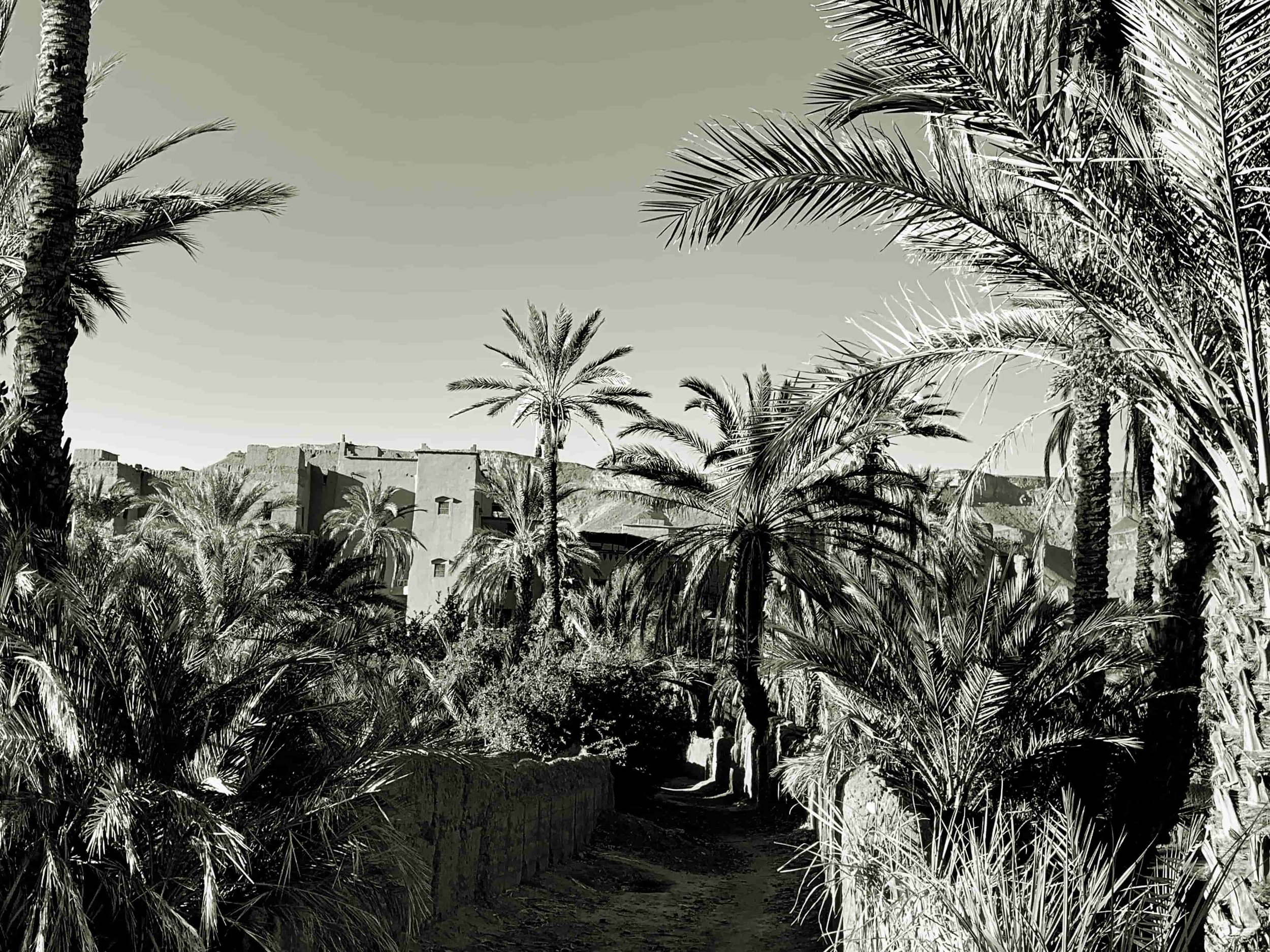
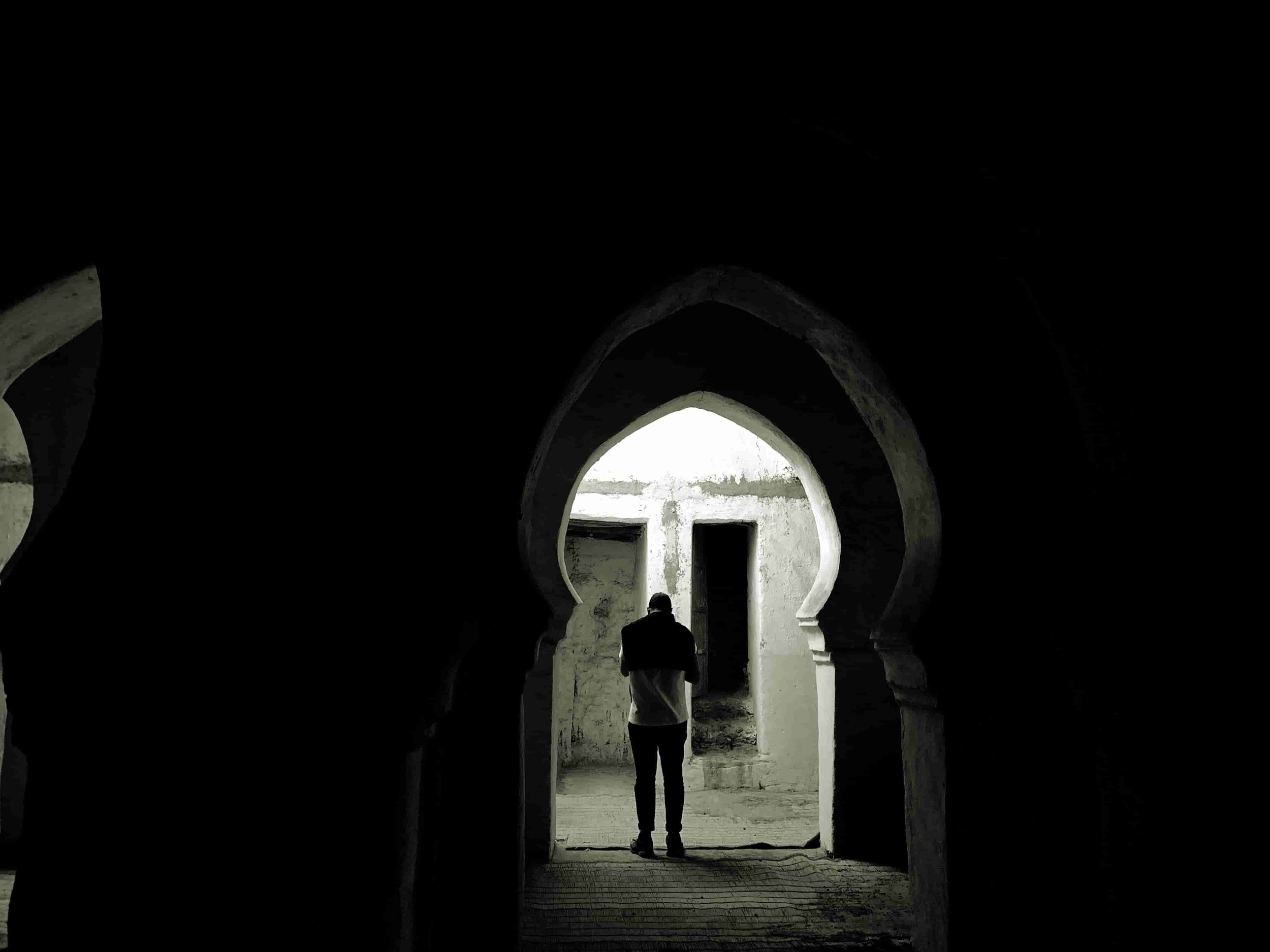

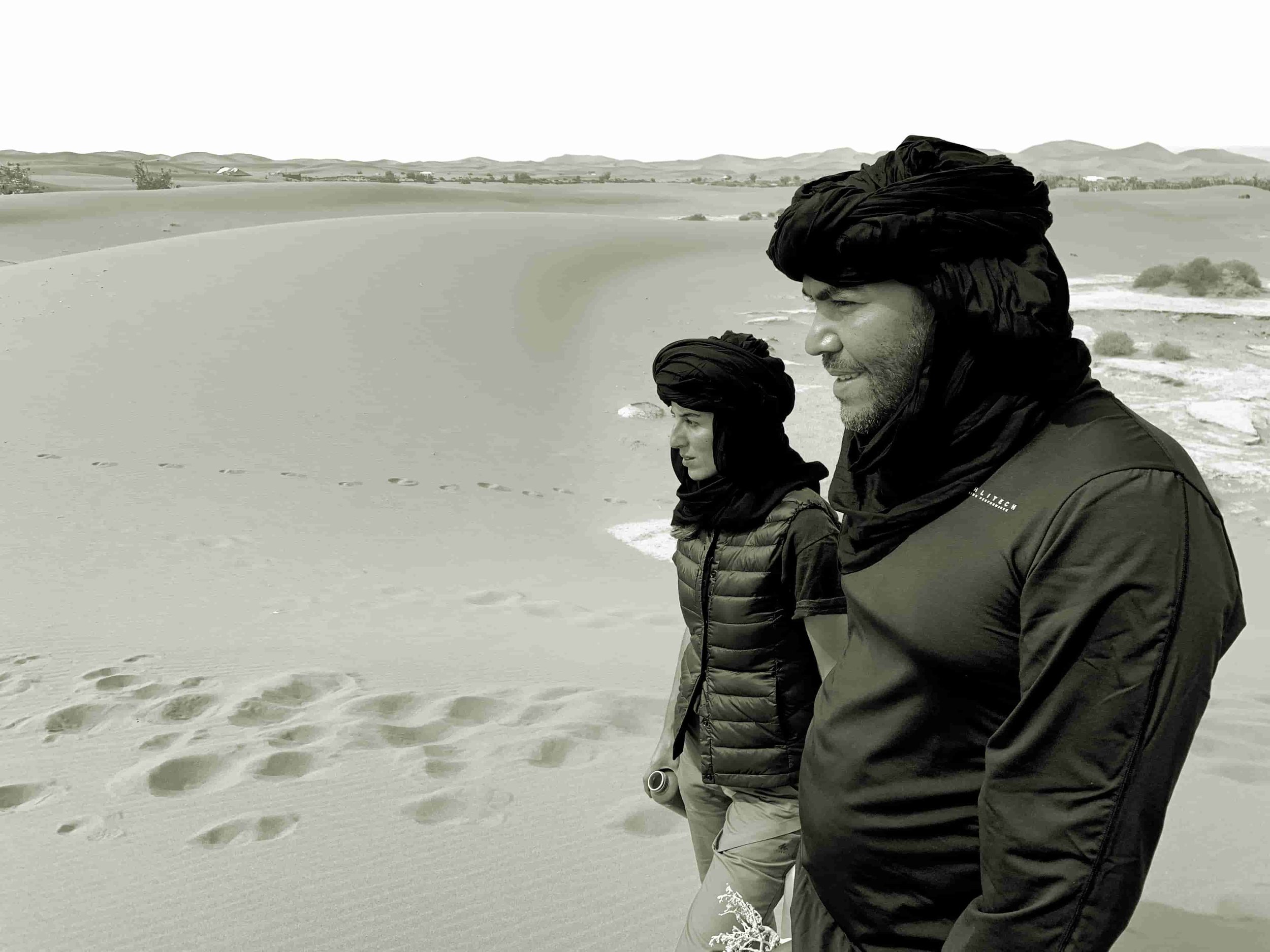
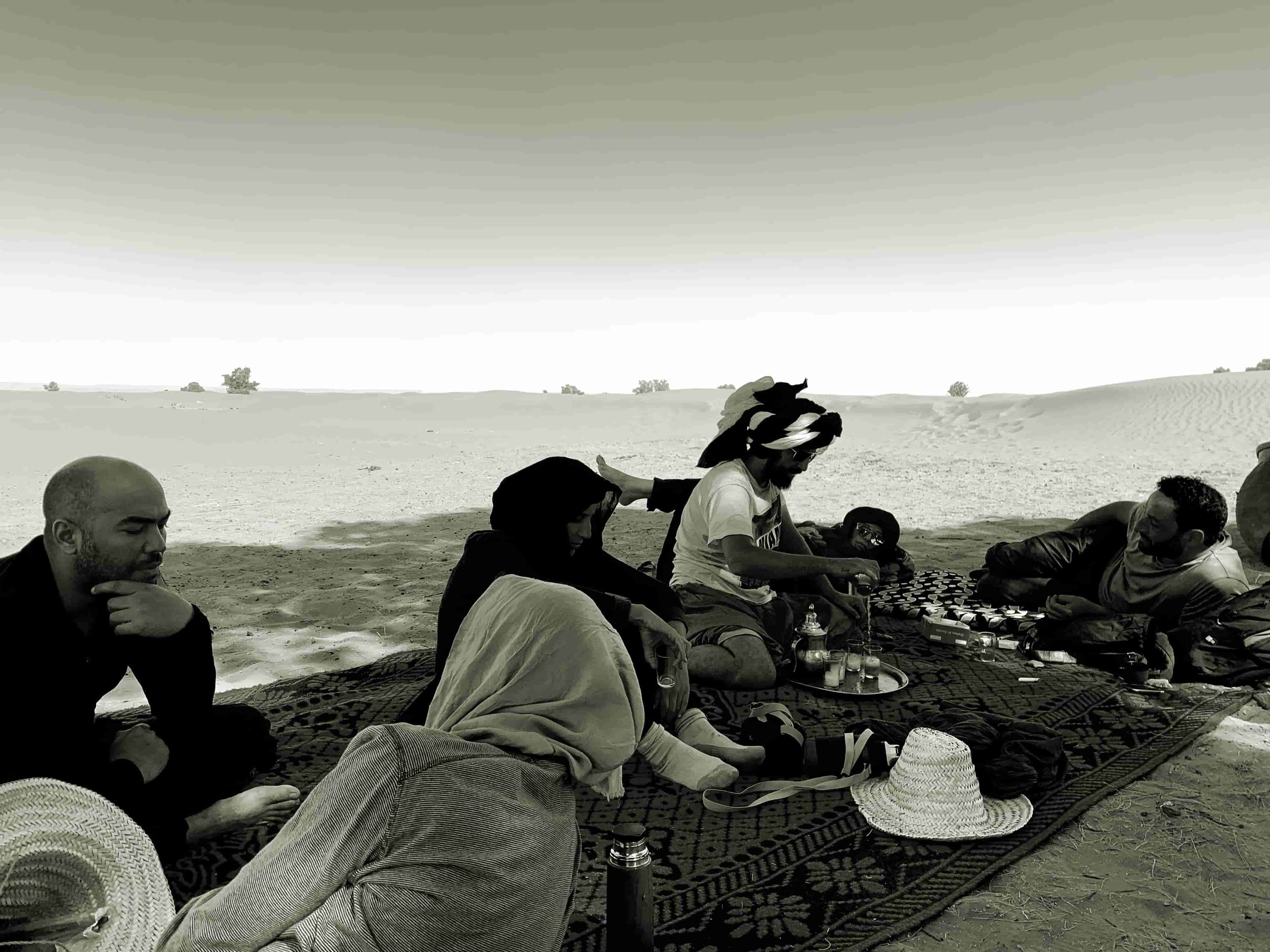
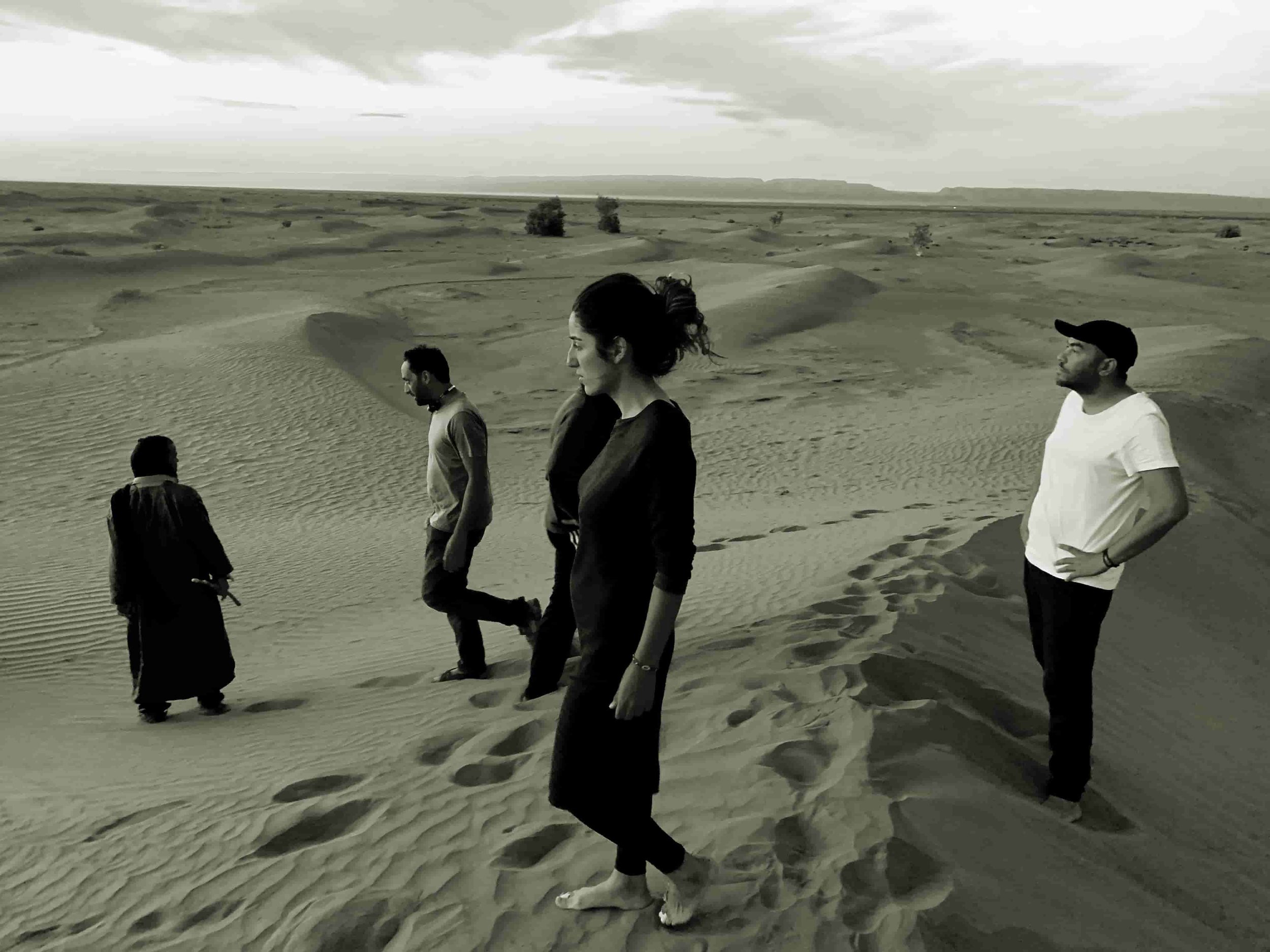
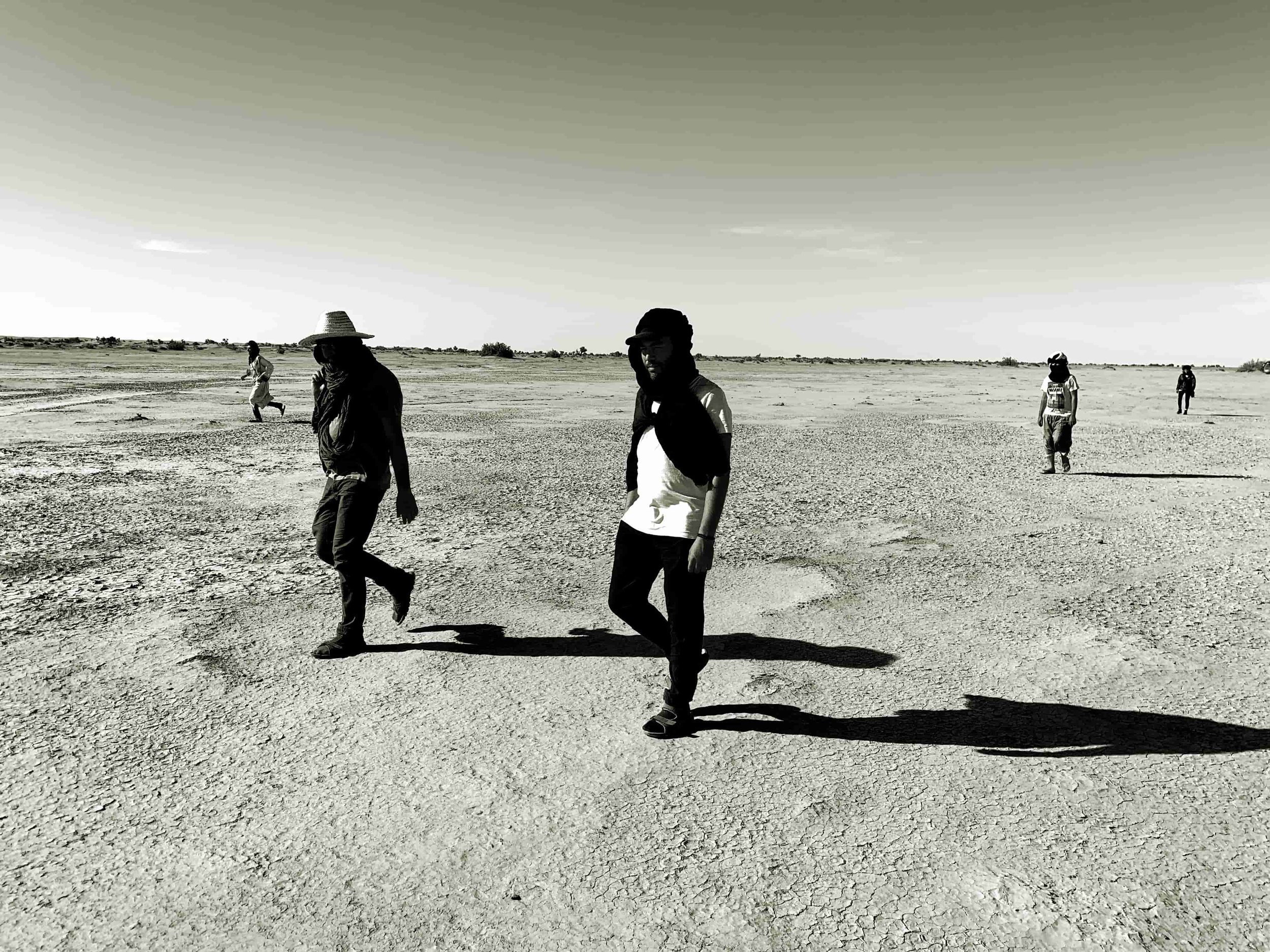



To tell the truth, Driss' behavior was remarkable, although at times he just couldn't keep up, but he fit in really well with a long-time group of friends. We talked a lot about the desert, the architecture, our job, the different cultural initiatives I was carrying out (Caravane Tighmert, Sakhra, Marsad Drâa…), those he had organised (Agora Rabat Salé, Biennale de l’Architecture, de la Ville et de la Culture). He wanted to know everything about the desert without realising that he had to spend a lot more time to understand it and that these territories could also give us a lot of leads to understand the genesis and evolution of certain Moroccan cities. In any case, I felt that he left M'hamid as if he were another person, which also happened to certain artists who had passed through Tighmert or who had done Qafila.
Following this experience we kept a very close contact; sometimes he joined activities that we organised with Labina (a Marrakesh association for preserving heritage), such as the guided visit to Tasghimout, the Almoravid fortification near Aghmat. In July 2020, we had quite a few exchanges because he was working with a multidisciplinary team on a heritage impact study of the Jemaa el-Fna square in Marrakesh for UNESCO, and he wanted to analyse the spatial structure of the square, the city and the palm grove from the caravans perspective. It was a pity not to have been able to join this team because of the border closures due to the pandemic. As he progressed on his projects, he asked me questions or asked my opinion.
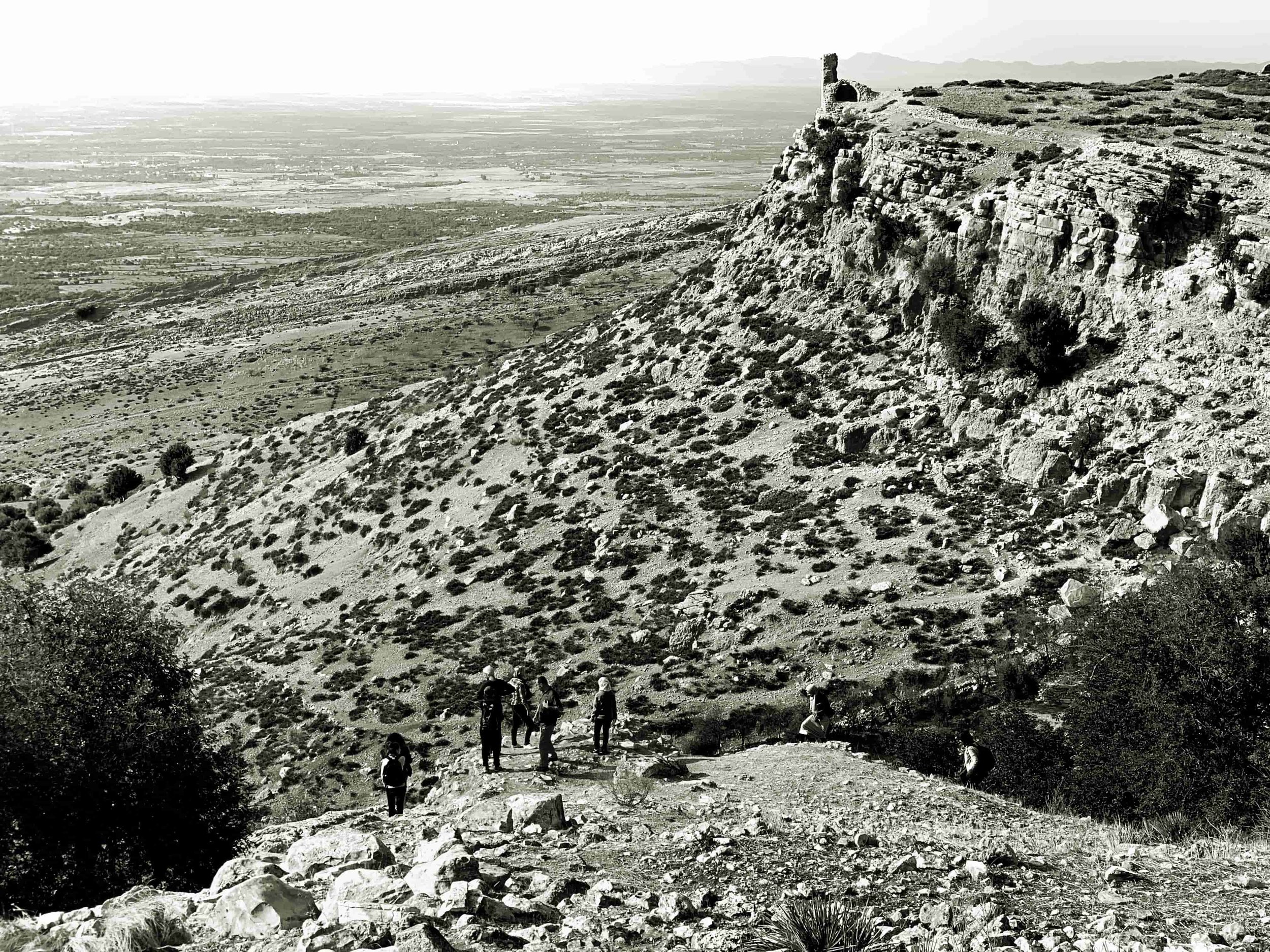
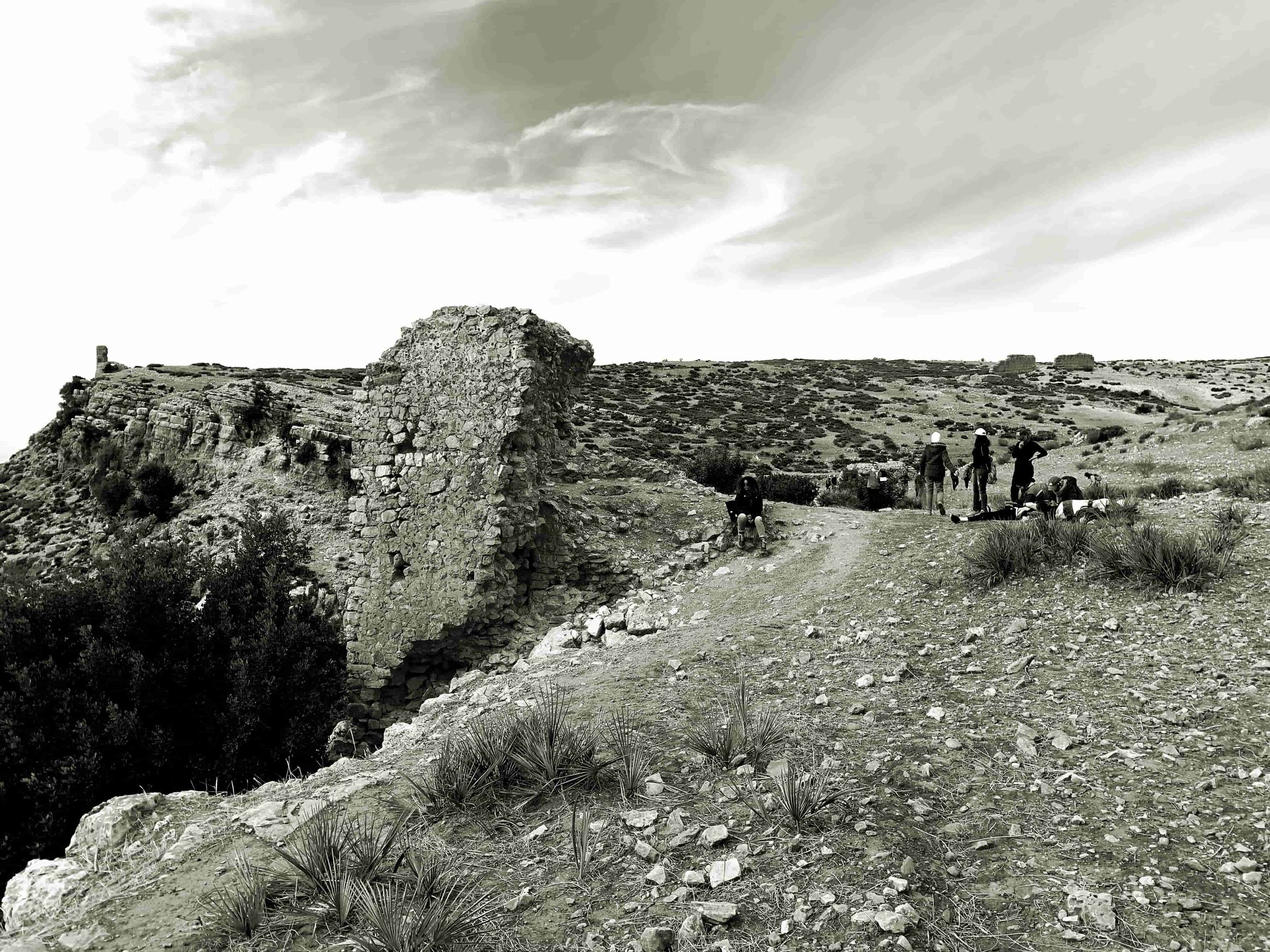
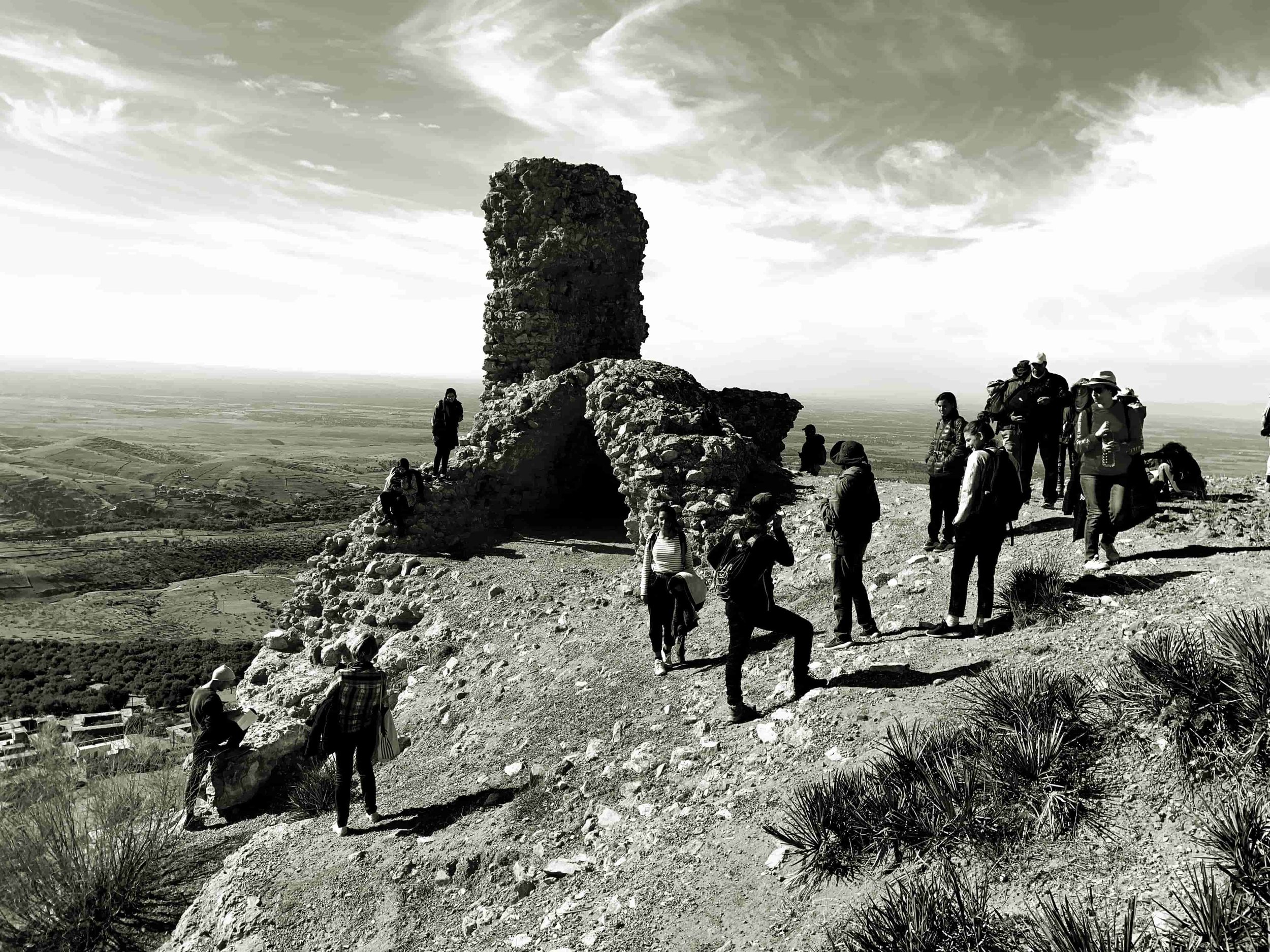
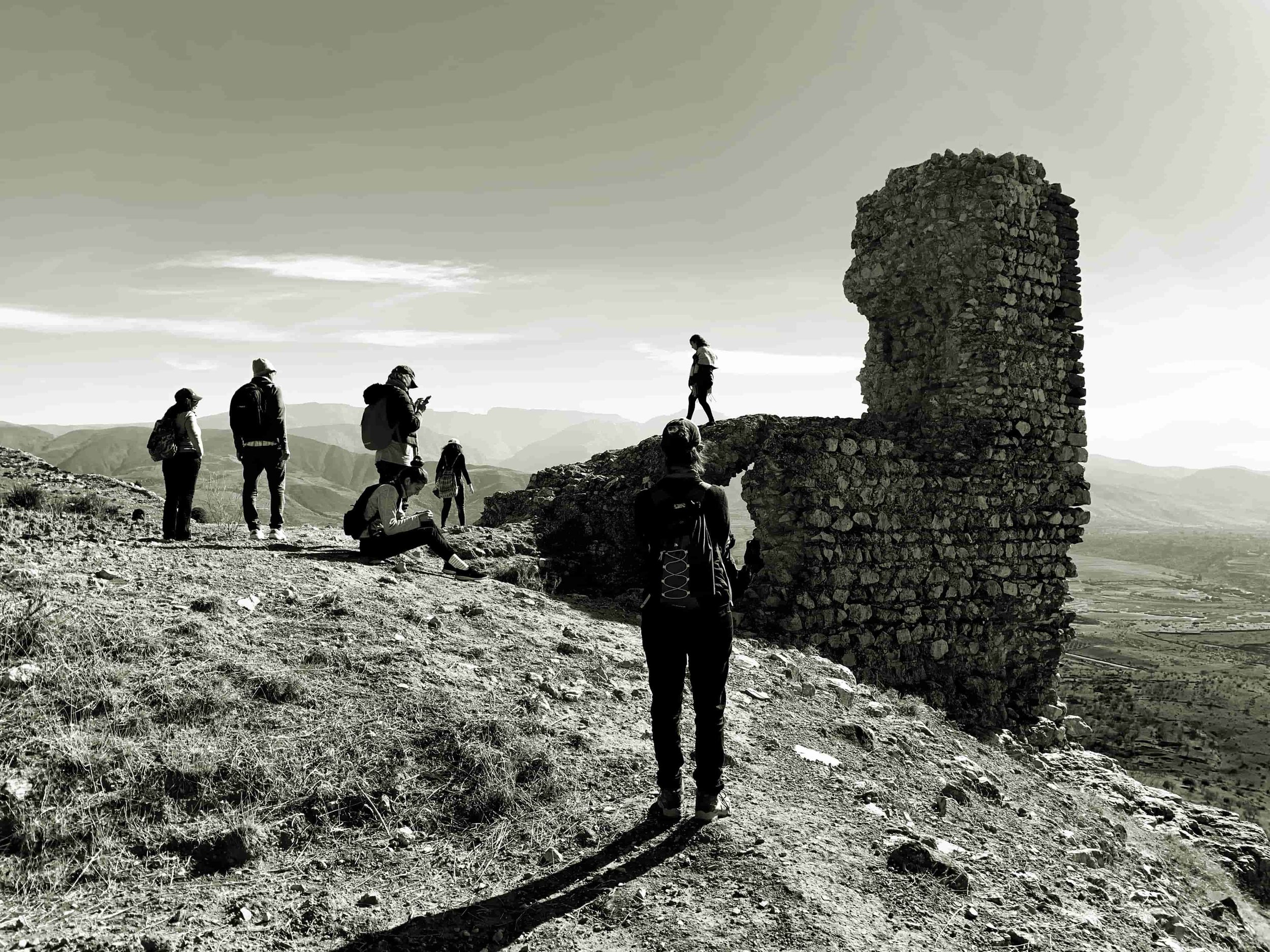
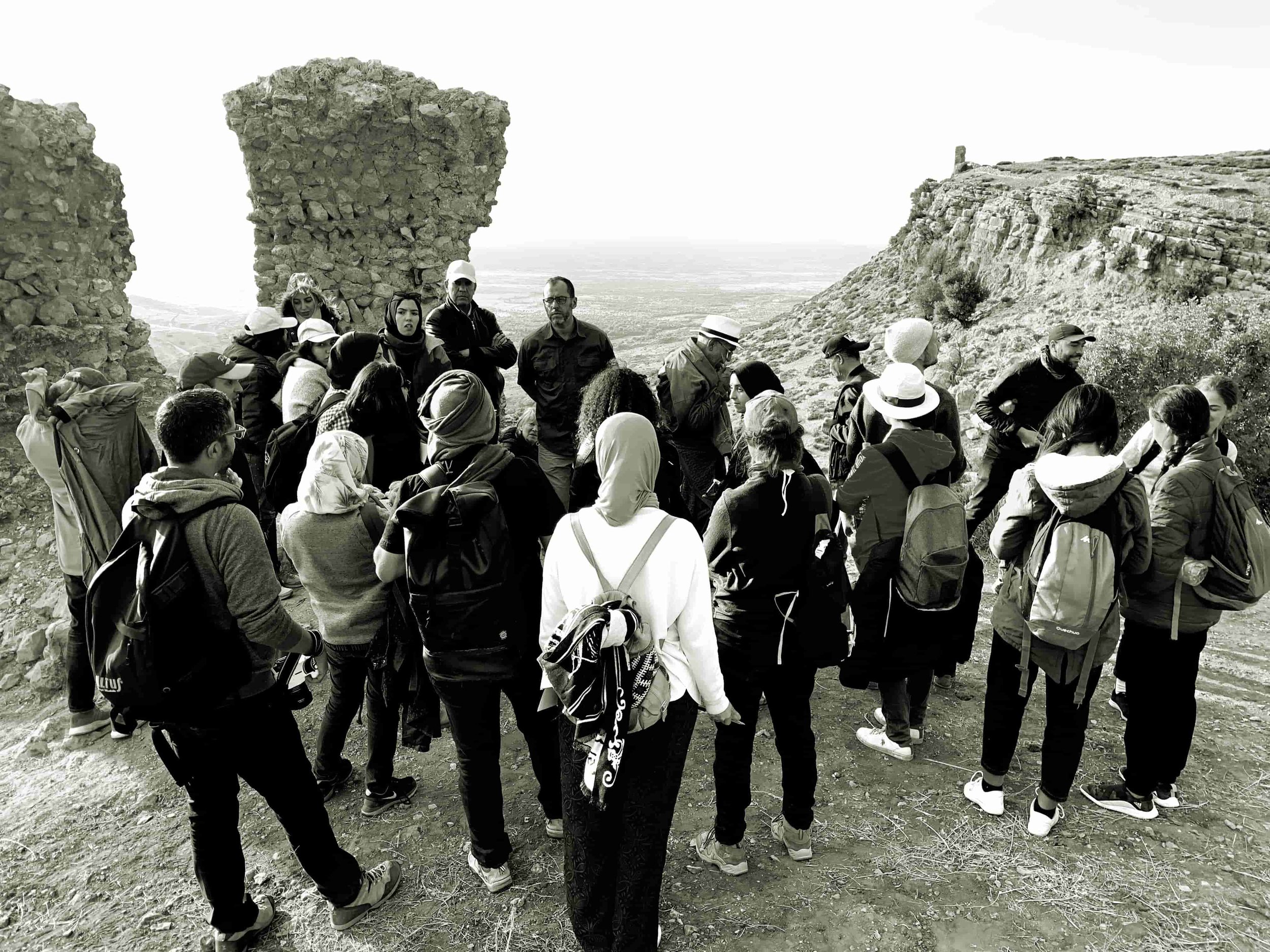
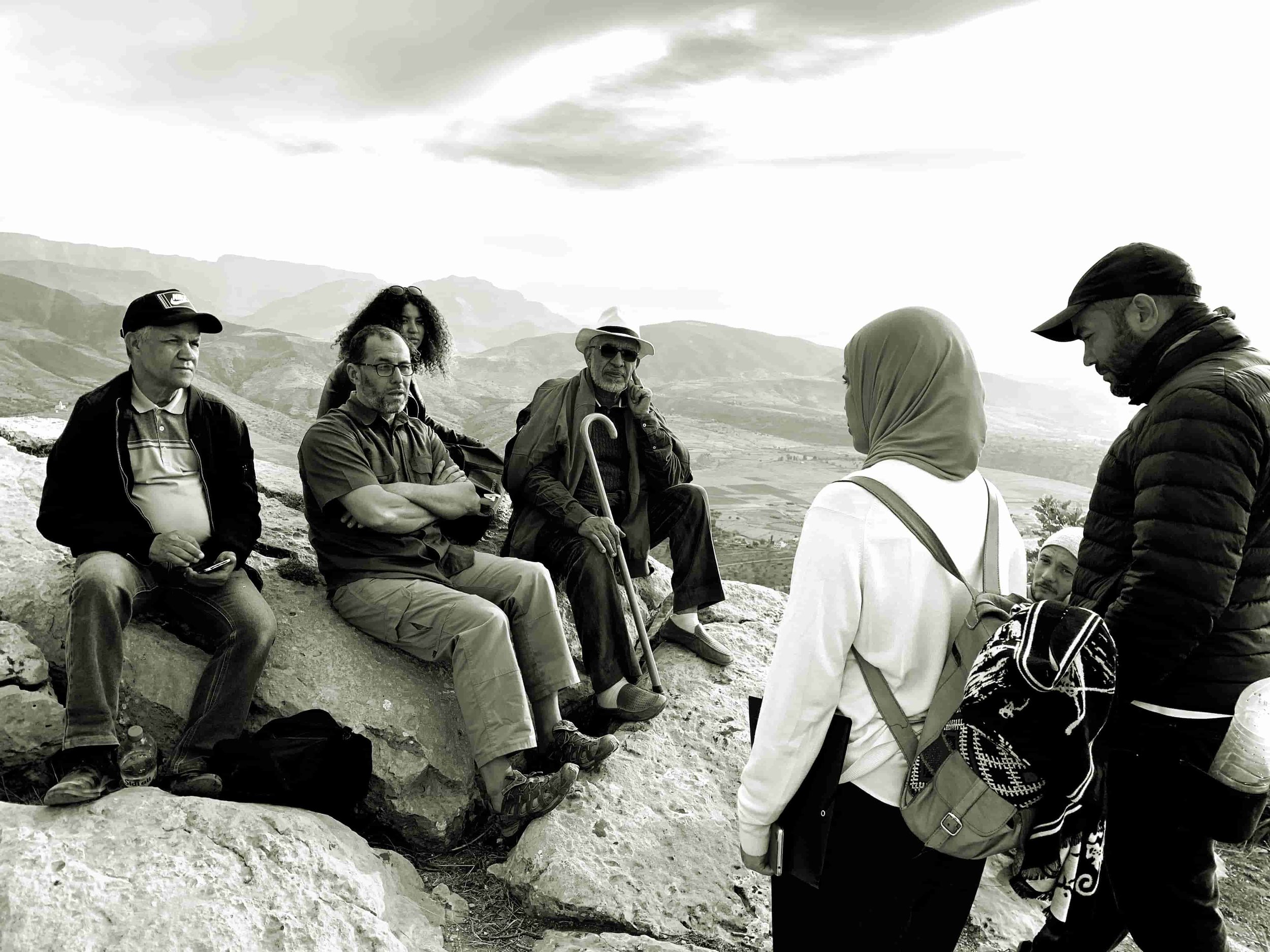
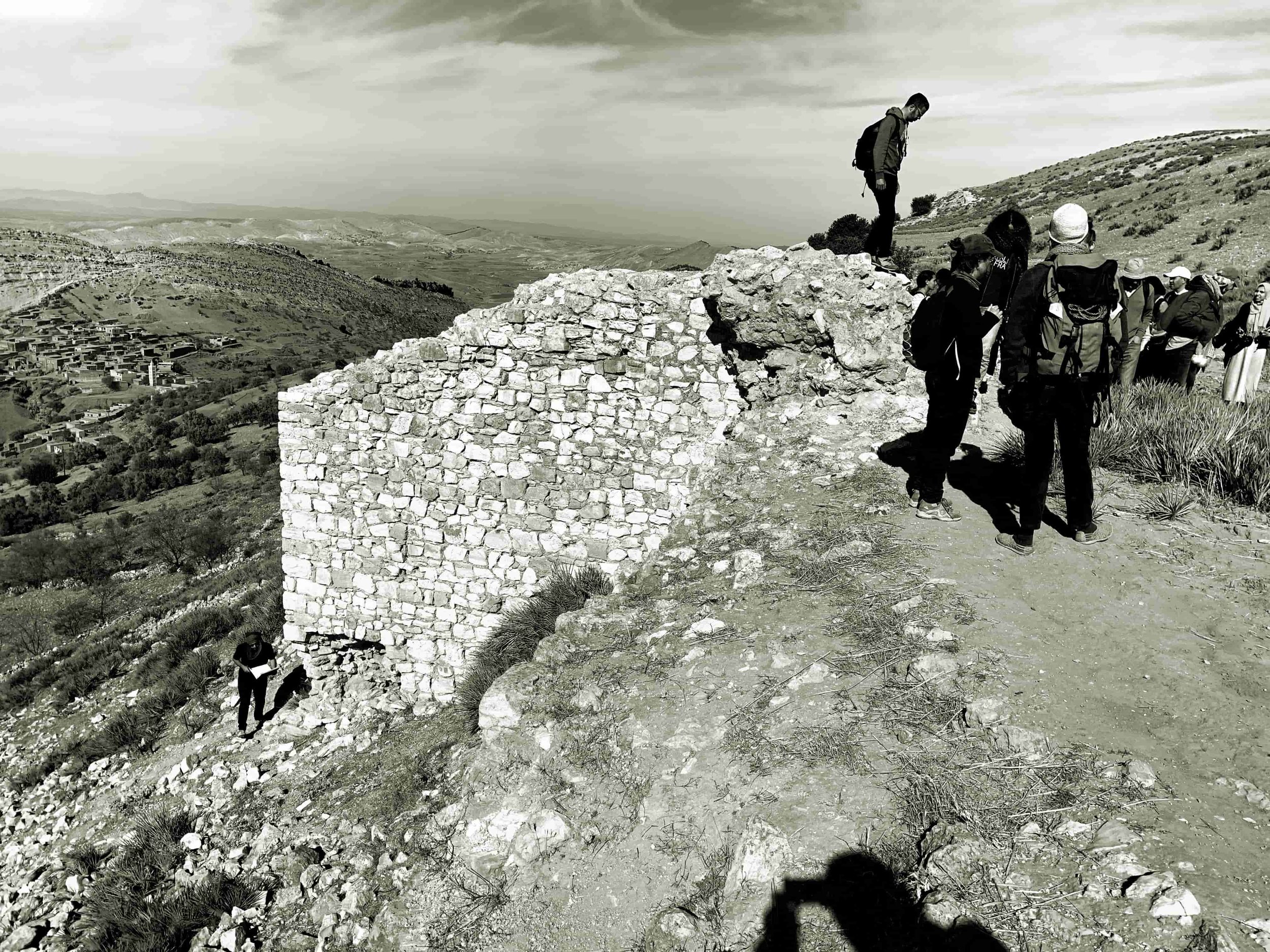
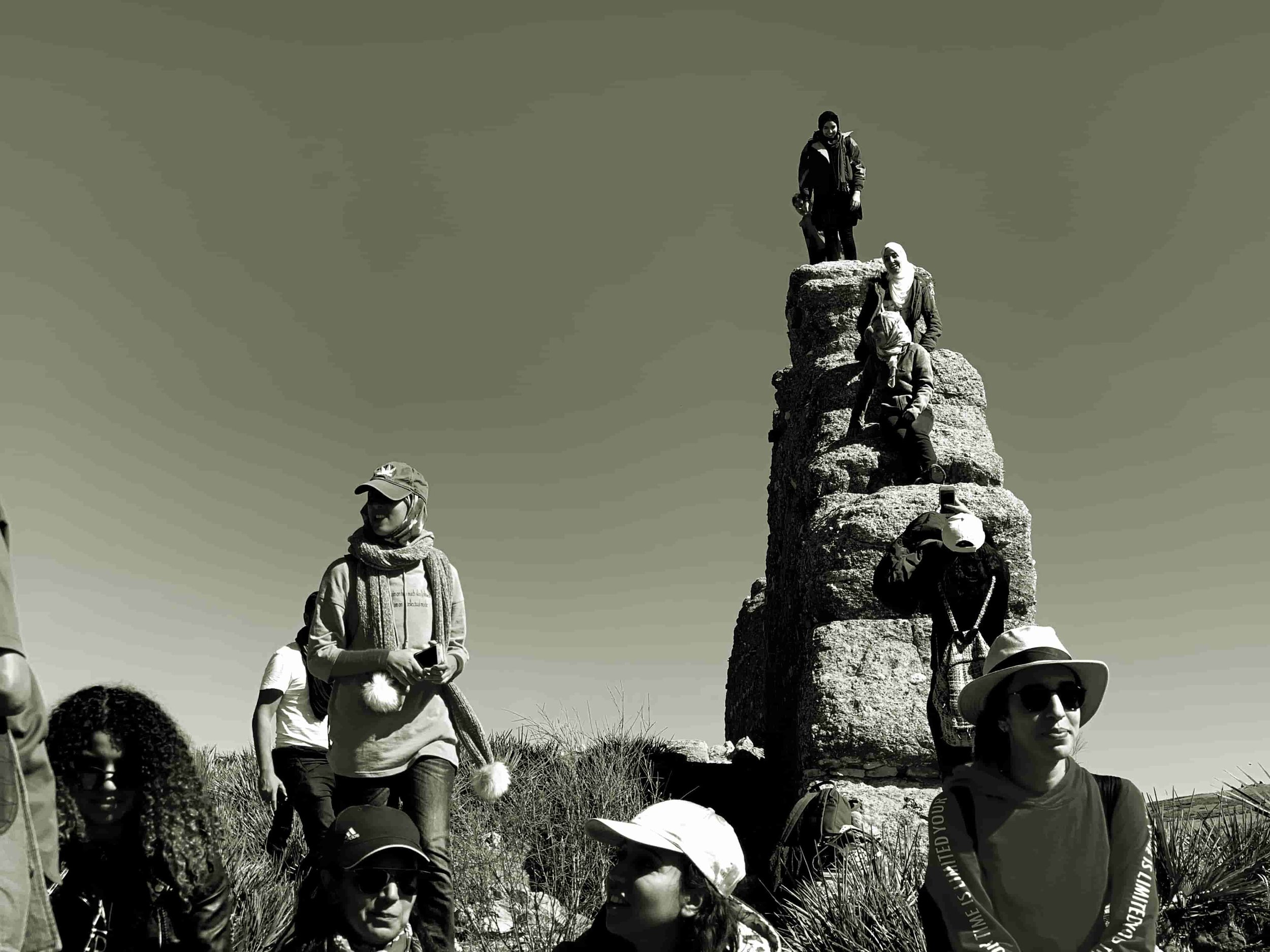

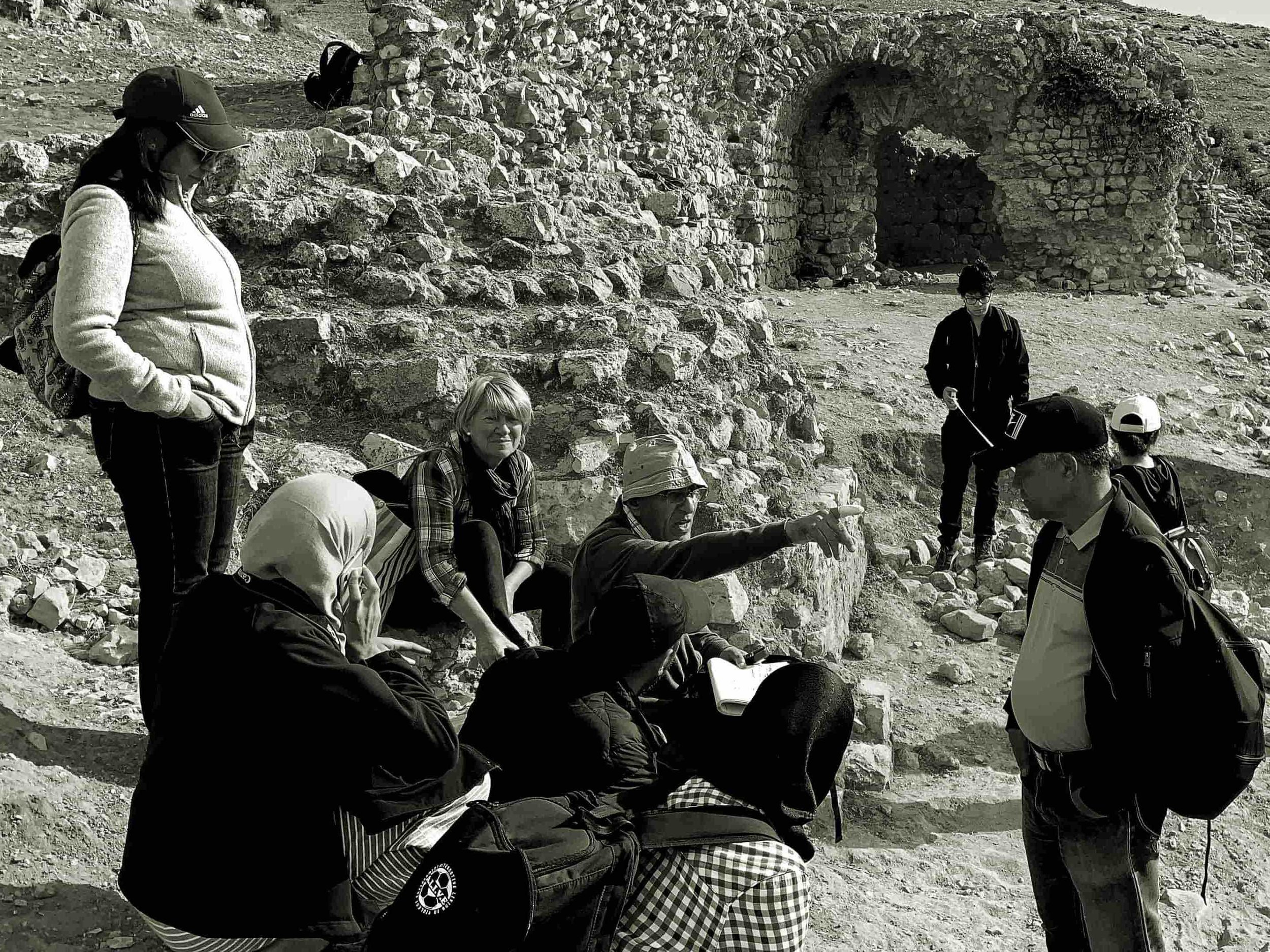
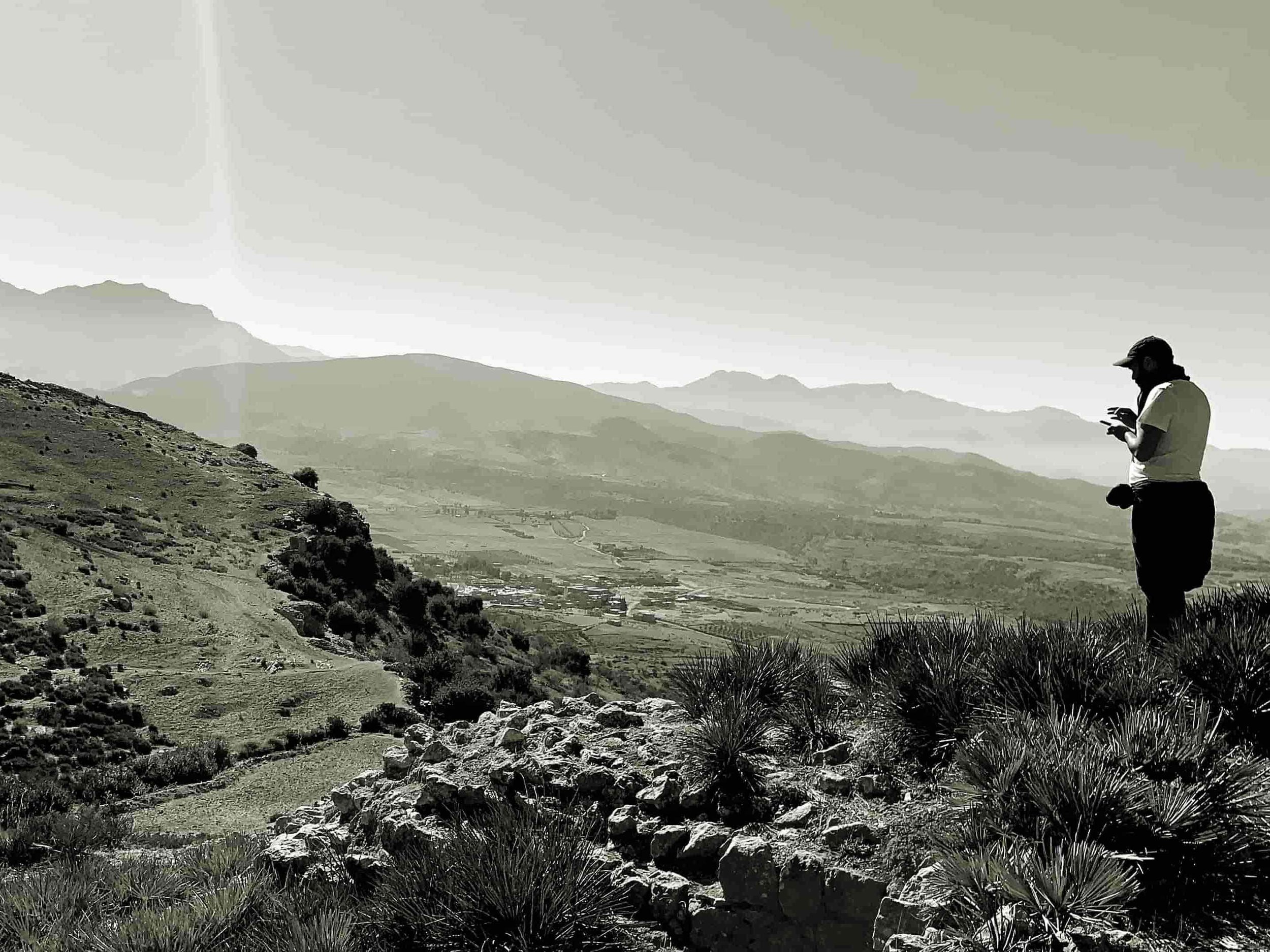
On March 1, 2022, he proposed me to collaborate with him in an artistic-architectural project, that of including works by contemporary artists in the renovation works of the axis which passed through the Semmarine market and which connected the Jemaa el-Fna square and the Ben Youssef mosque. We started with the choice of artists, who had the ability or experience to intervene in public spaces and on an architectural scale. He was counting on me given my knowledge of the Moroccan art scene and especially for my collaborations with artists like Younes Rahmoun. After some reflections, we made a first list; Yasmina Alaoui (who was already working with Driss), Younes Rahmoun, M'barek Bouhchichi and Laila Hida. For the production, I had proposed to work with the artisans of Fenduq. Finally there was also Eric Van Hove who joined the group following a proposal by Yasmina. Although we made a few visits to the medina and exchanged ideas and information, the constraints of time and the progress of the works did not allow us to concretise the intervention of the artists, but at least, the intention was there, to work together artists, craftsmen and architects in a place classified as world heritage from a contemporary perspective.
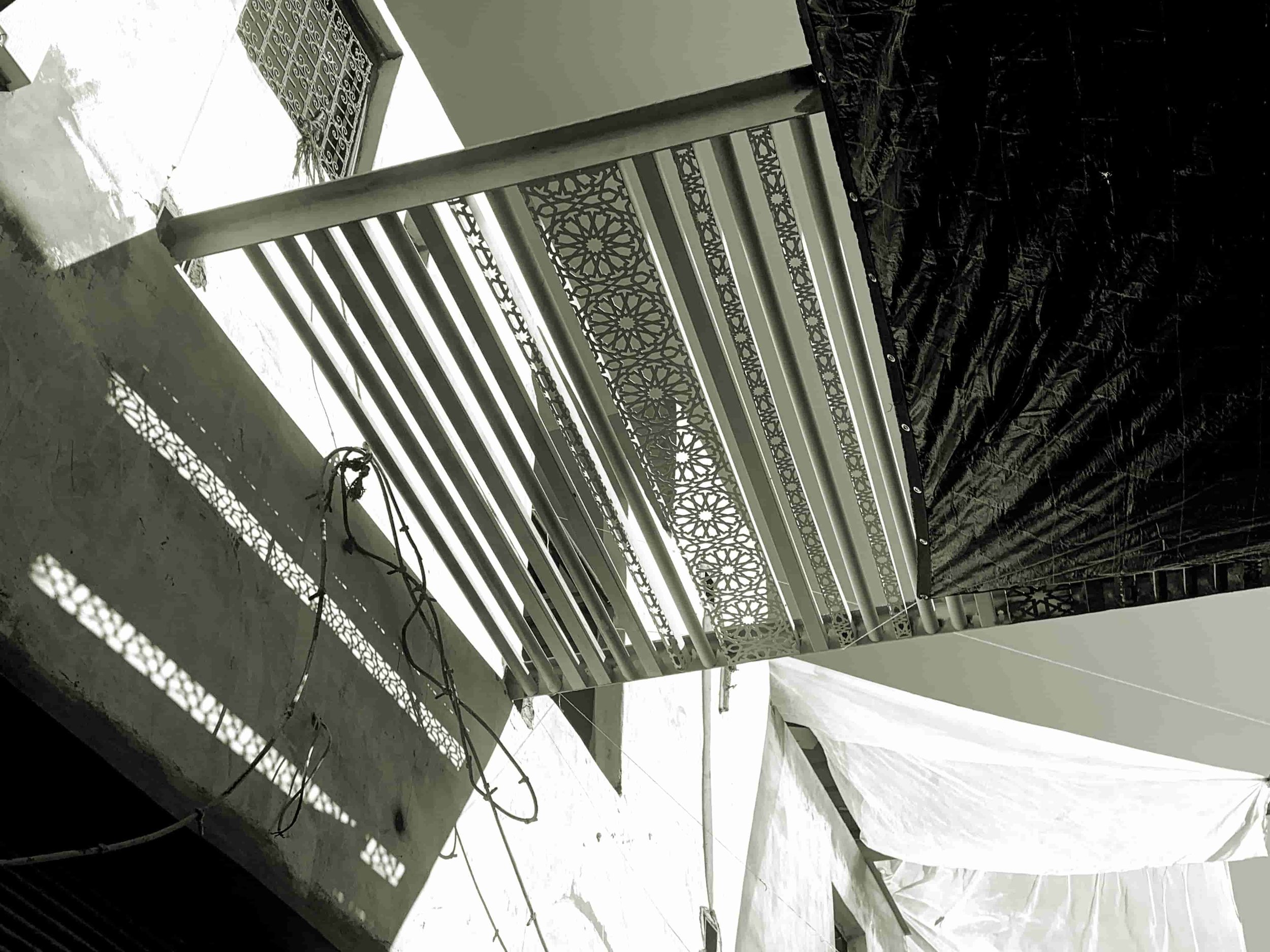

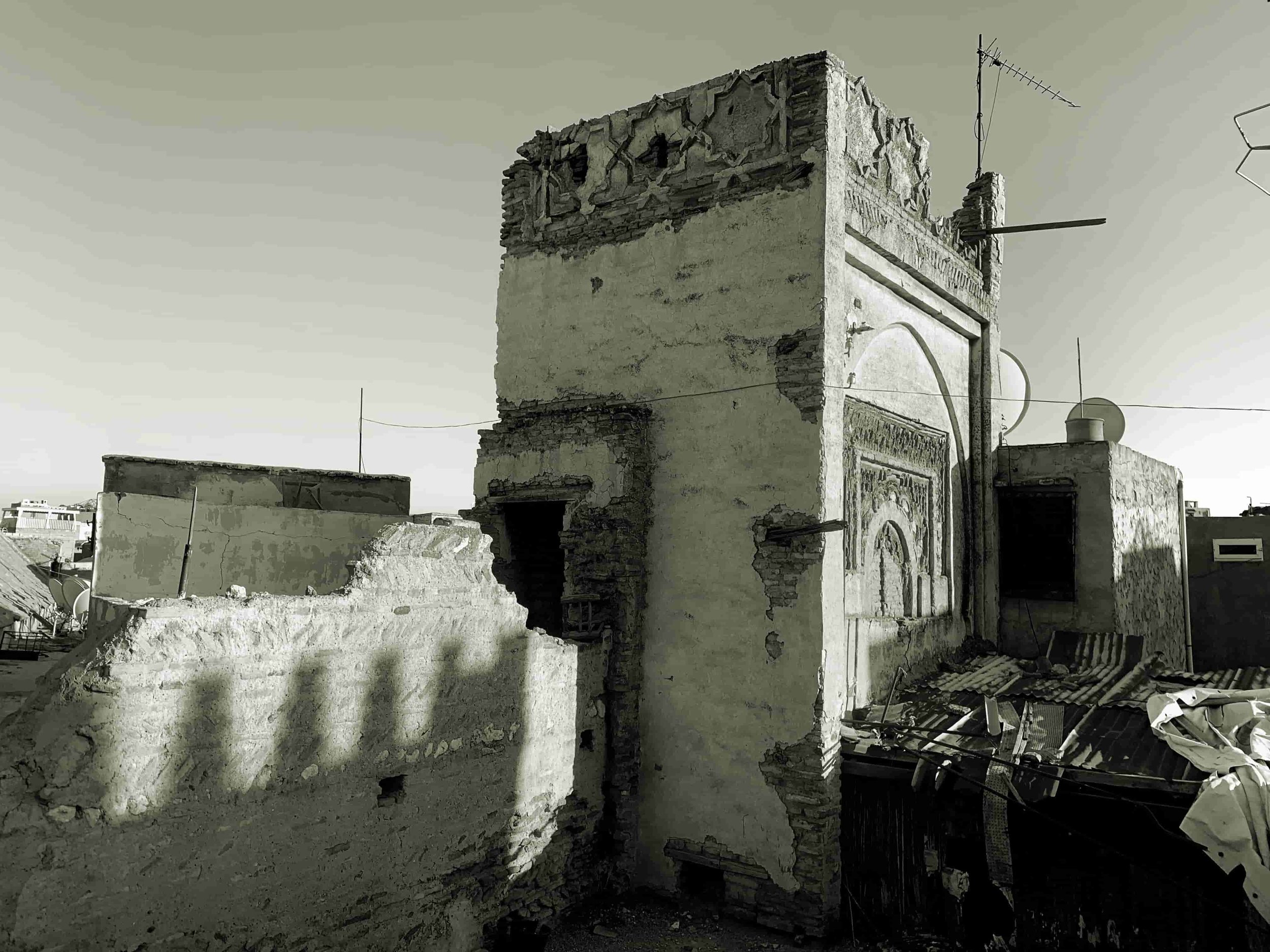
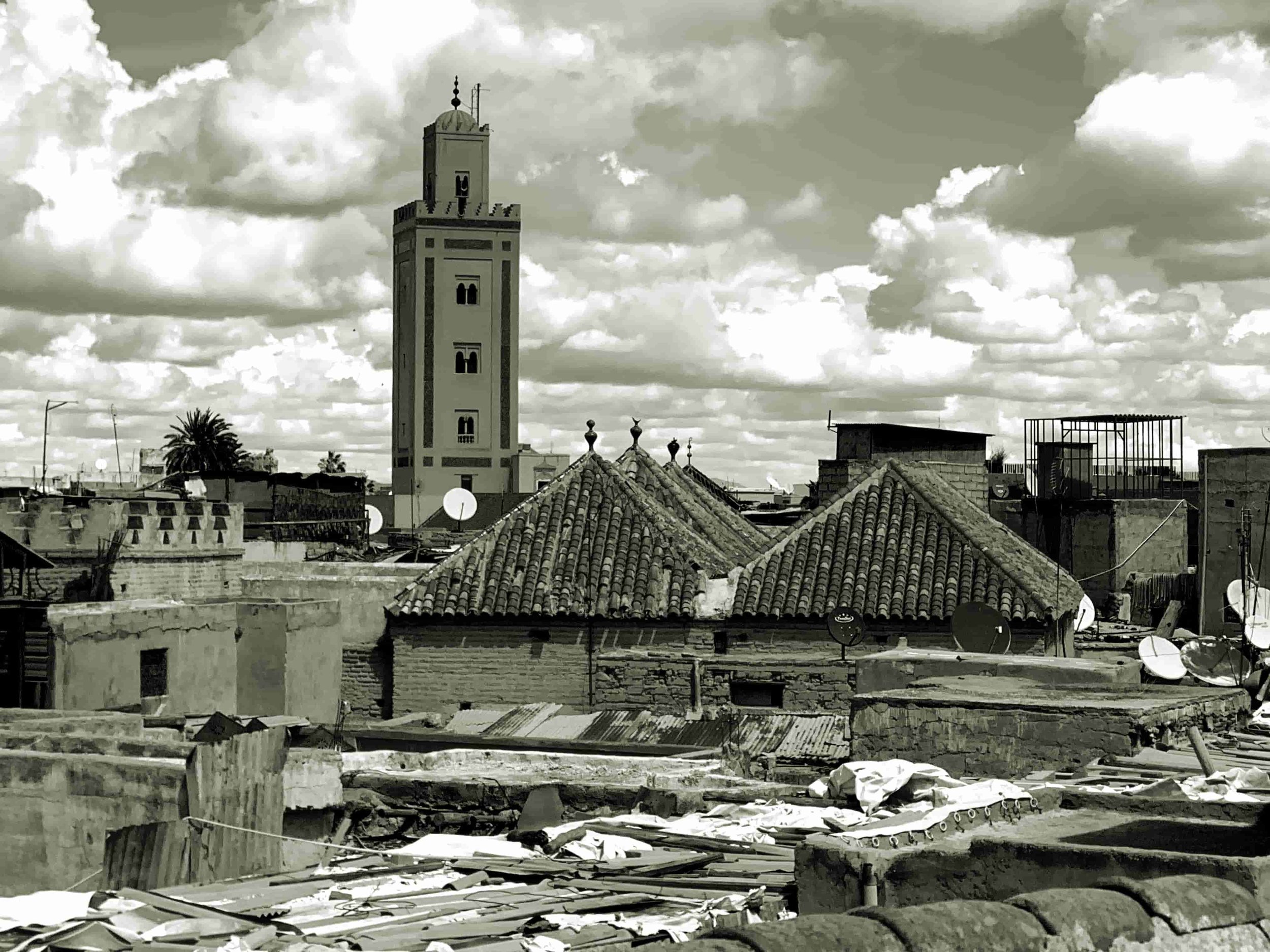
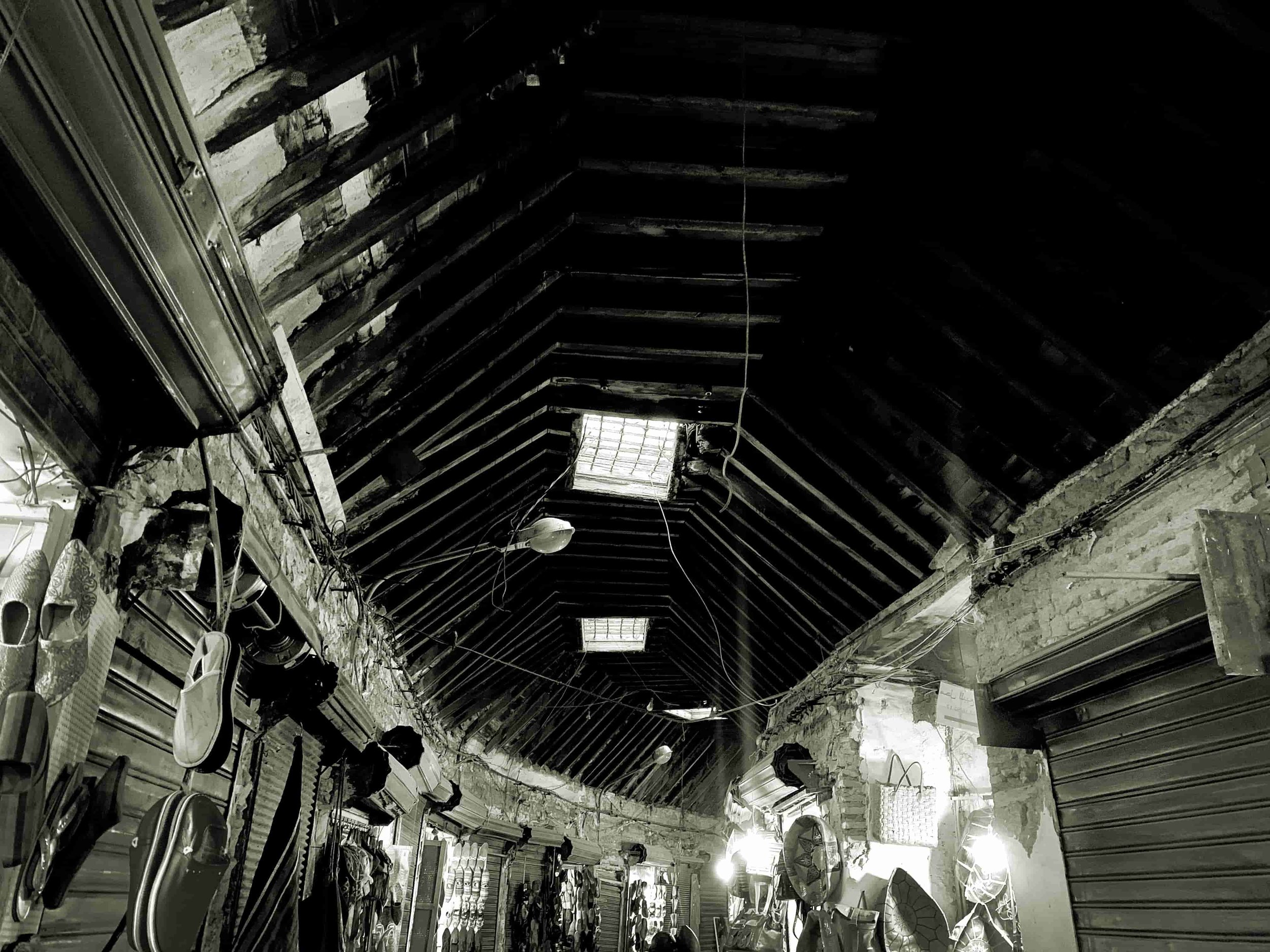
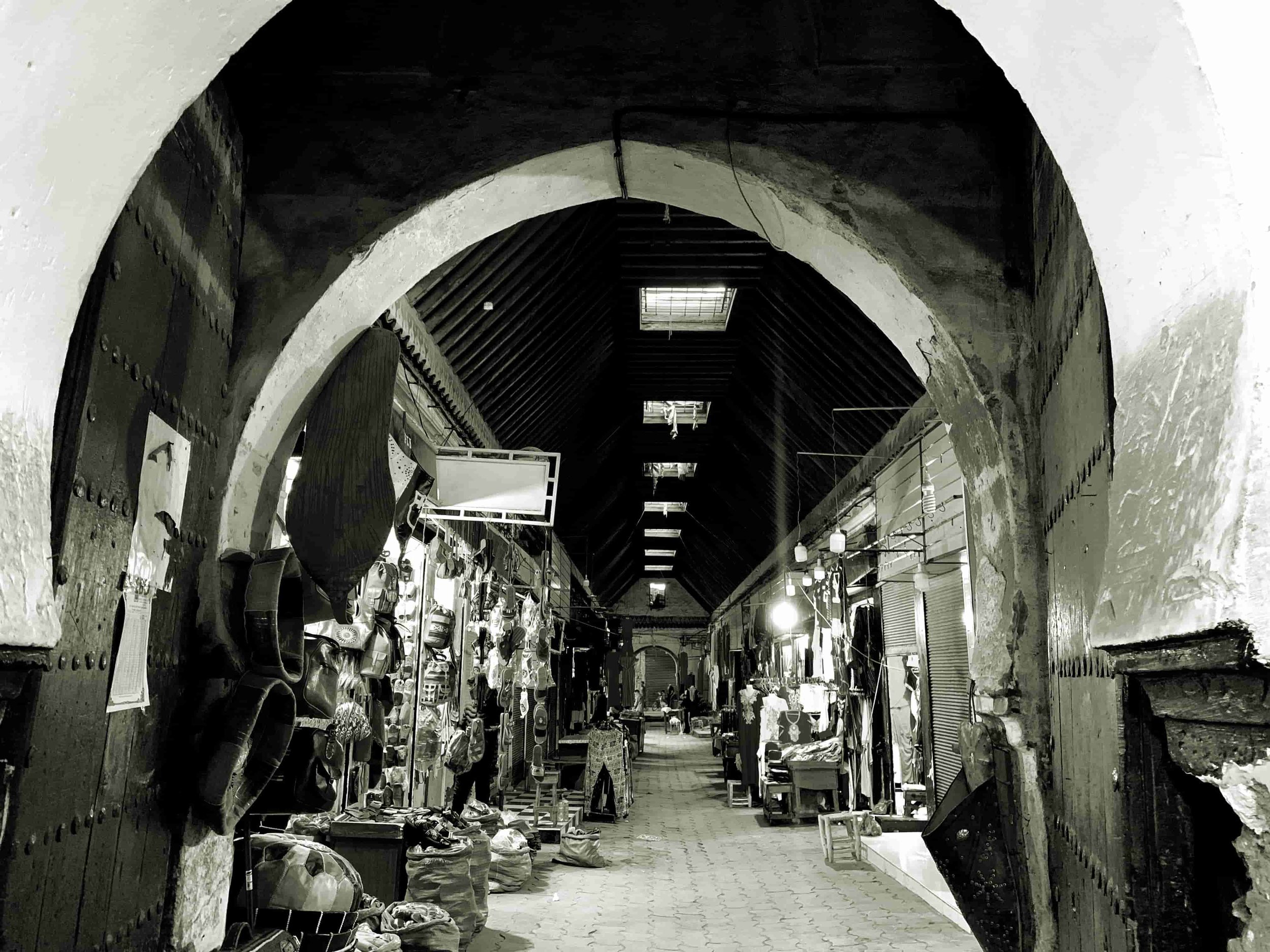
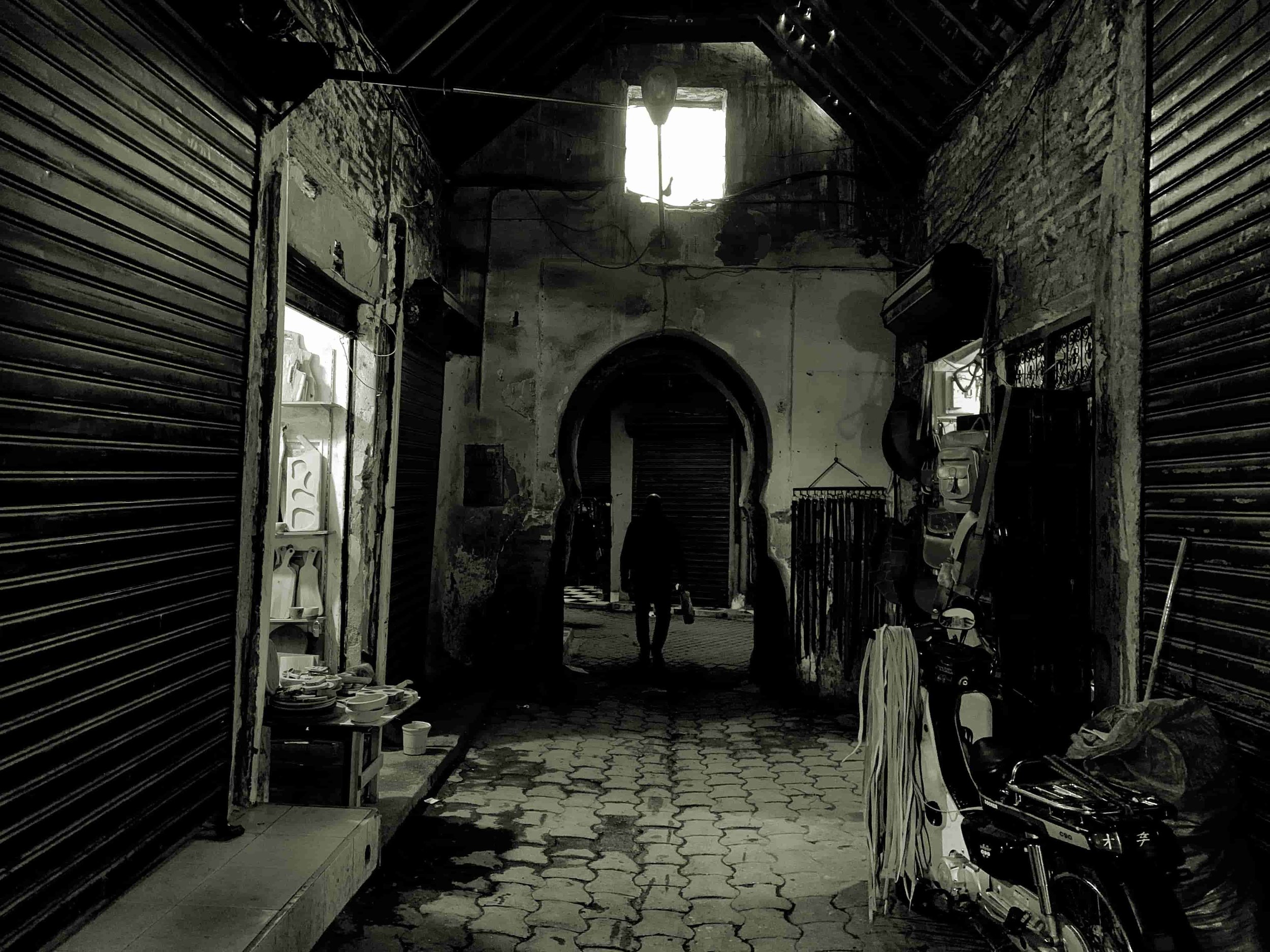
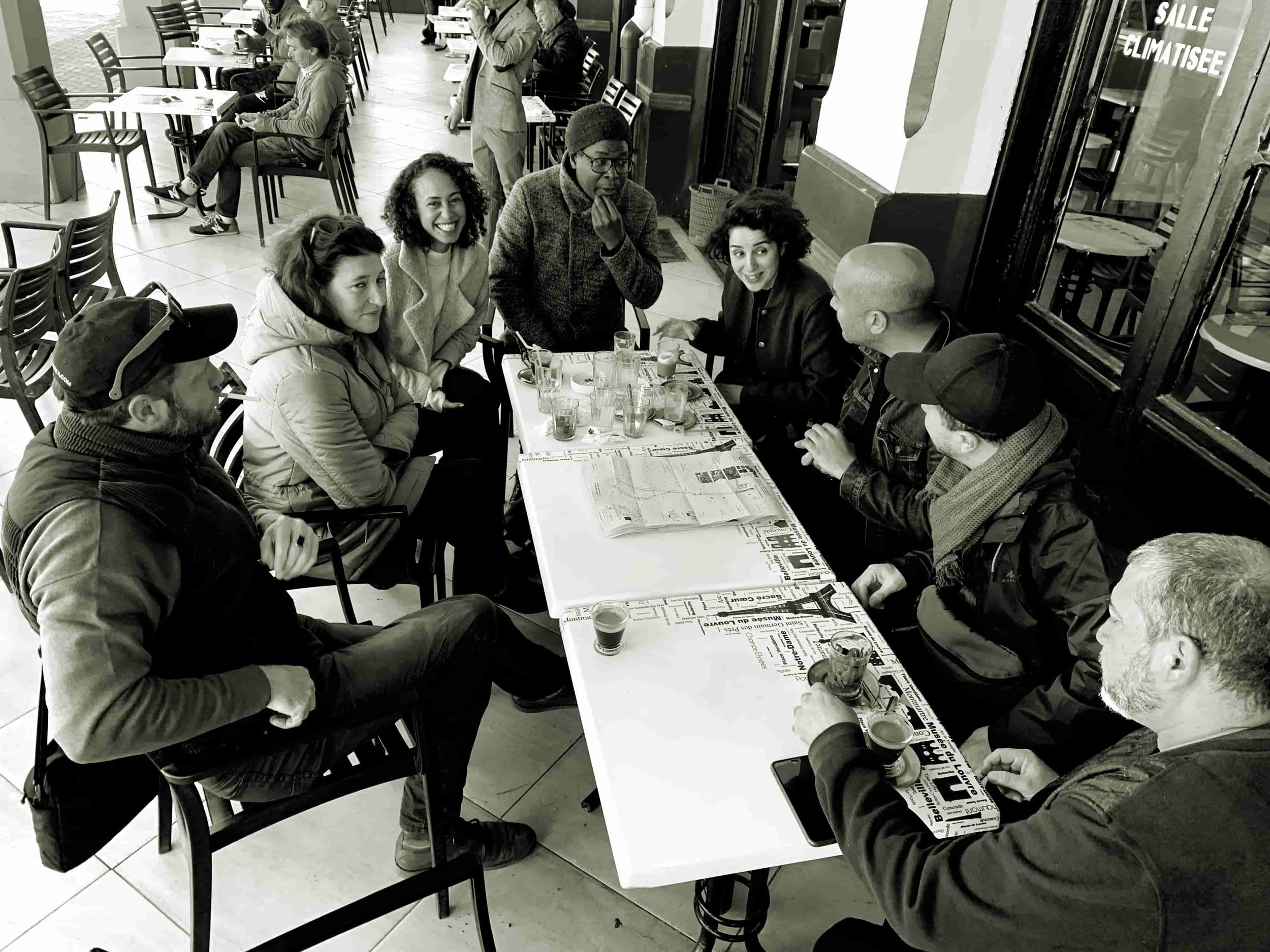
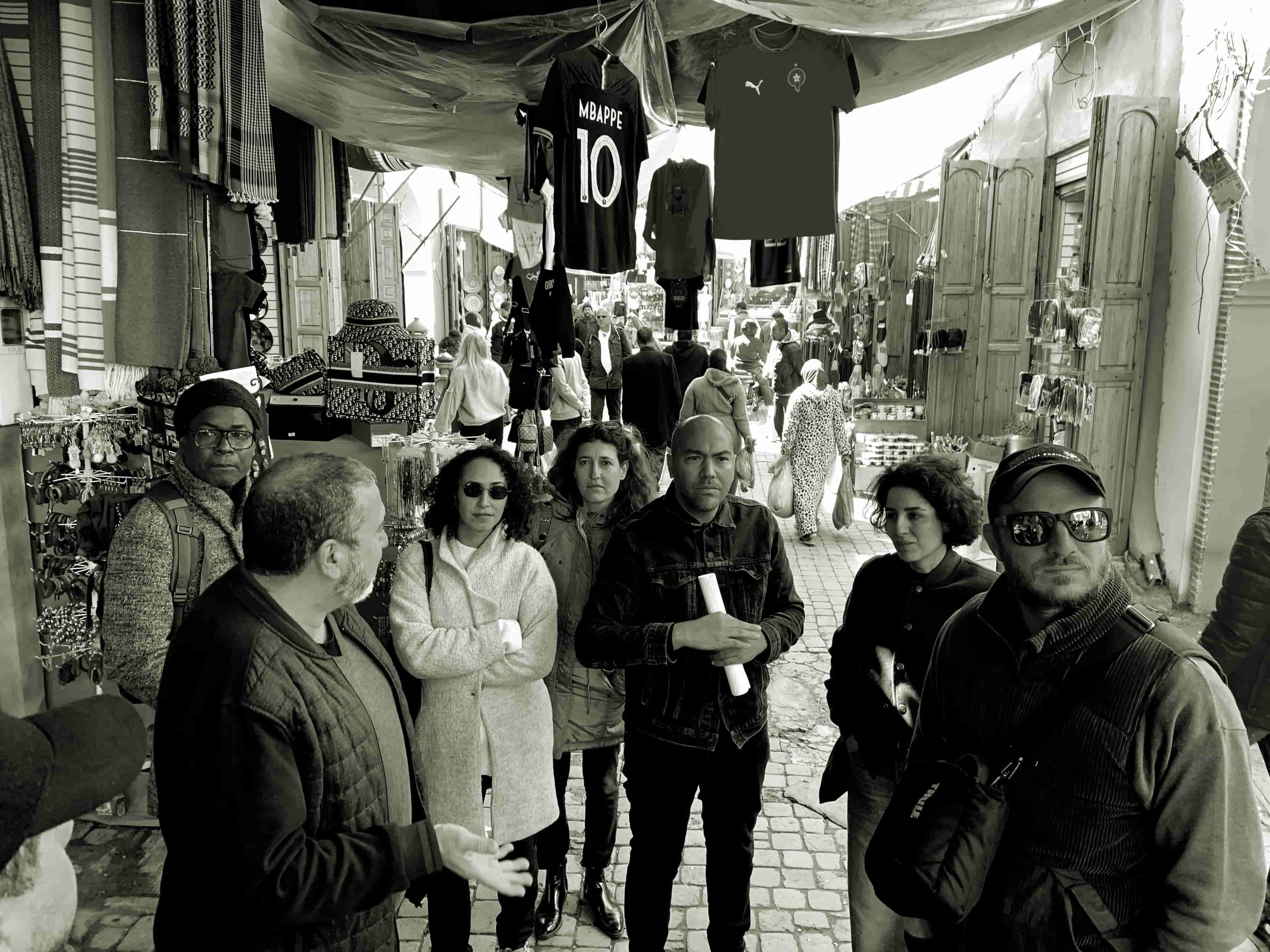

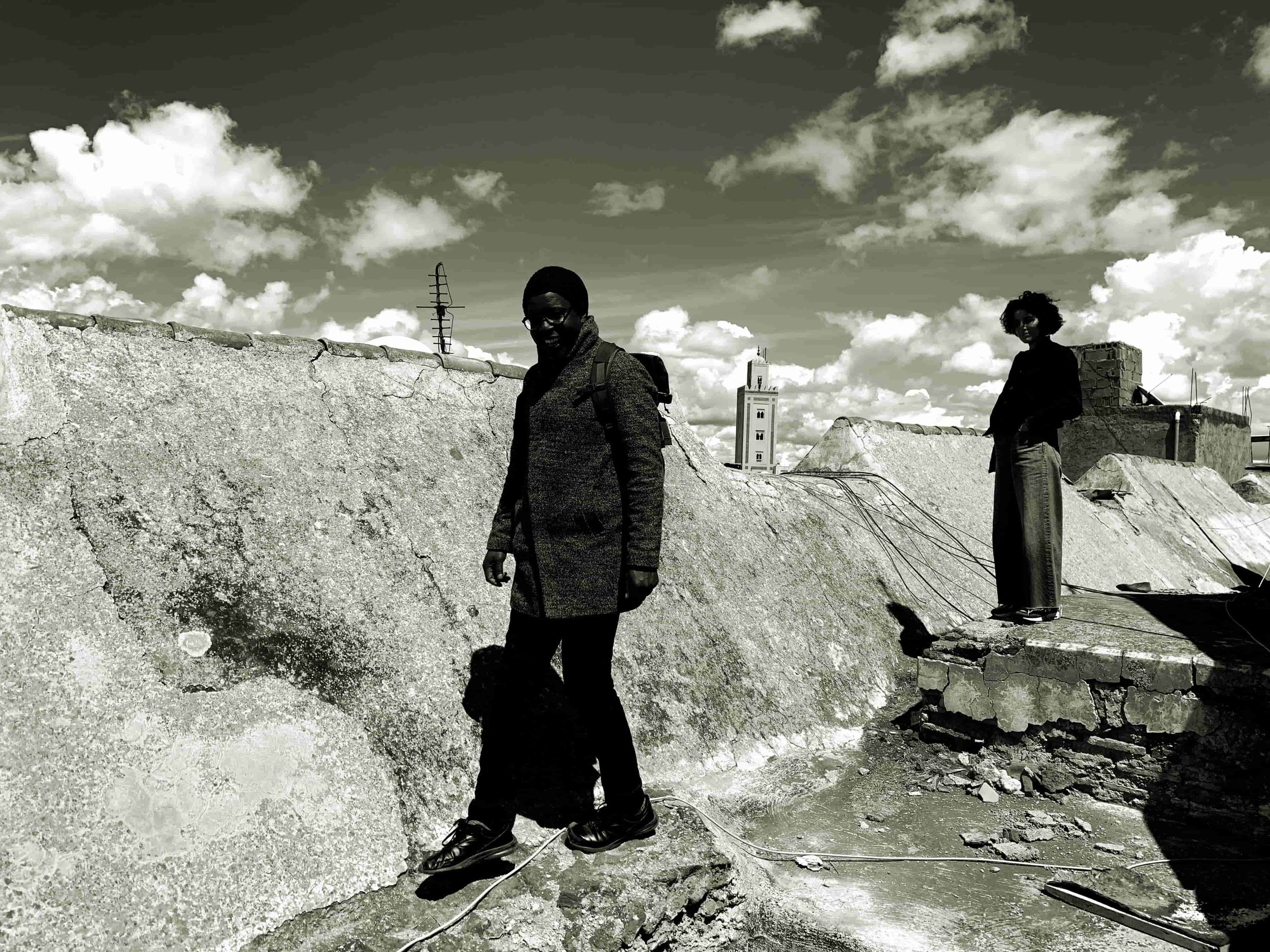
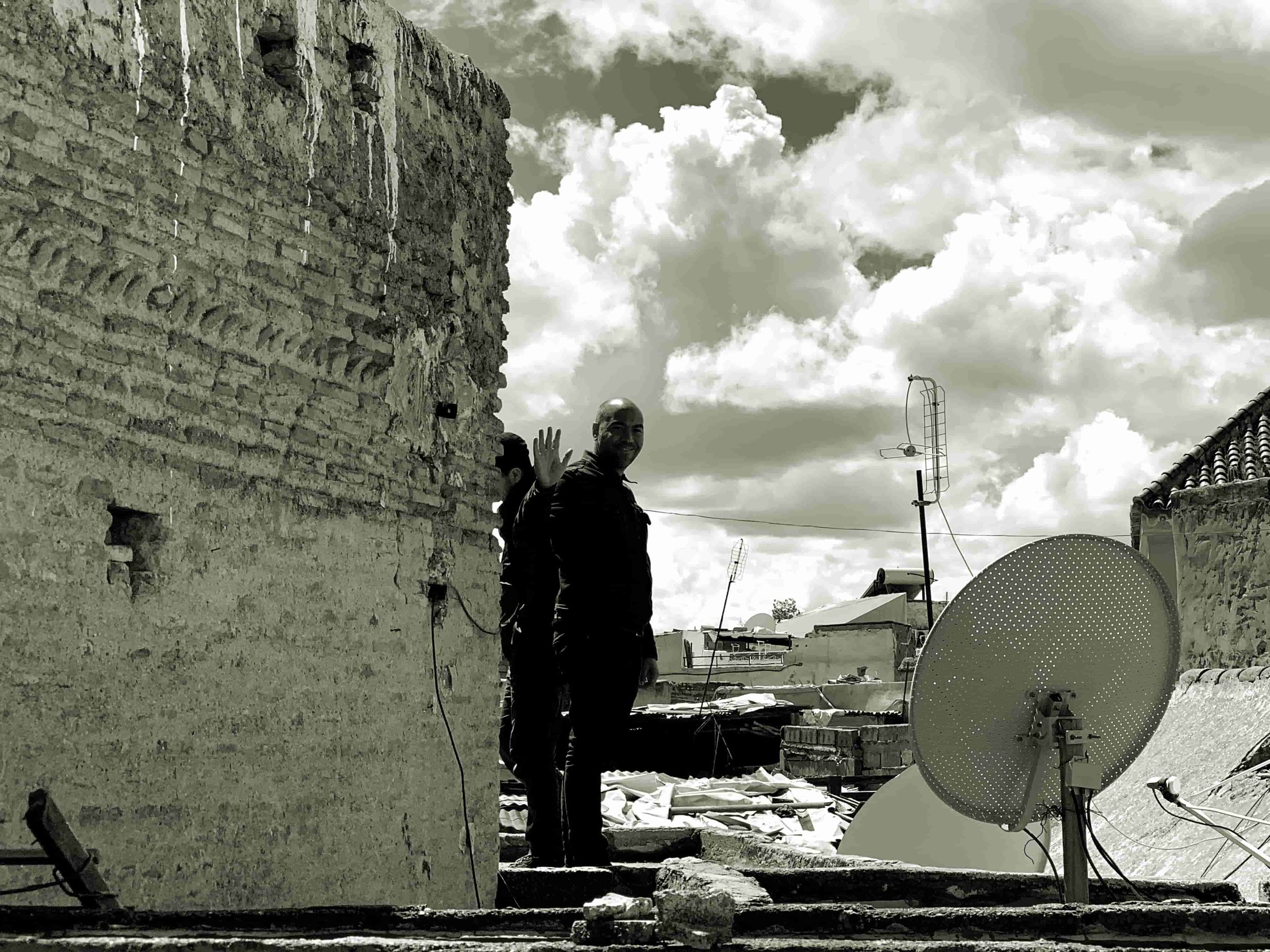

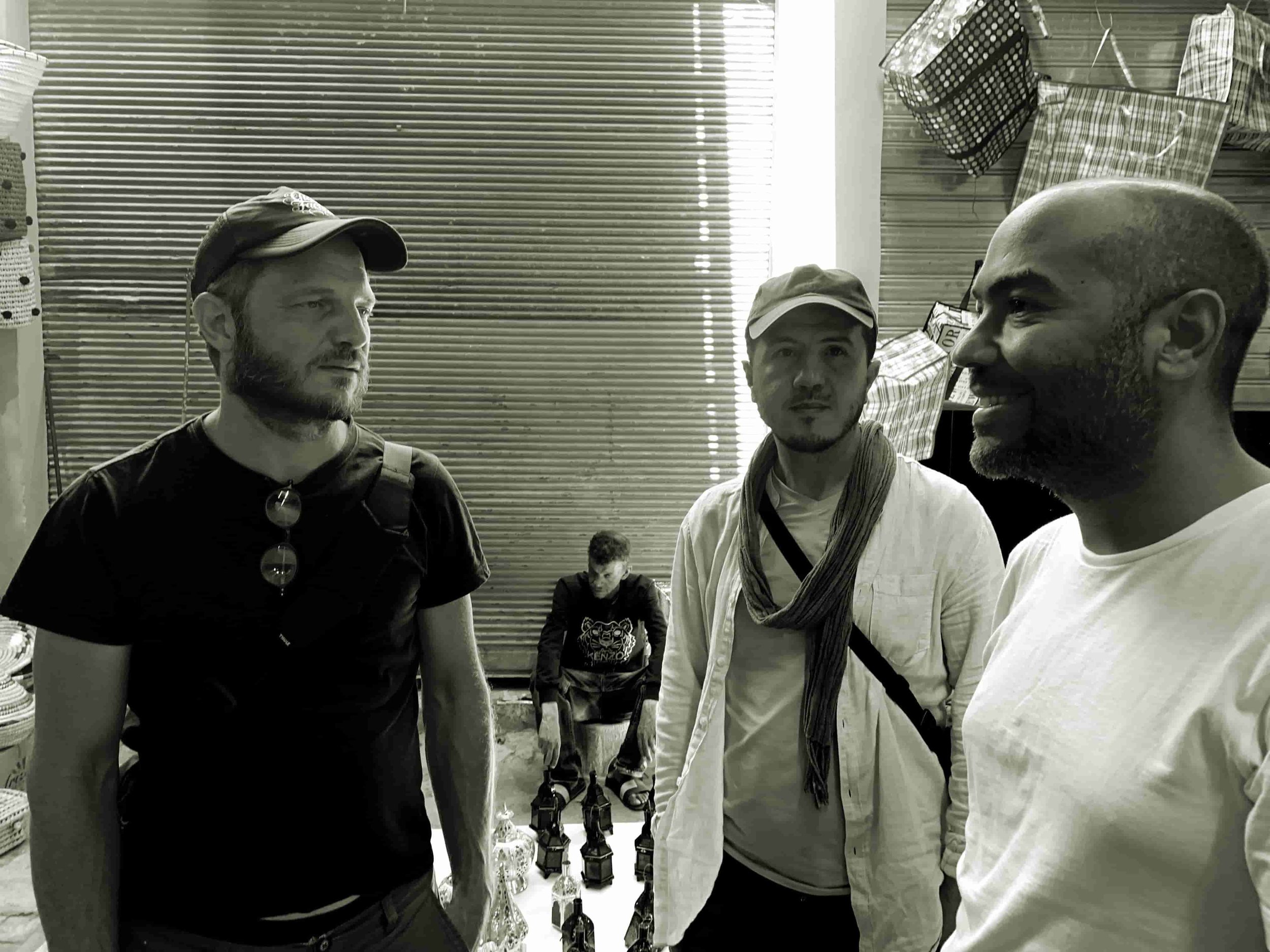
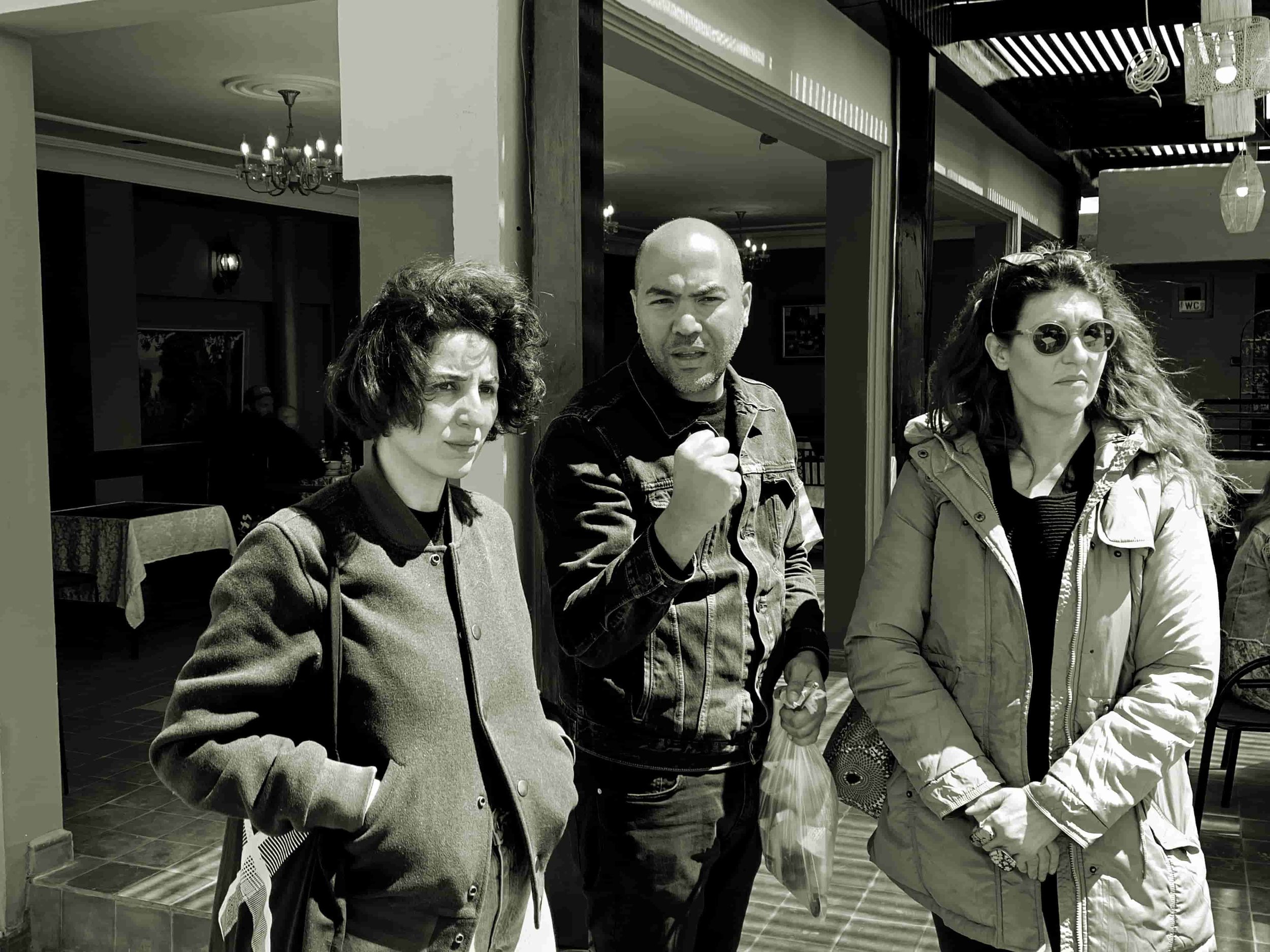
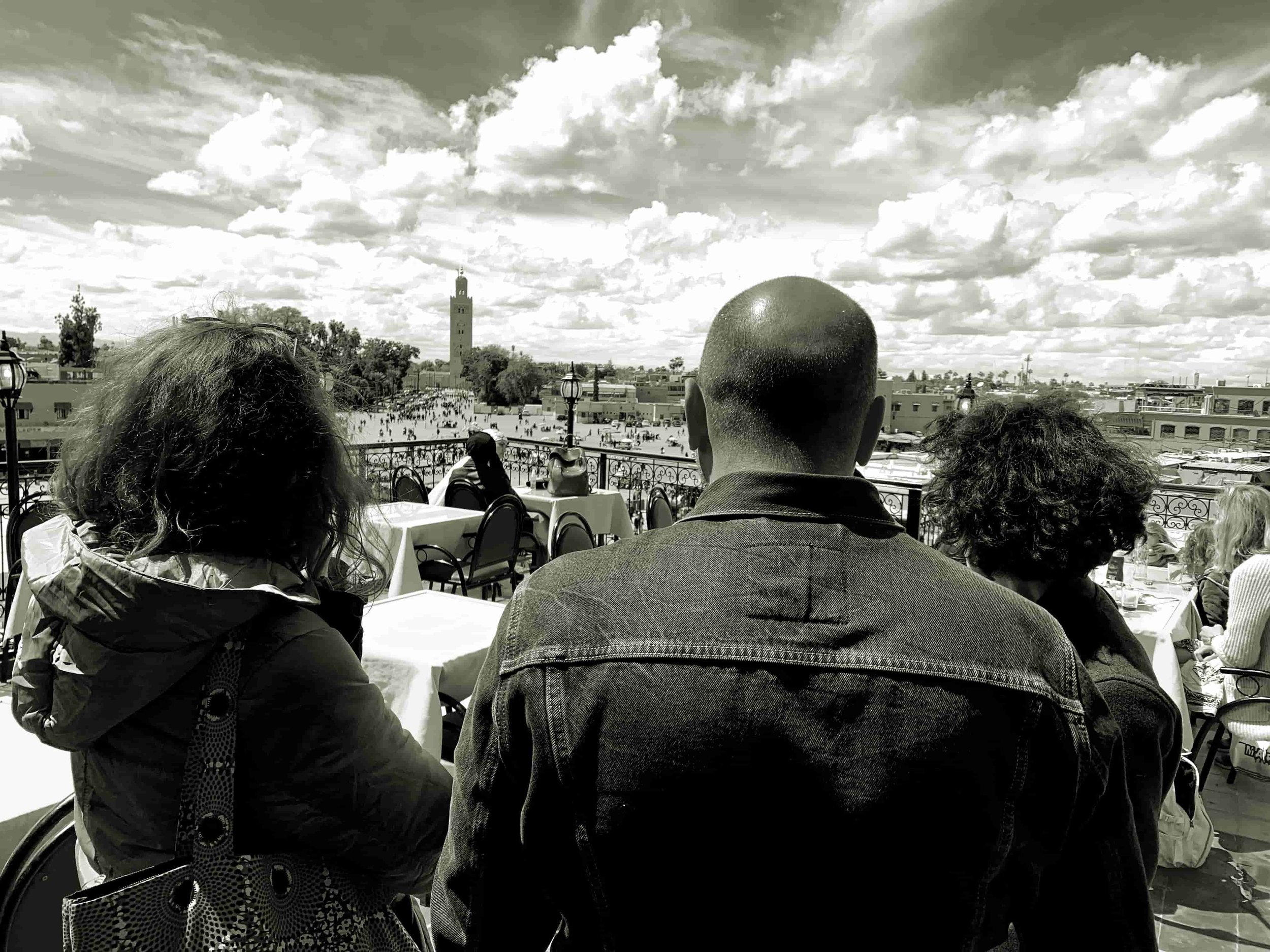
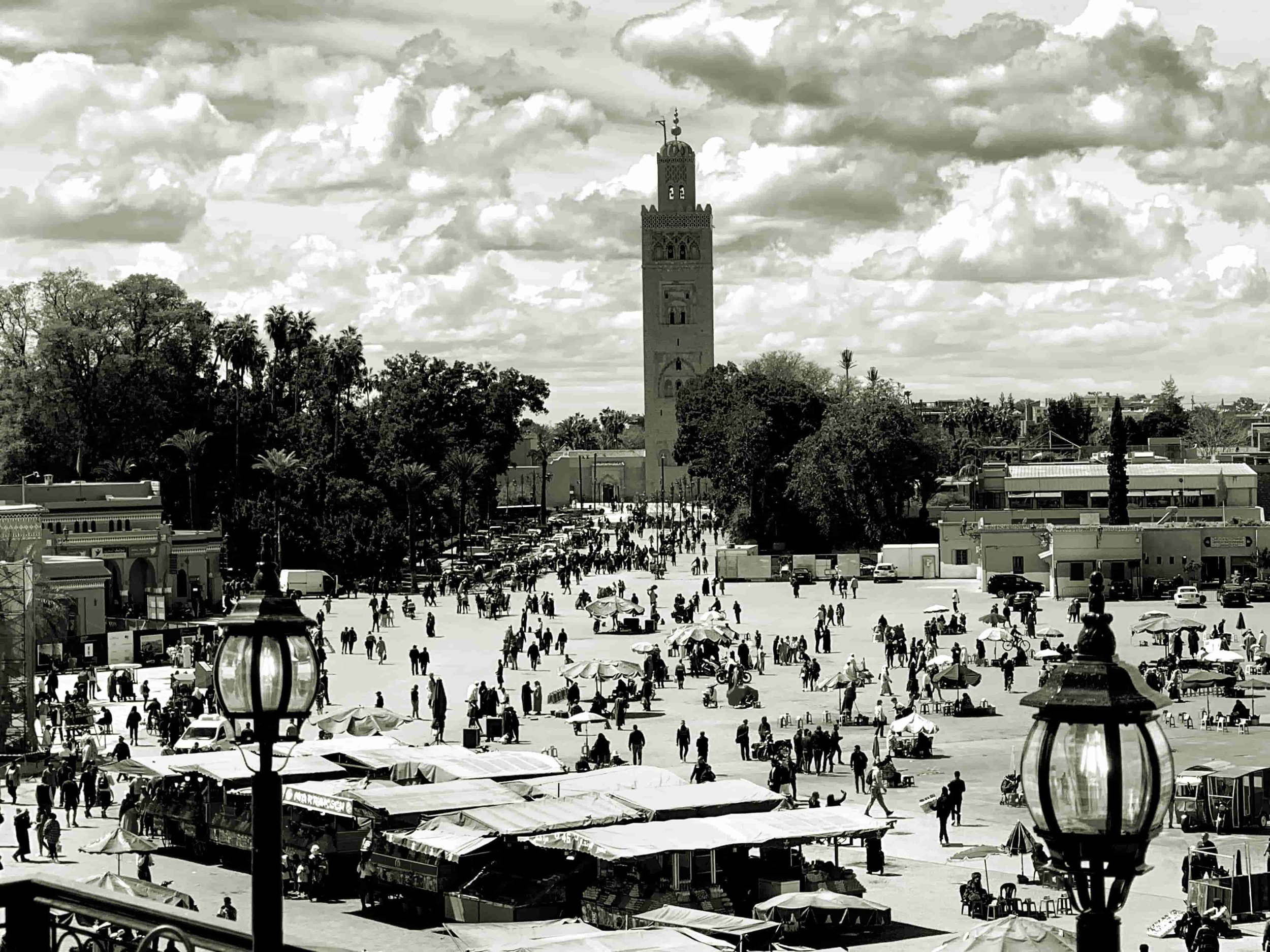
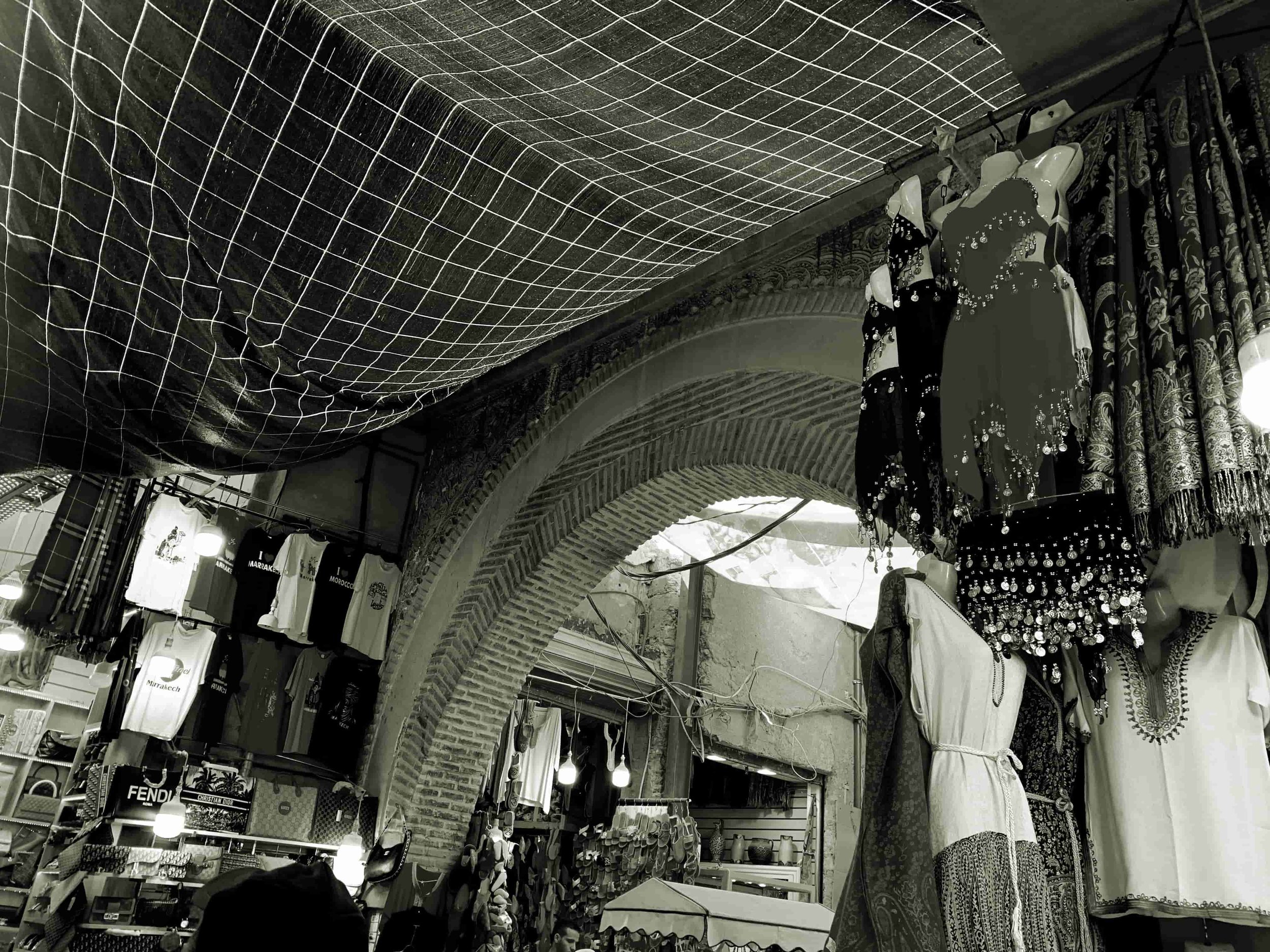
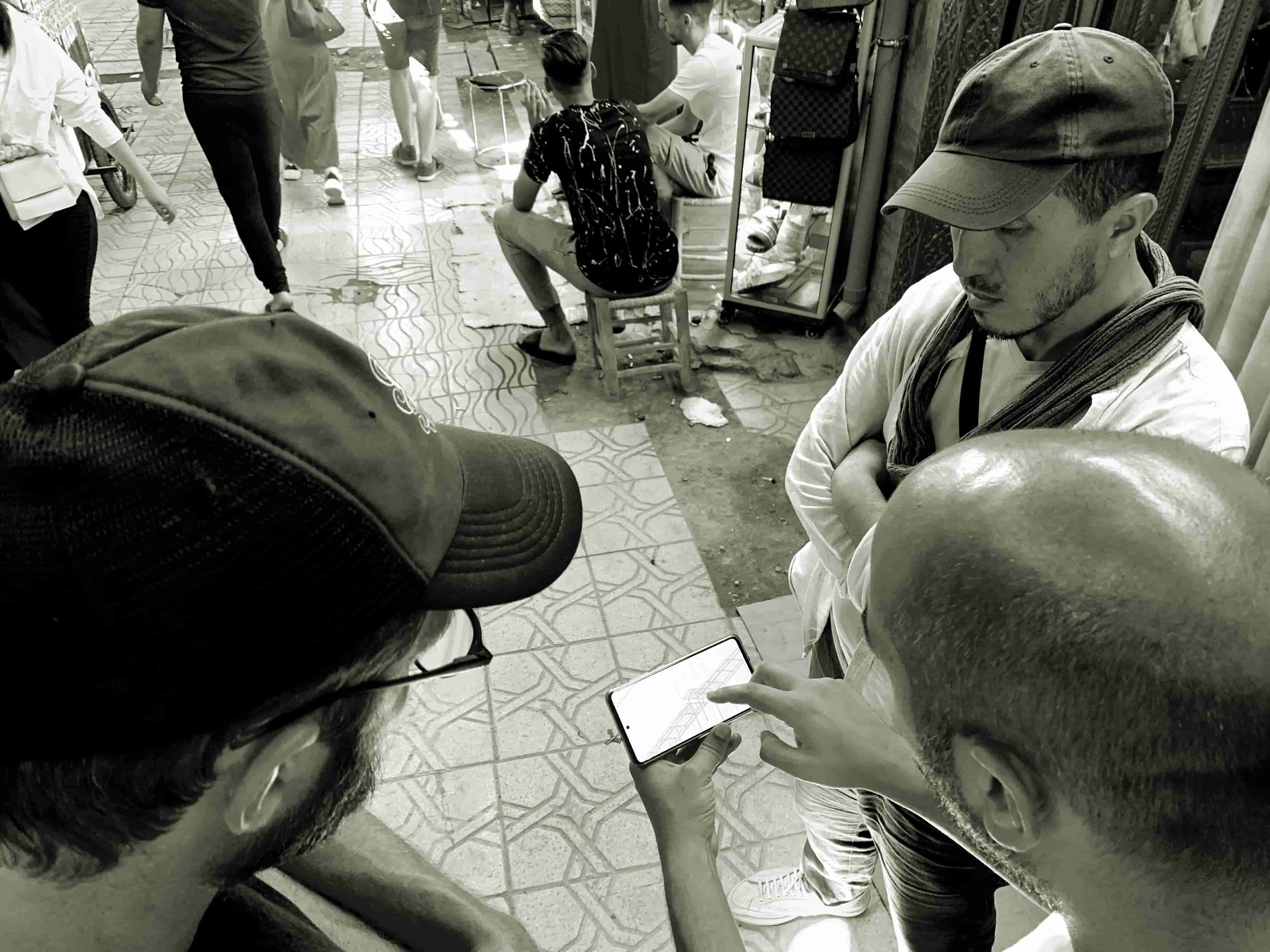
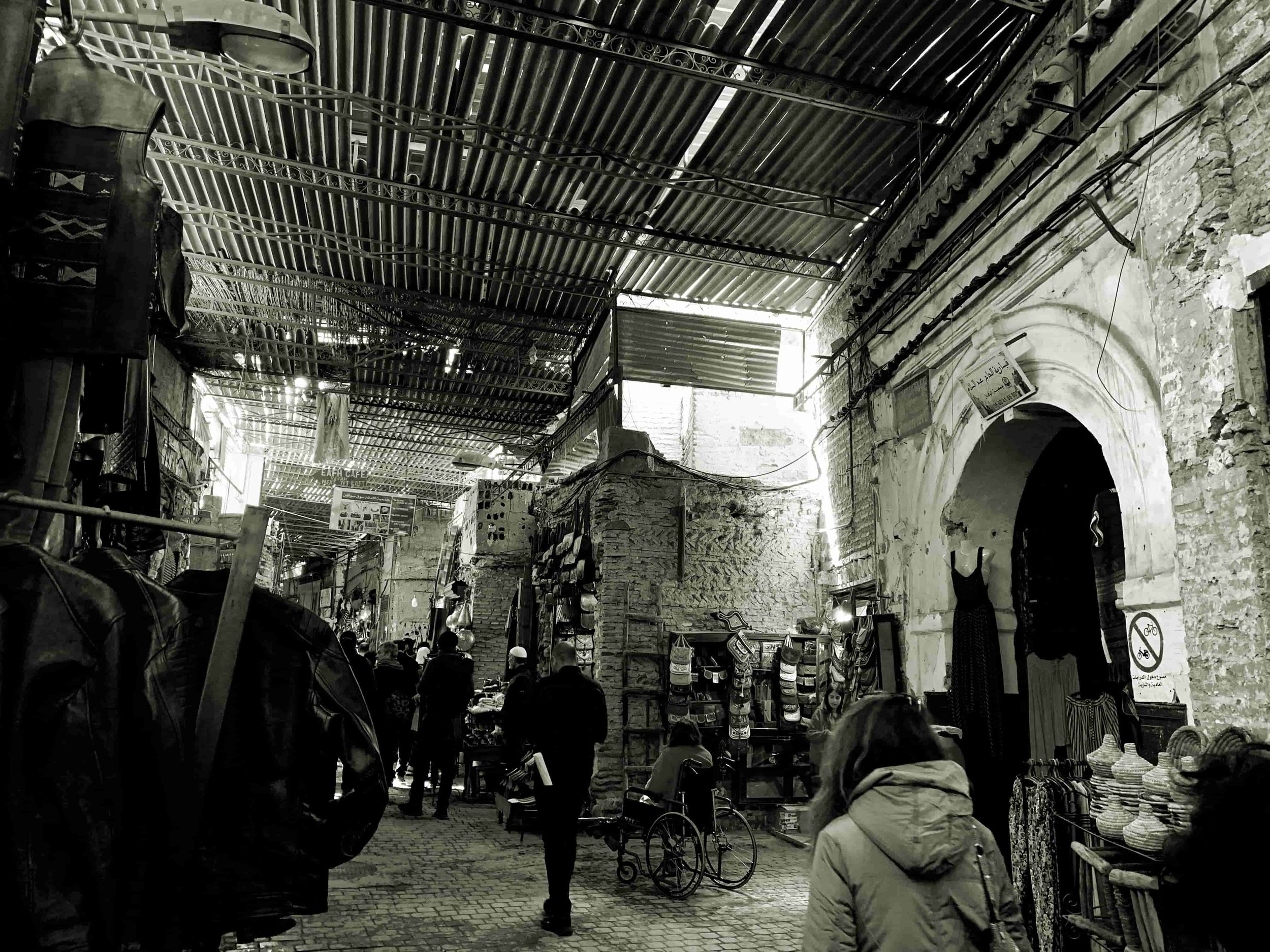
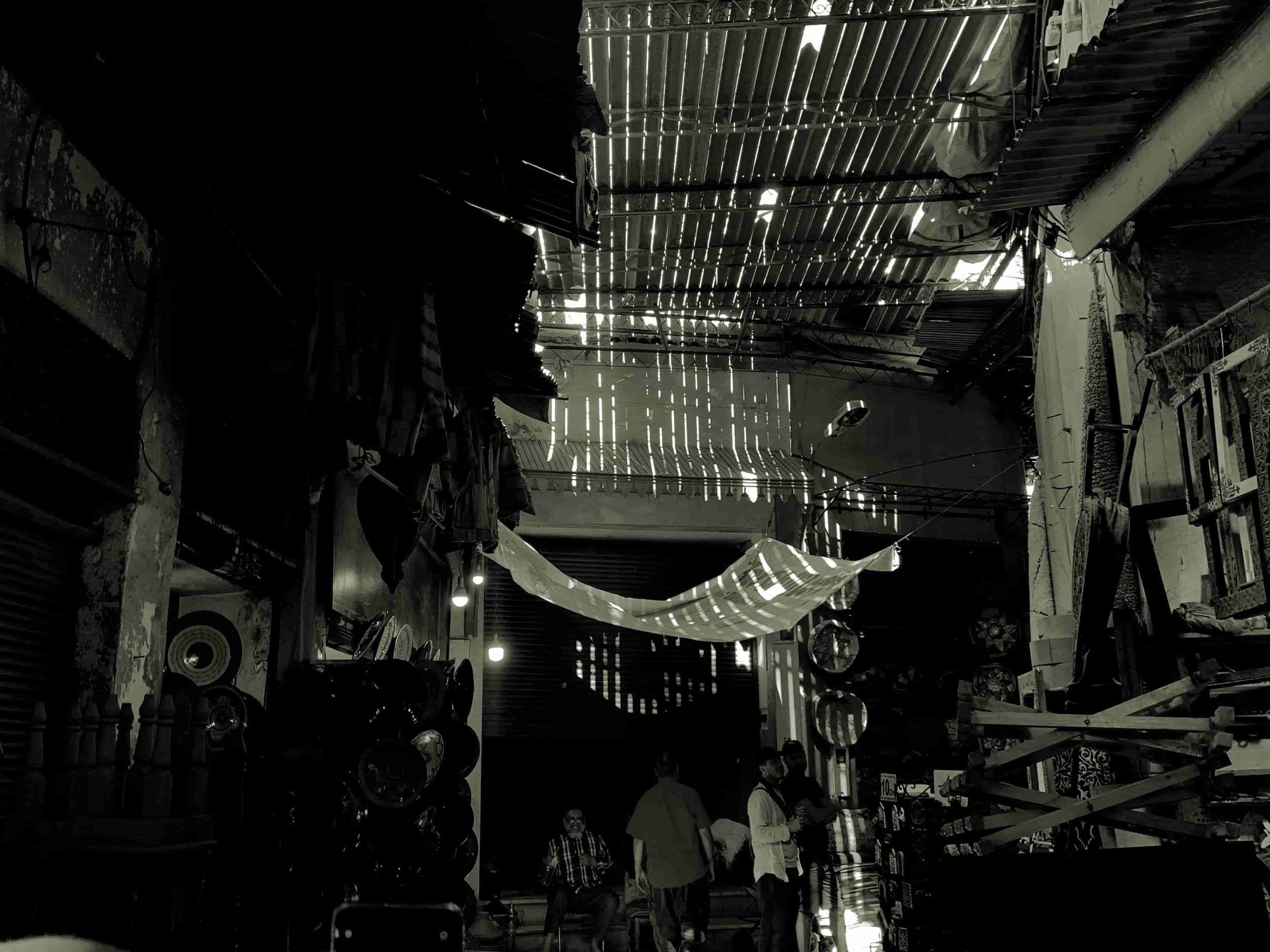
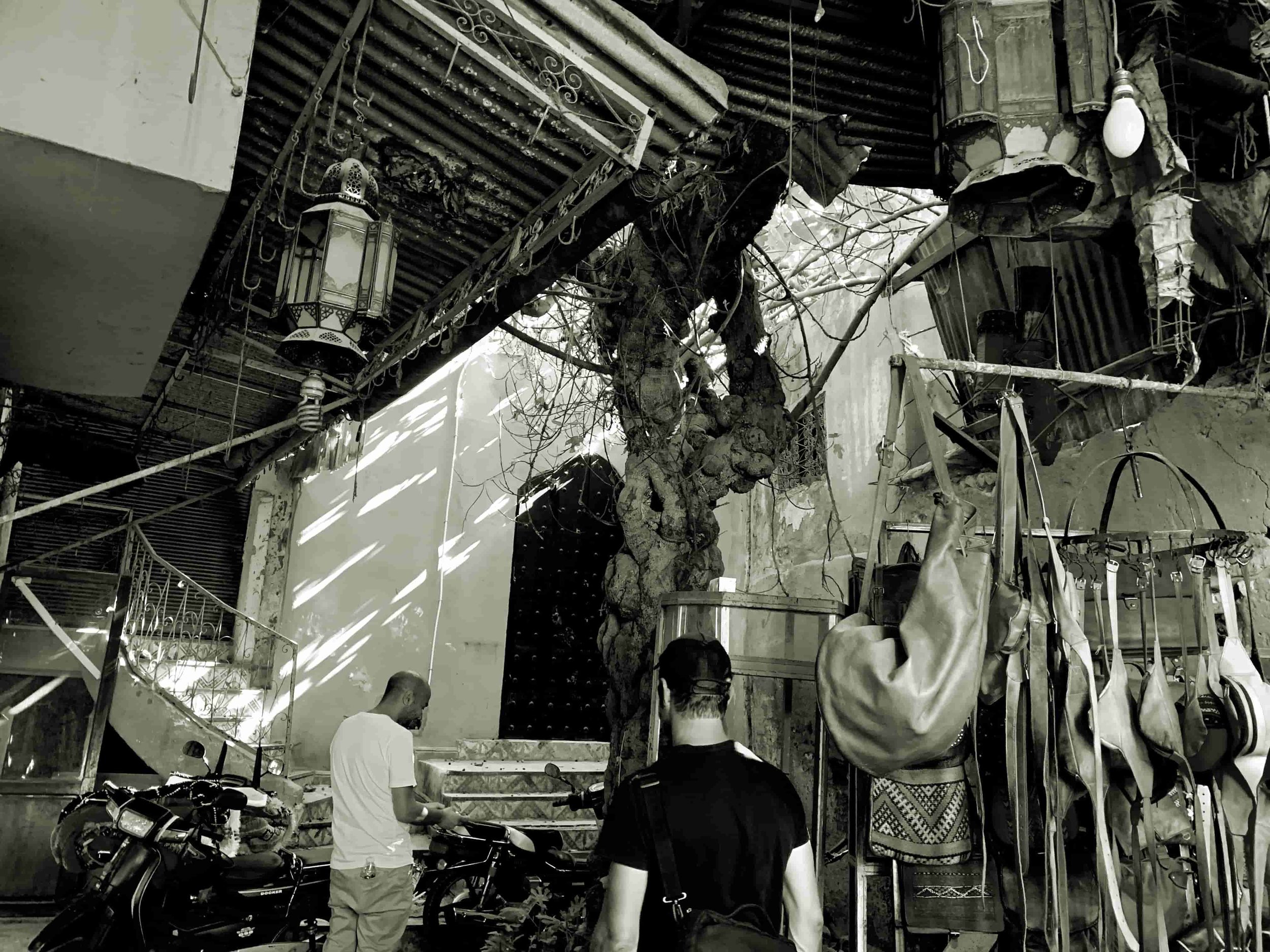
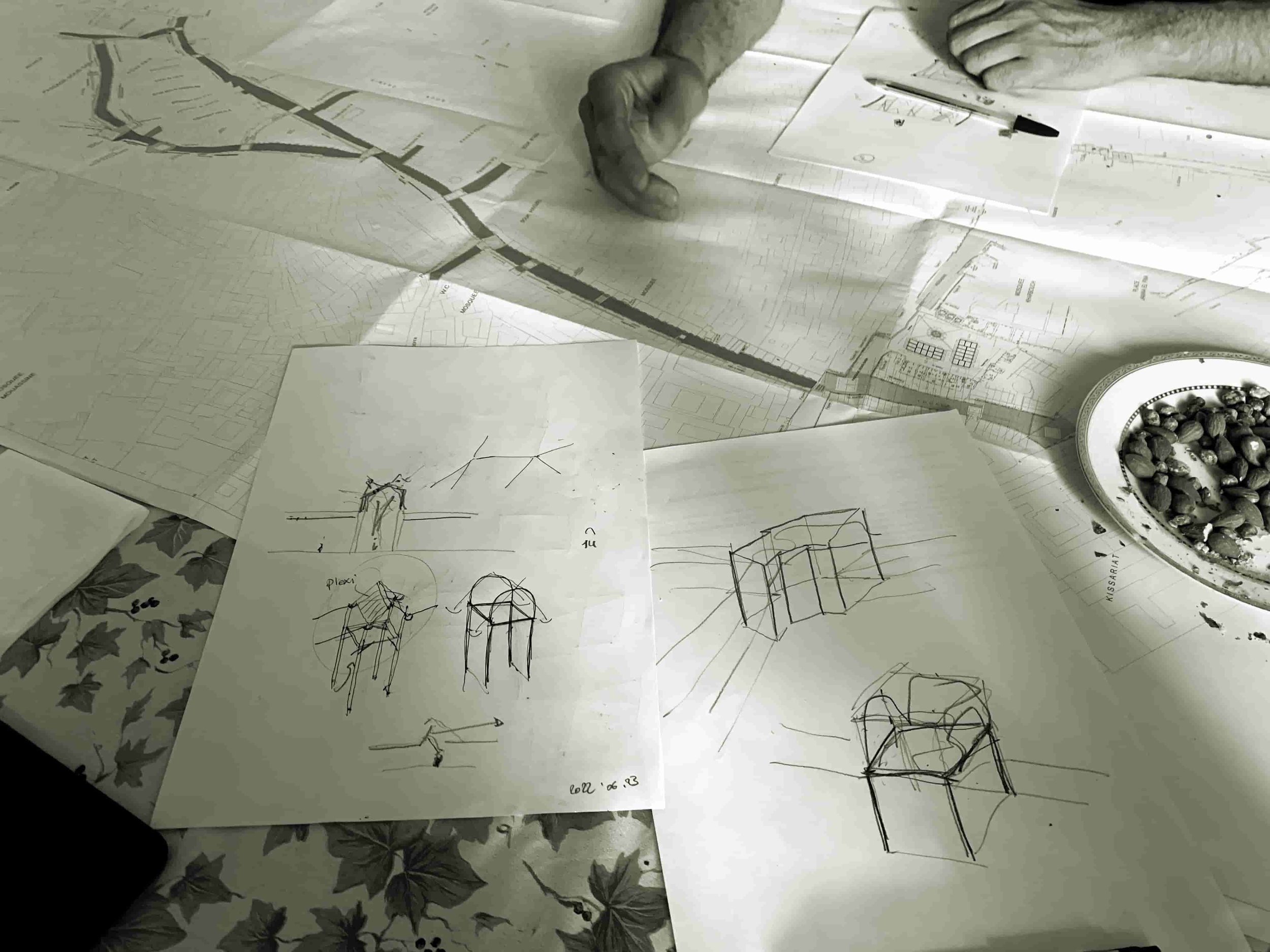
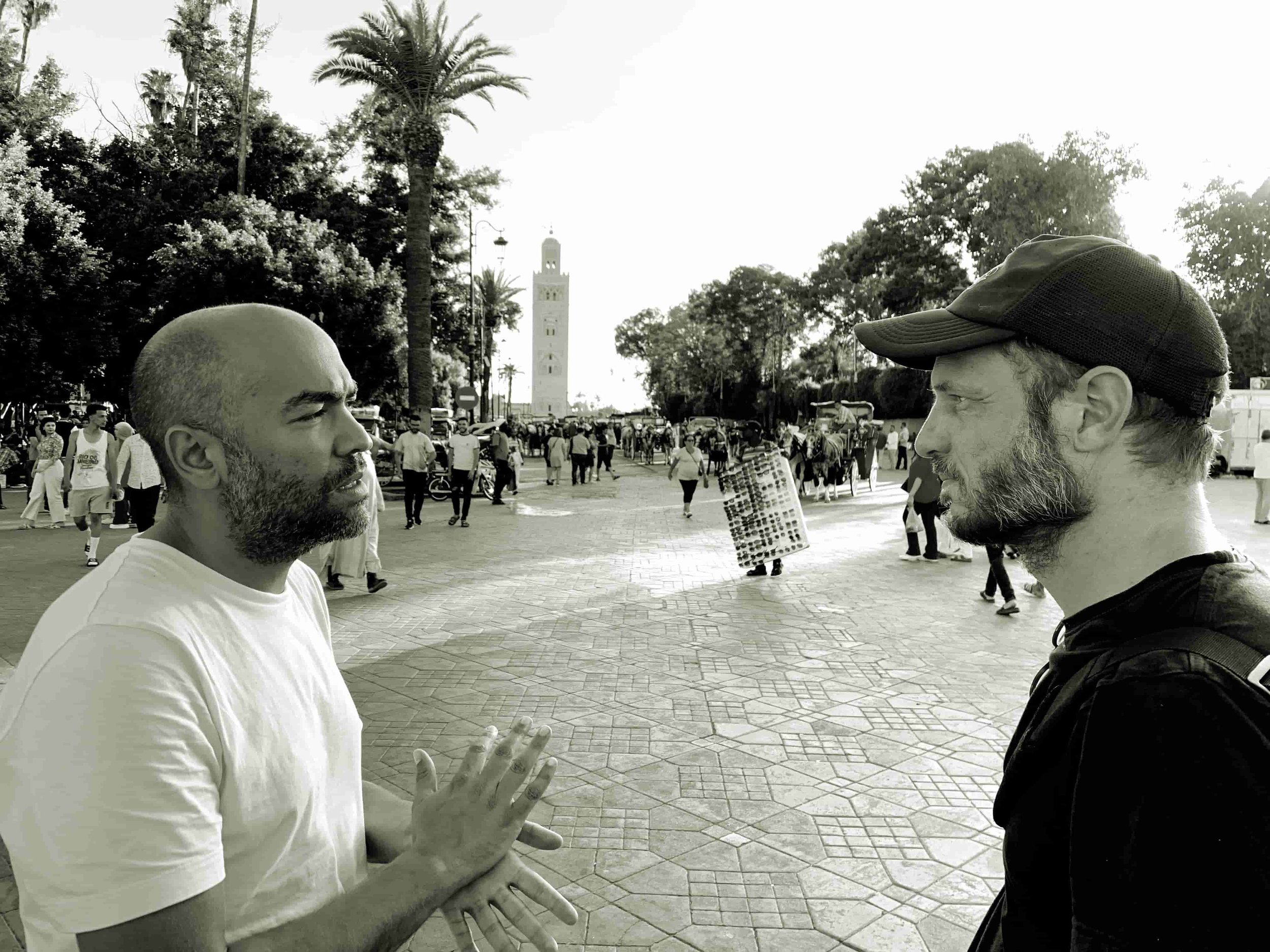
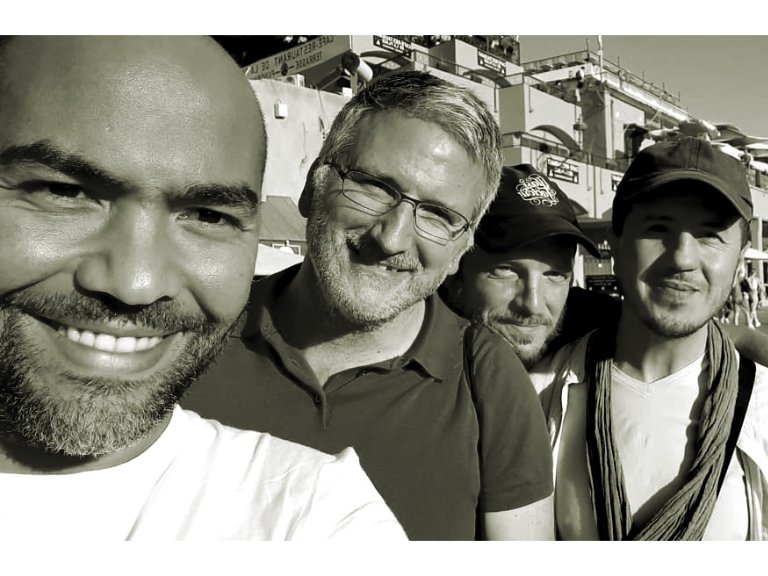
The chance encounter with Driss in Rabat was the start of a close friendship, thanks, among other things, to our mutual friends, our interests in the desert, heritage and cultural development in Morocco, a friendship that is necessary to explain in order to understand our association in the Malhoun architectural project.
01.3 Eric
Since 2014 I come regularly to Marrakesh, sometimes I was simply passing through to the south, others I came because of events such as the biennial of contemporary art (or the fair that had taken over) or to participate in activities in Le 18. During all this time I had the opportunity to meet and get to know a lot of artists, from Marrakesh, from the rest of the country and from abroad, but I never had the opportunity to coincide with Eric Van Hove, despite all the friends we had in common. I knew his work from afar, I knew that he had founded with his wife Samya a cooperative with craftsmen from the medina with whom they produced the work of Eric and other artists. The Fenduq workshop is located in Sidi Moussa, 12 km from Marrakesh on the Ourika road and it is there that Eric works with specialists in wood, copper, bone, glass... to reproduce engines (cars, motorcycles, planes) and other works with traditional techniques associated with Moroccan craftsmanship, at least that was the image I had of his work at the time. In any case, I was curious to know more about this artist-craftsman collaboration, especially since I knew the work developed by Younes Rahmoun with the craftsmen of the medina of Tetouan and we had talked a lot about this relationship and the possibilities that this offered to artists but also to architects in Morocco (especially when we taught together at the National School of Architecture in Tetouan). I could have contacted Eric directly during one of my stays, but I preferred it to happen in a natural way.
In January 2020, we made the “crossing” of the Sahara by car, Obûr, with Younes Rahmoun and Ahmed Dabah, as a commemoration of my first trip to the desert in 2010 (also with Younes). Younes and I left the north stopping in several cities, including Marrakesh, Tighmert (to pick up Ahmed), Laâyoune and Bir Gandouz to arrive in Nouakchott and then go up to the city of Ouadane in Mauritania. When we arrived in Marrakesh, Younes proposed me to go and sleep at Eric and Samya place. They worked and lived in two adjoining houses in the douar of Sidi Moussa. In the first one they had the workshop on the ground floor and their apartment on the first floor, with a roof terrace where they organised a lot of meetings and parties, including those preparatory to Malhoun 2.0 during the 1-54 faire in Marrakesh which was going to take place a month later. Although we only stayed one night, Eric and Samya organised an evening with other friends like M'barek Bouhchichi. What I didn't know was that Eric had heard a lot about me and he wondered how it was possible that we had never met. In the morning, while Younes was working with a craftsman, I took the opportunity to explore the workshop, with a feeling of familiarity since suddenly I teleported myself to the past, when I was a kid and I used to play in the warehouses of the Comandancia de Obras, where I grew up in Ceuta and where there were machinery for electricity, mechanics and wood carpentry works. We couldn't stay very long because we had to continue our "crossing" but at least the first contact had been made, others had to wait until the borders reopened in 2021.
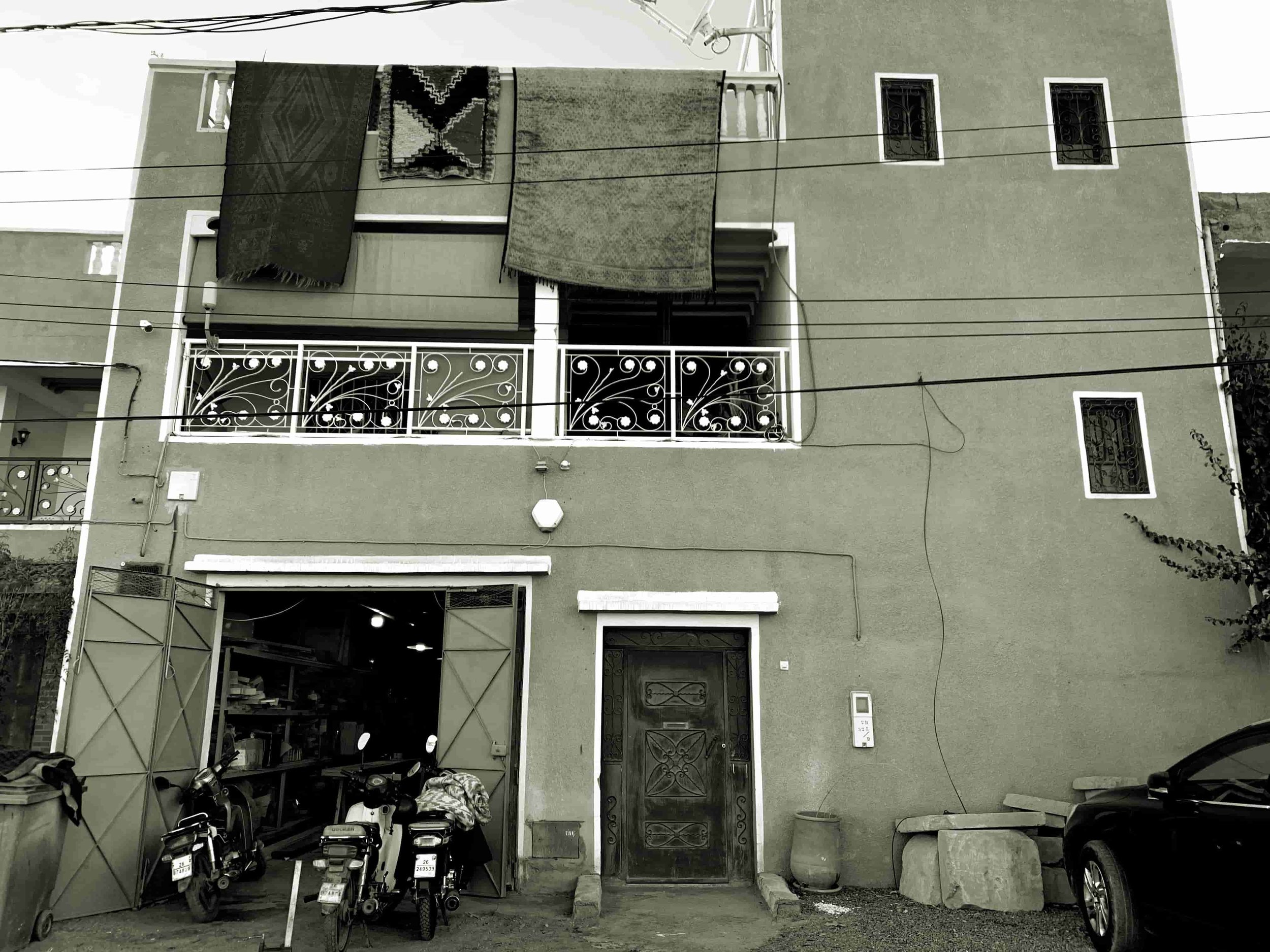
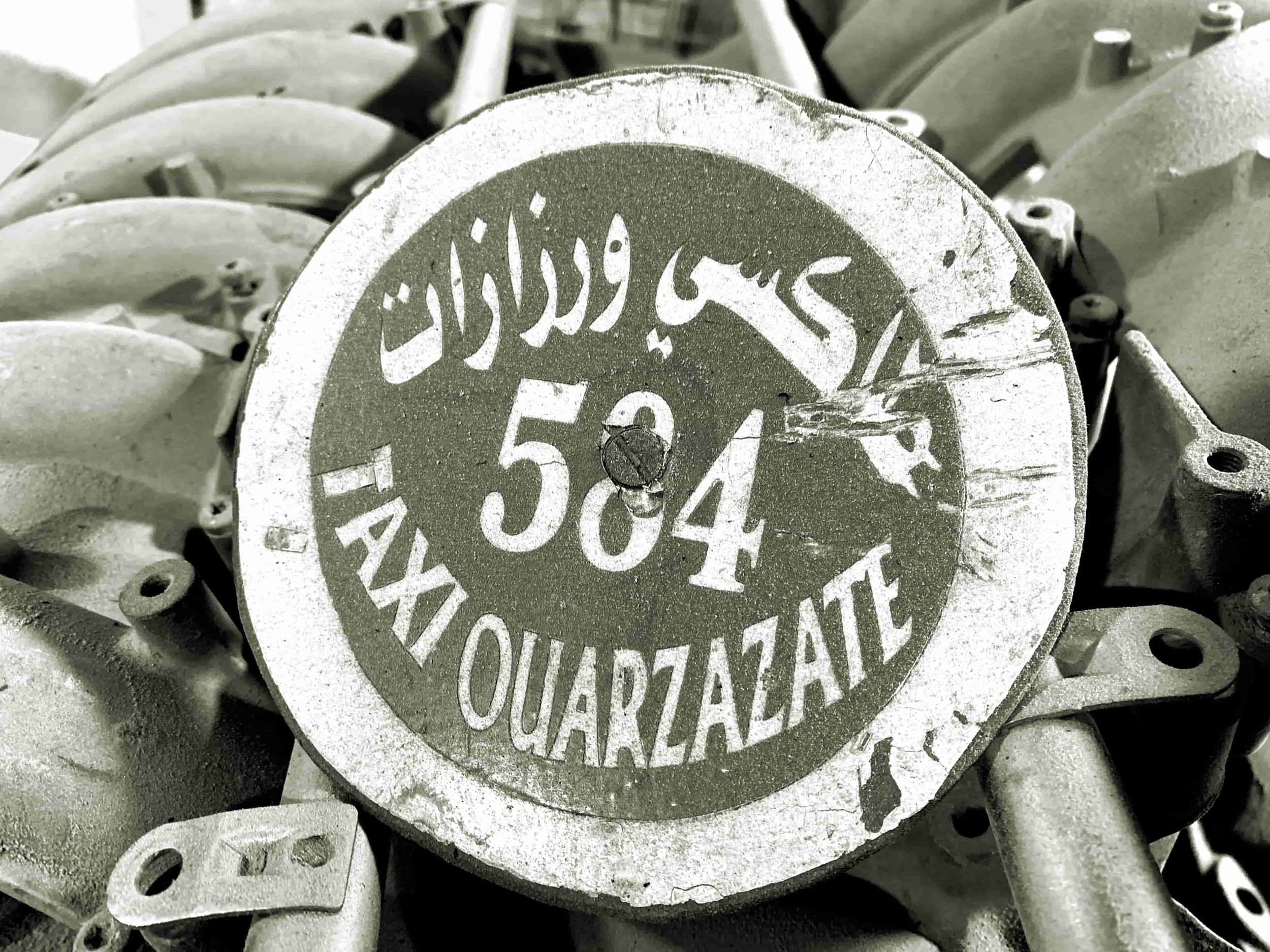
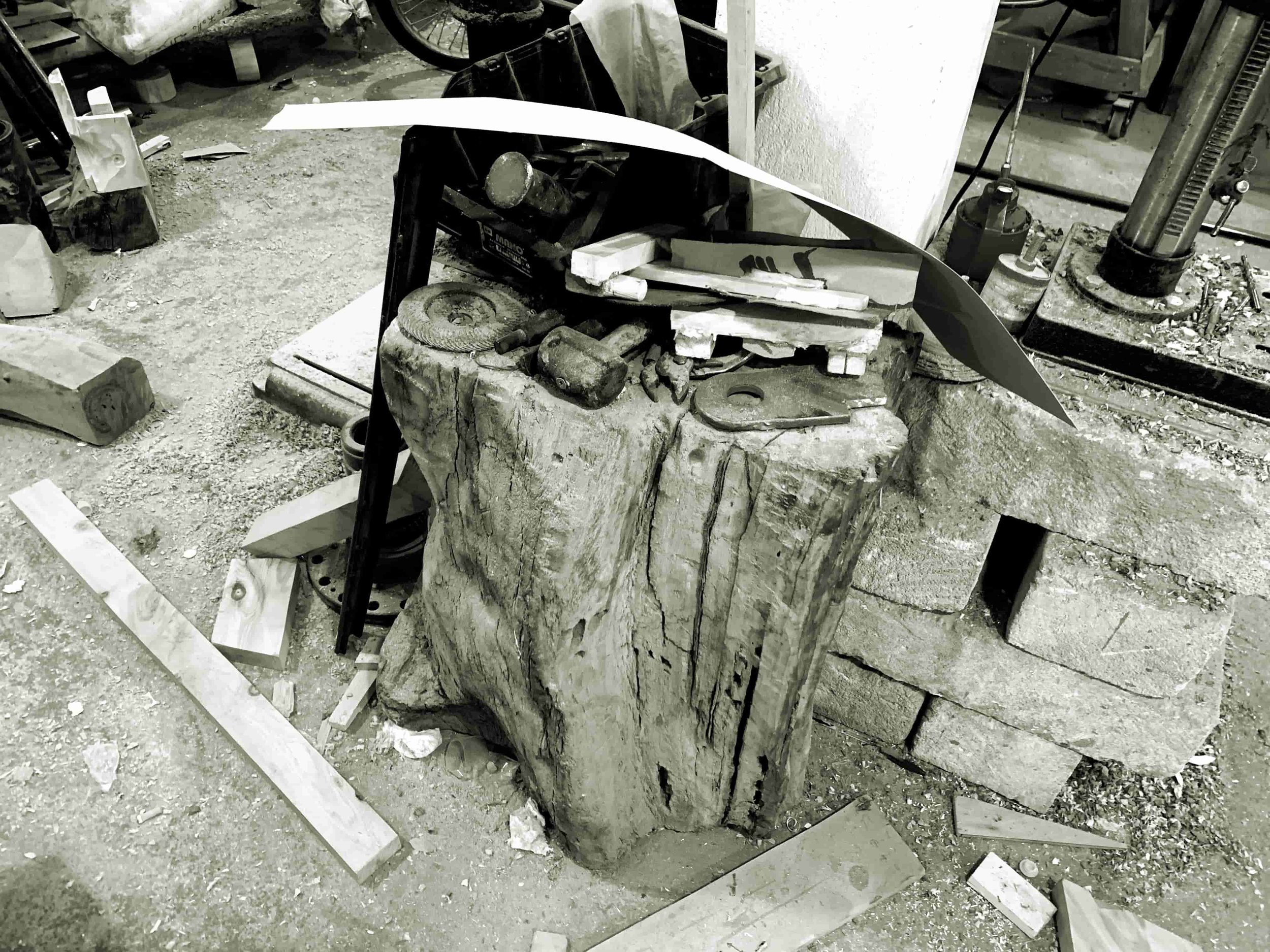
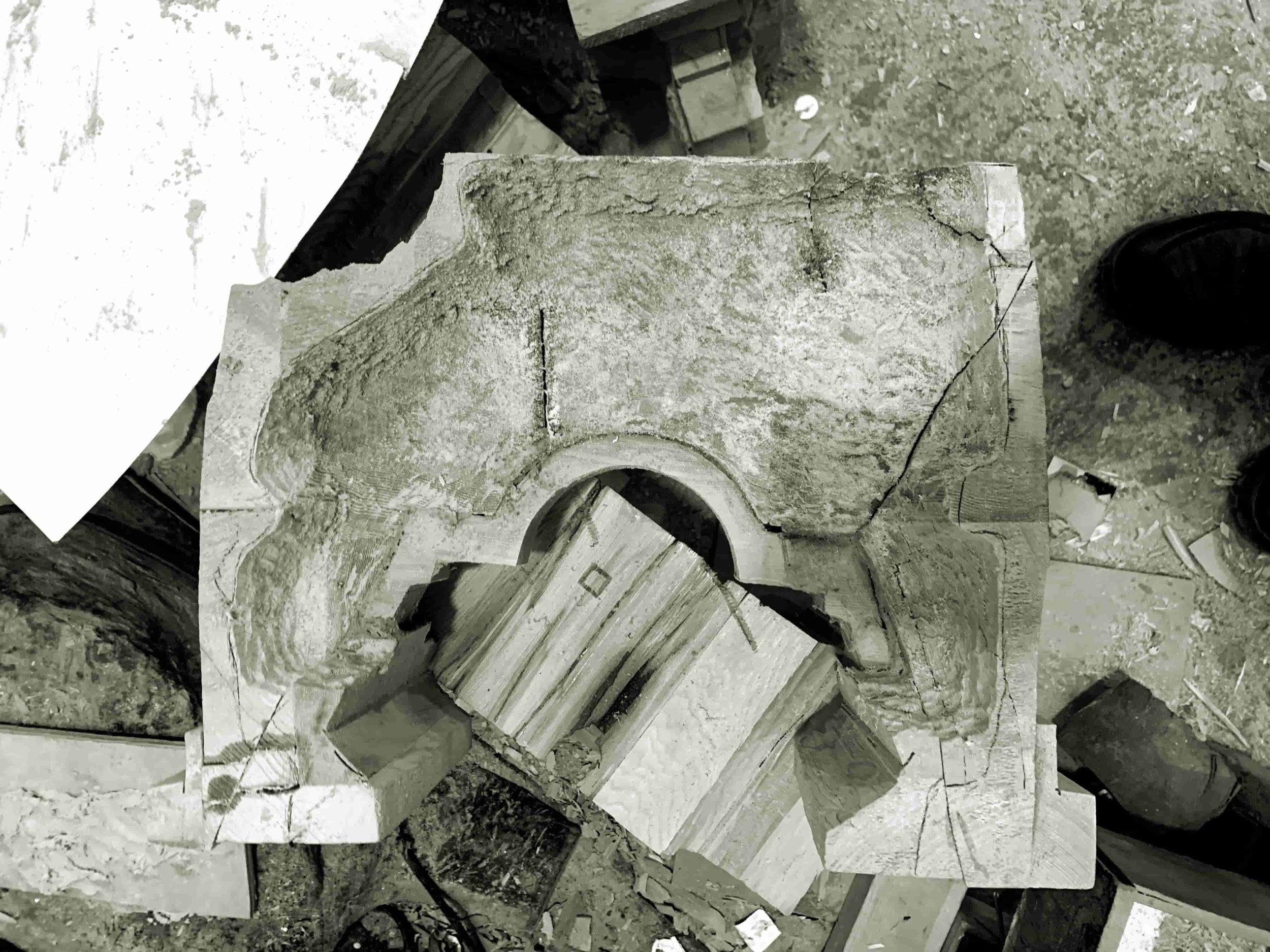
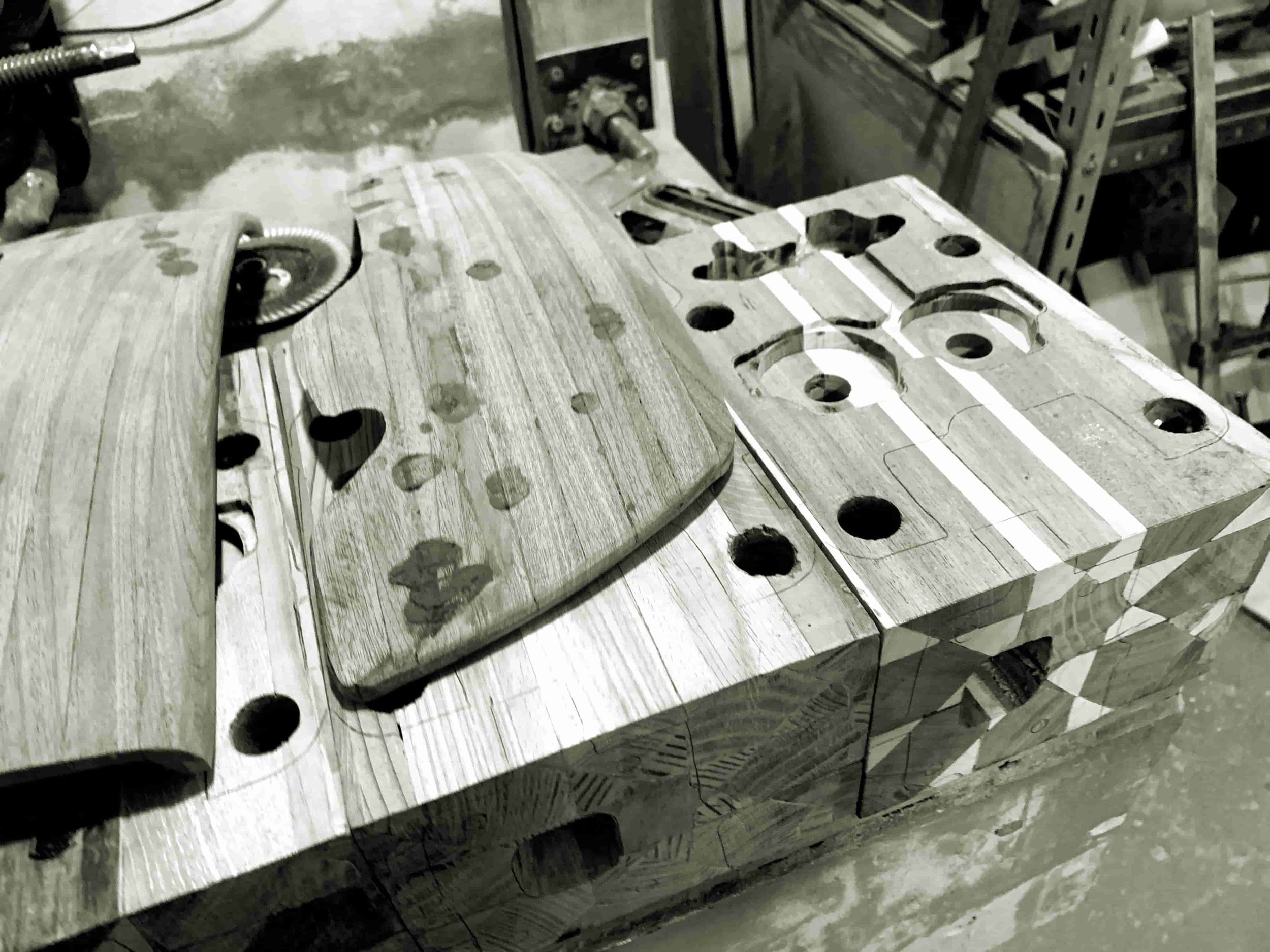
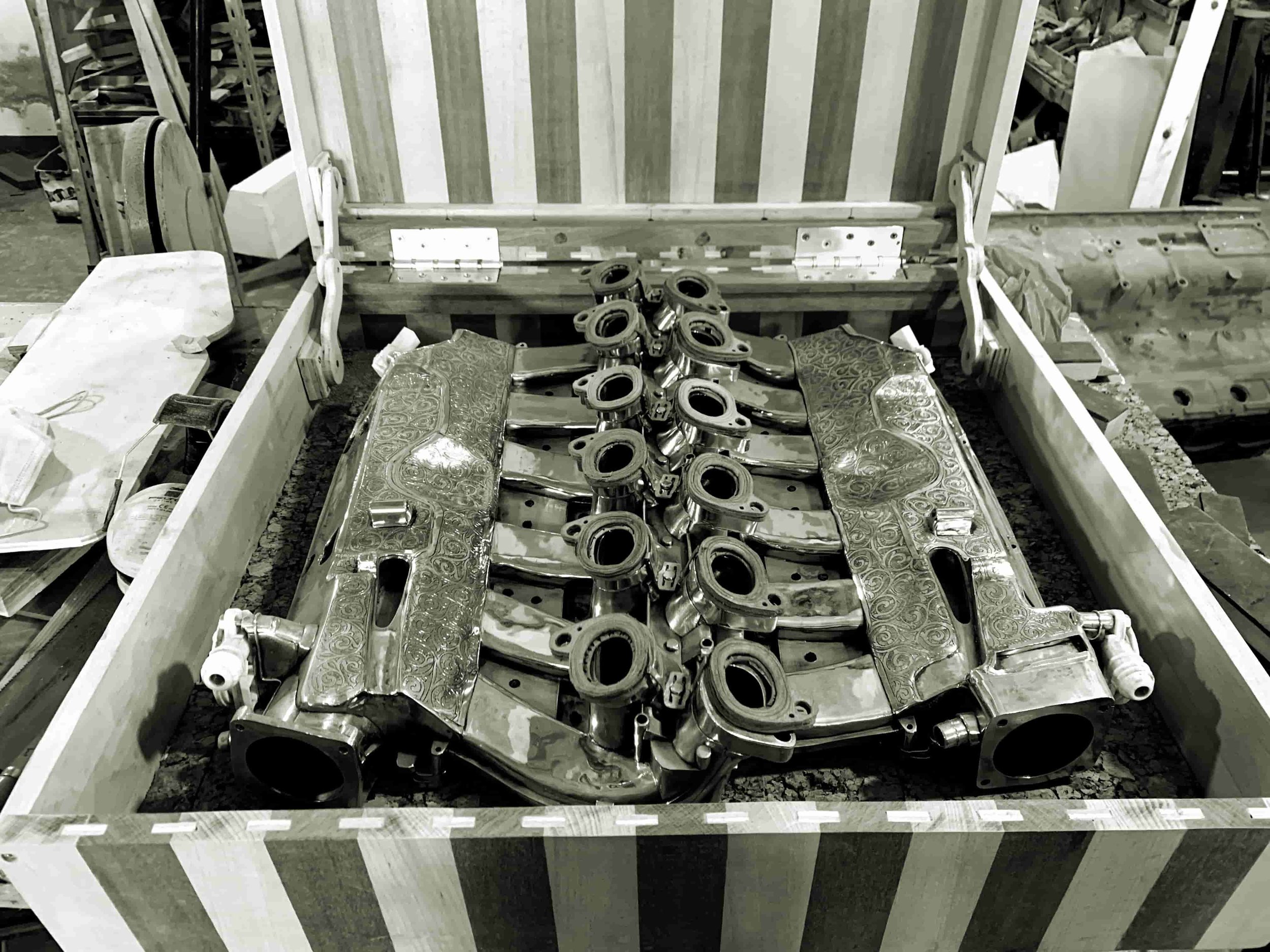

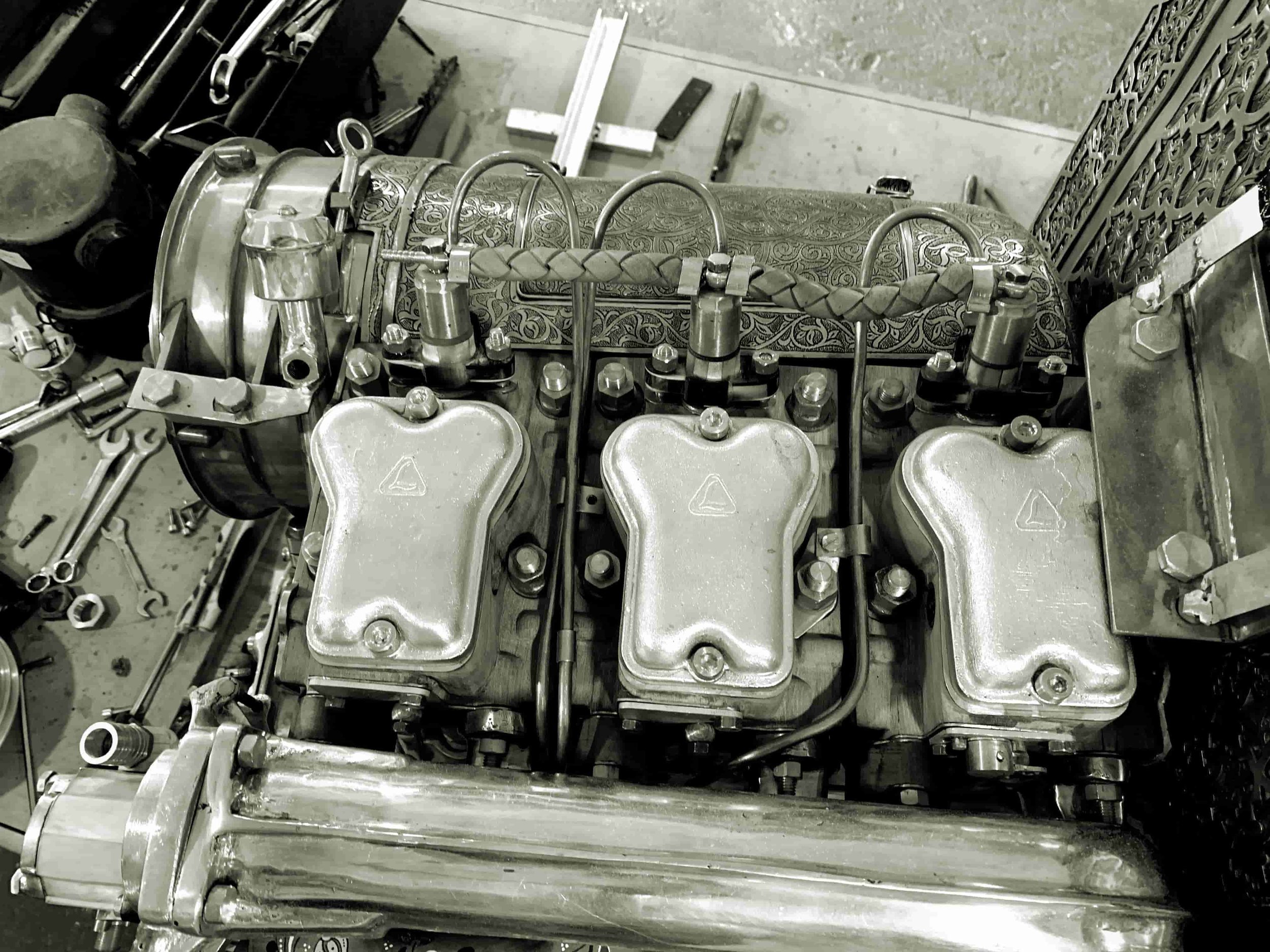
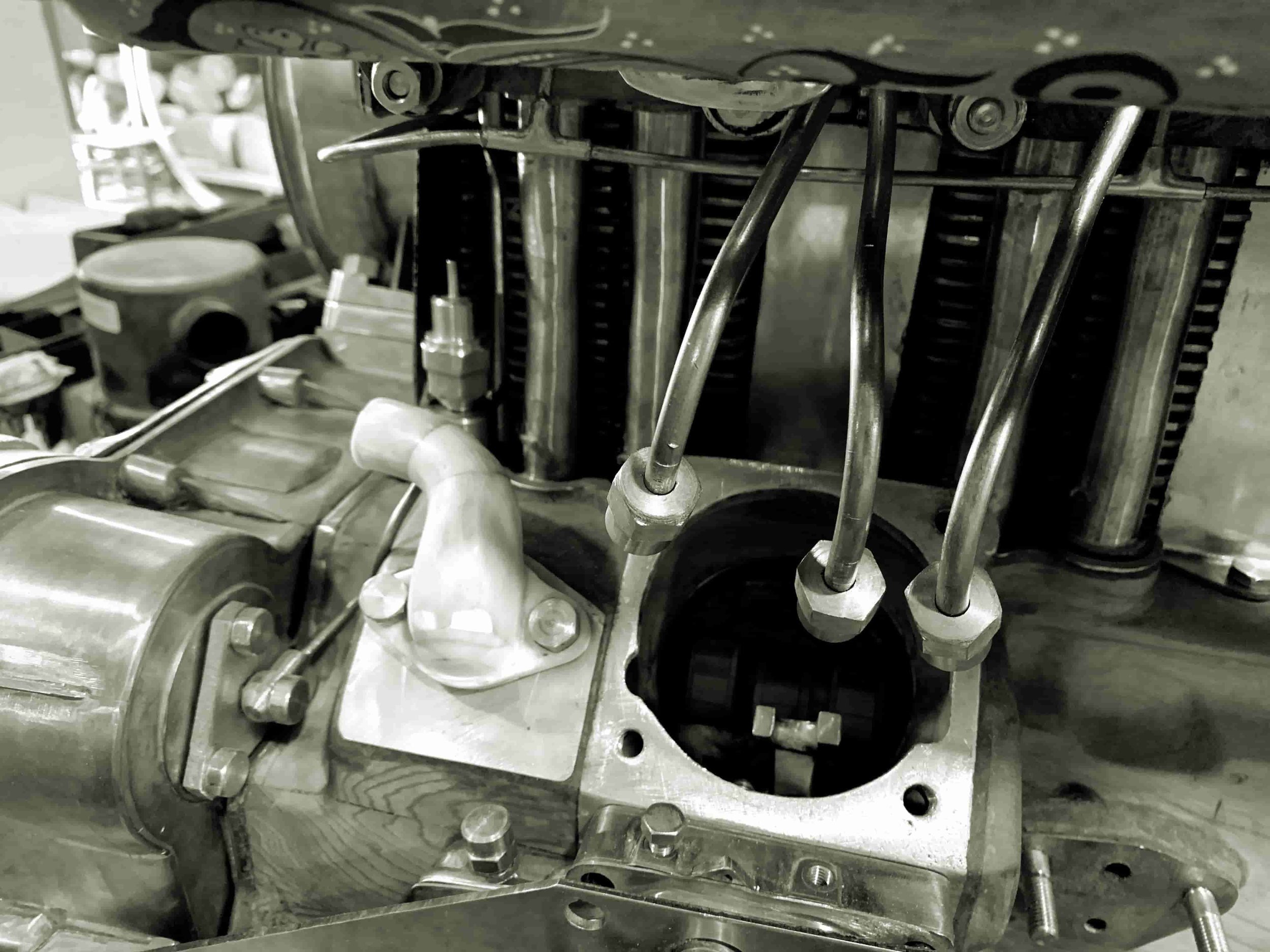
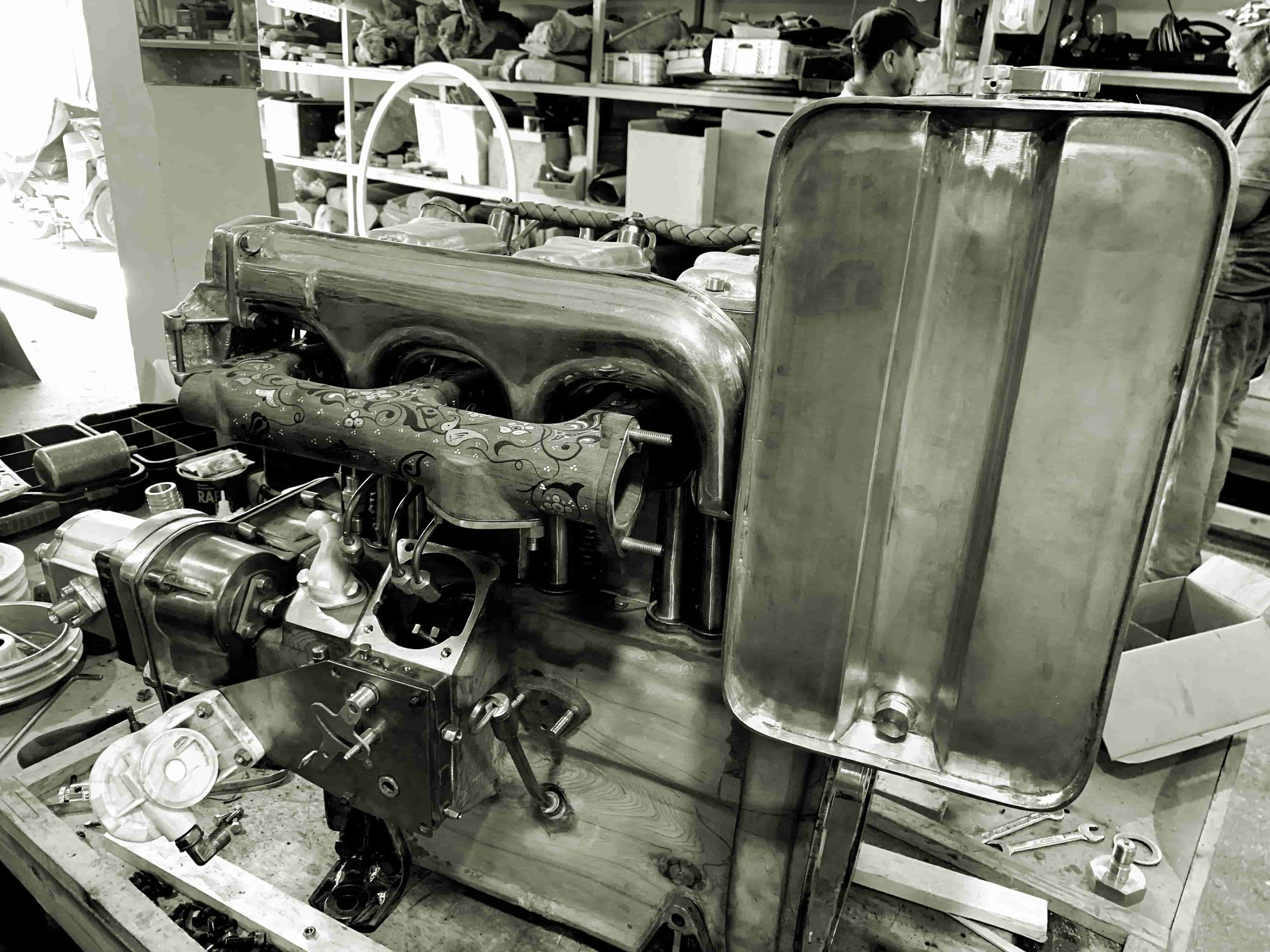

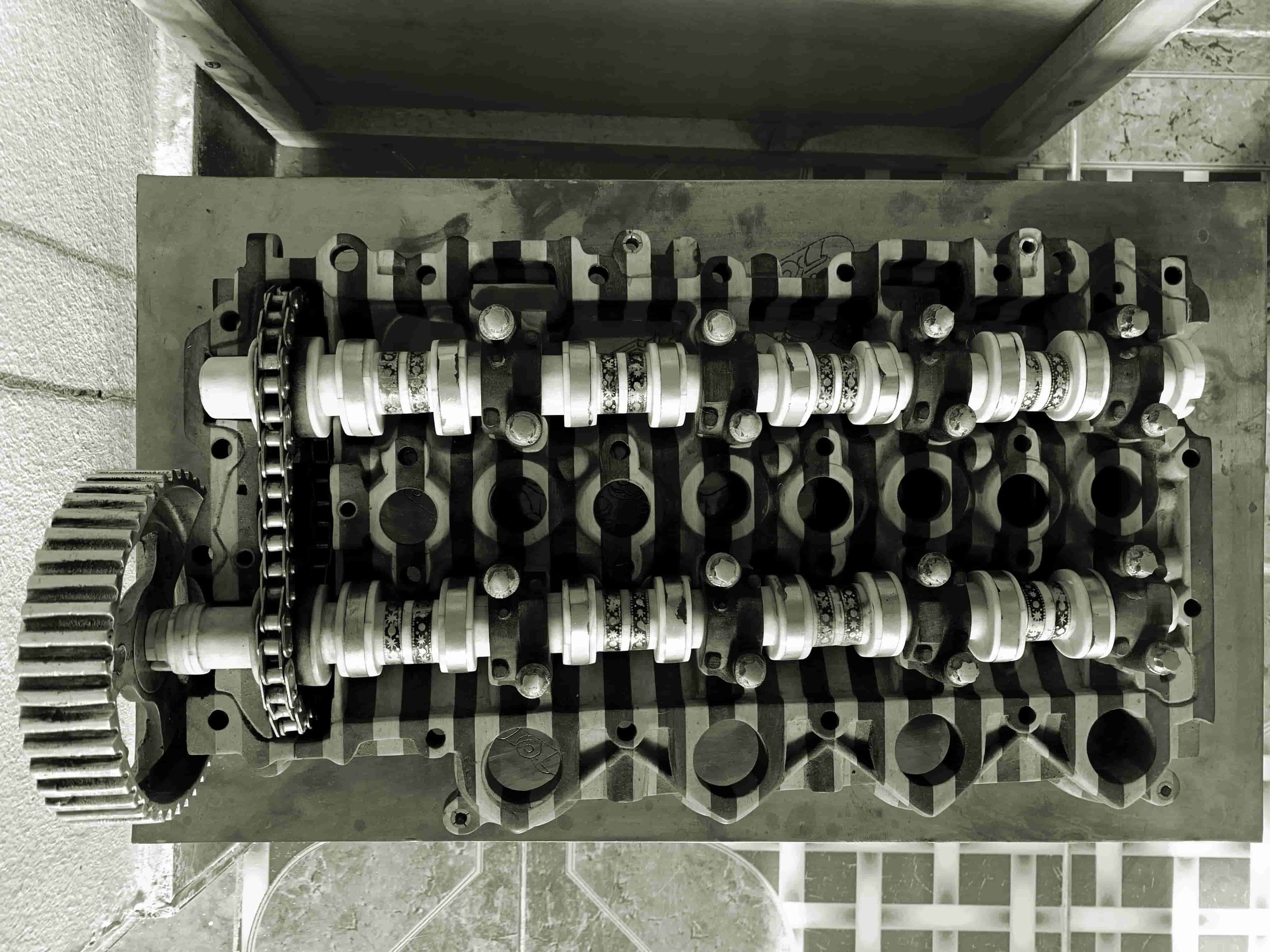
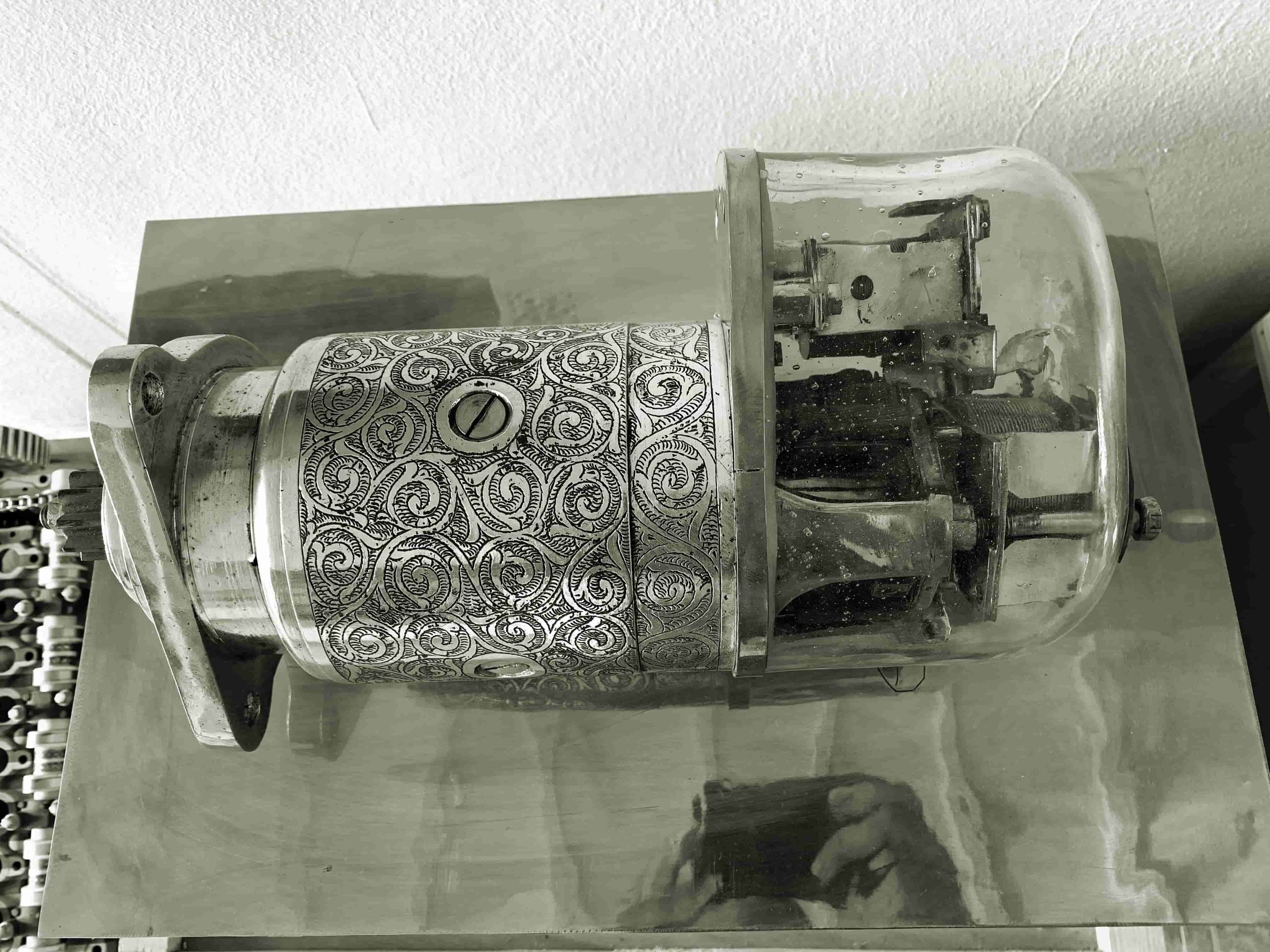
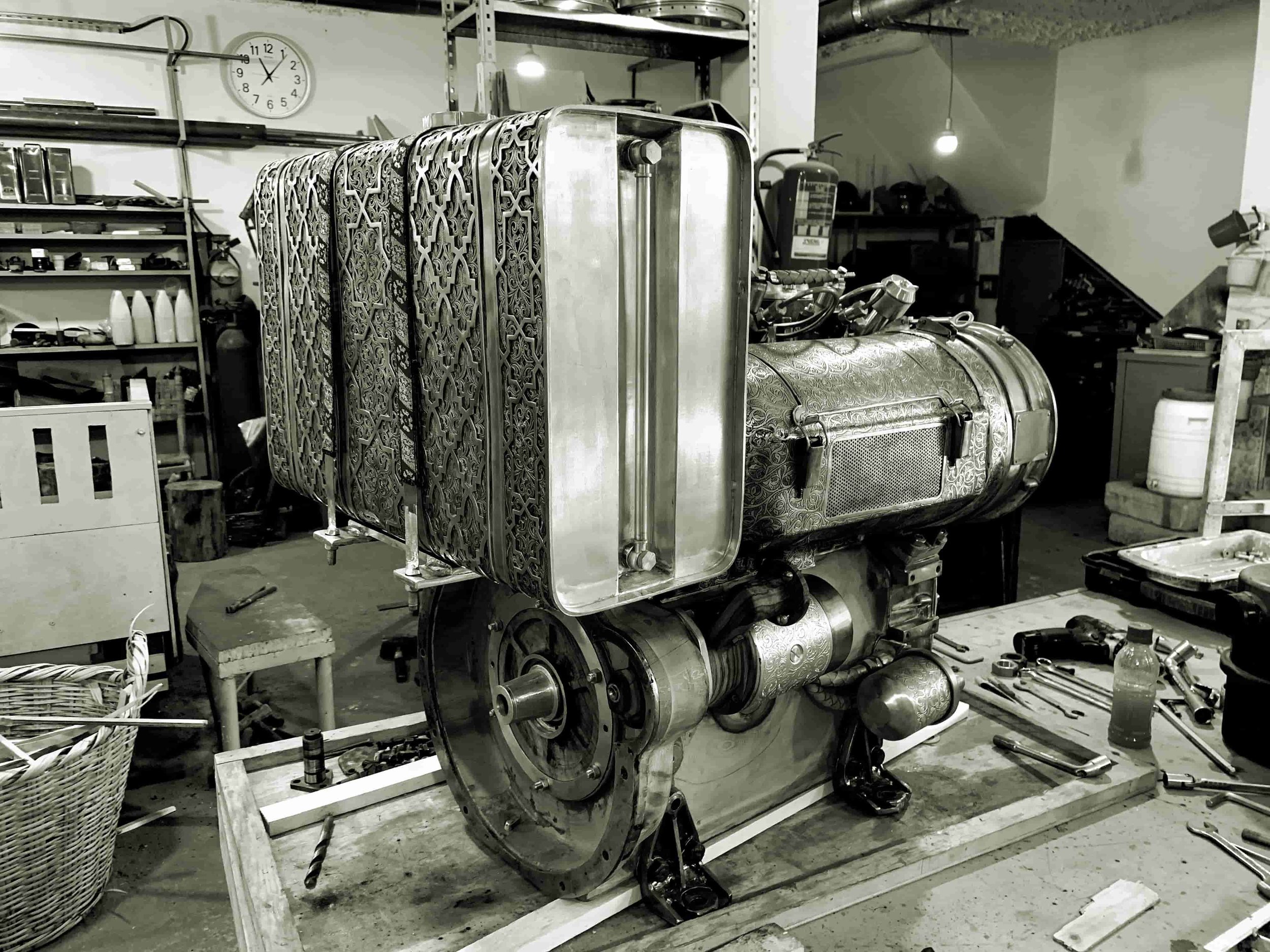
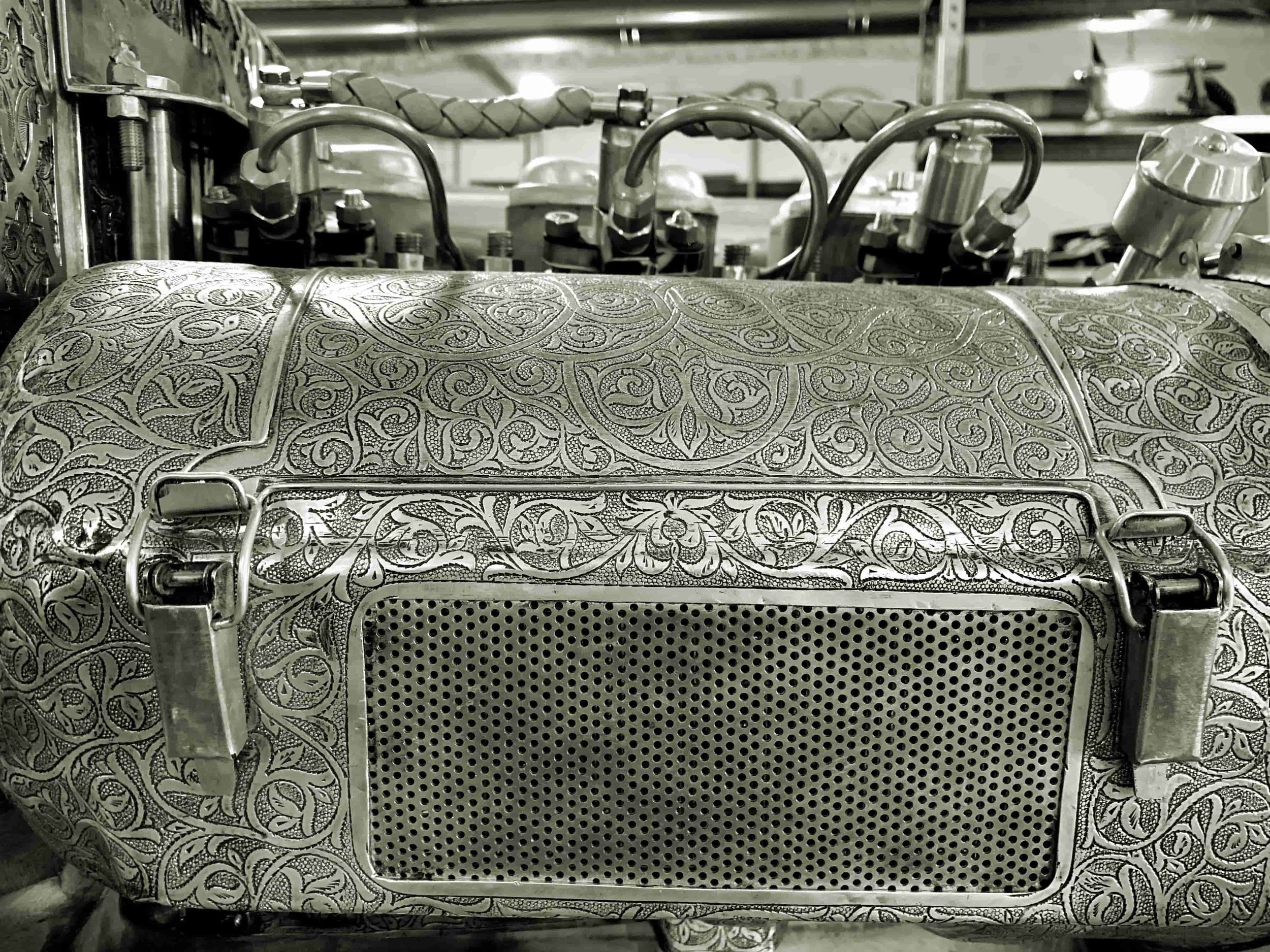
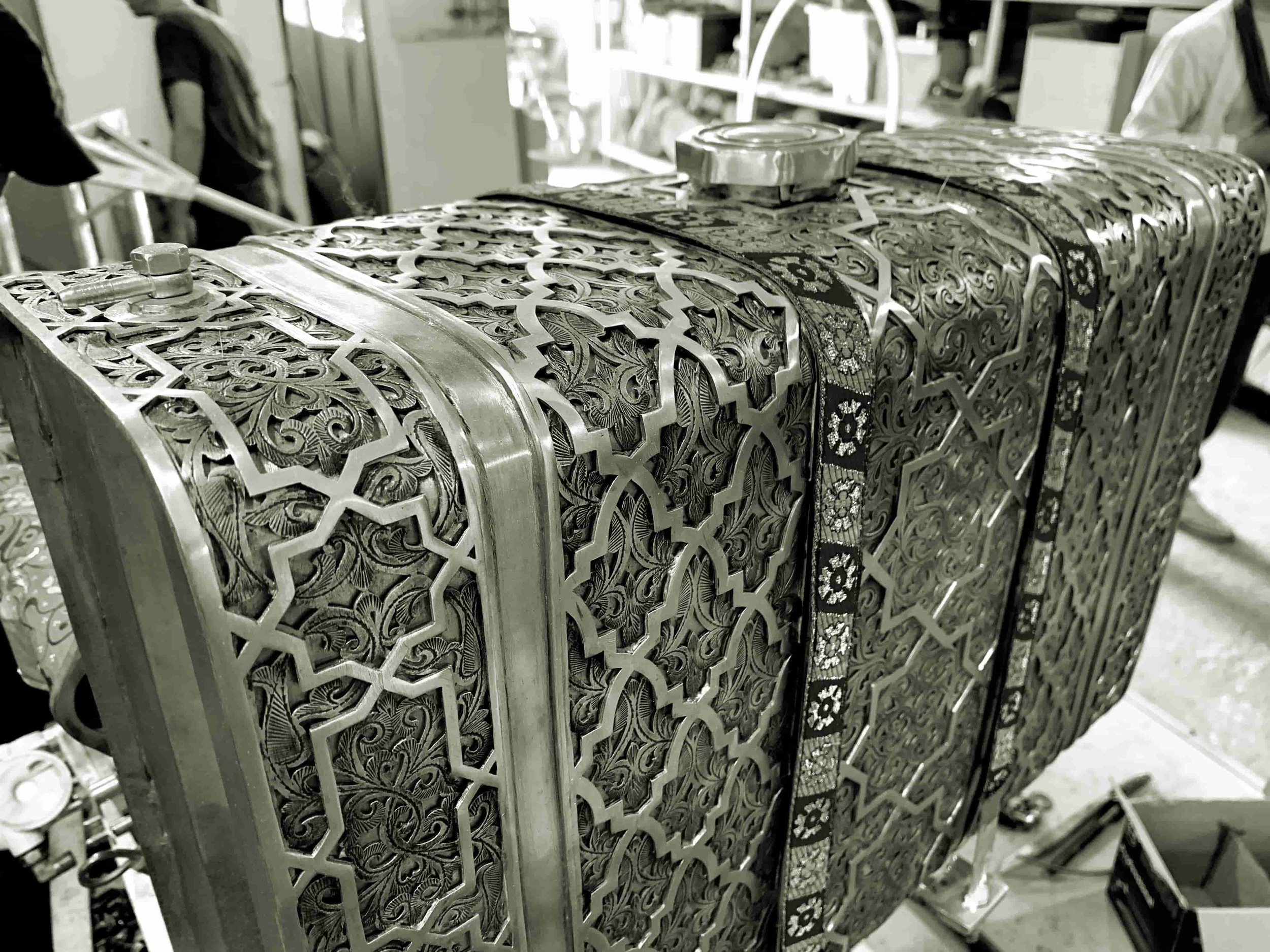
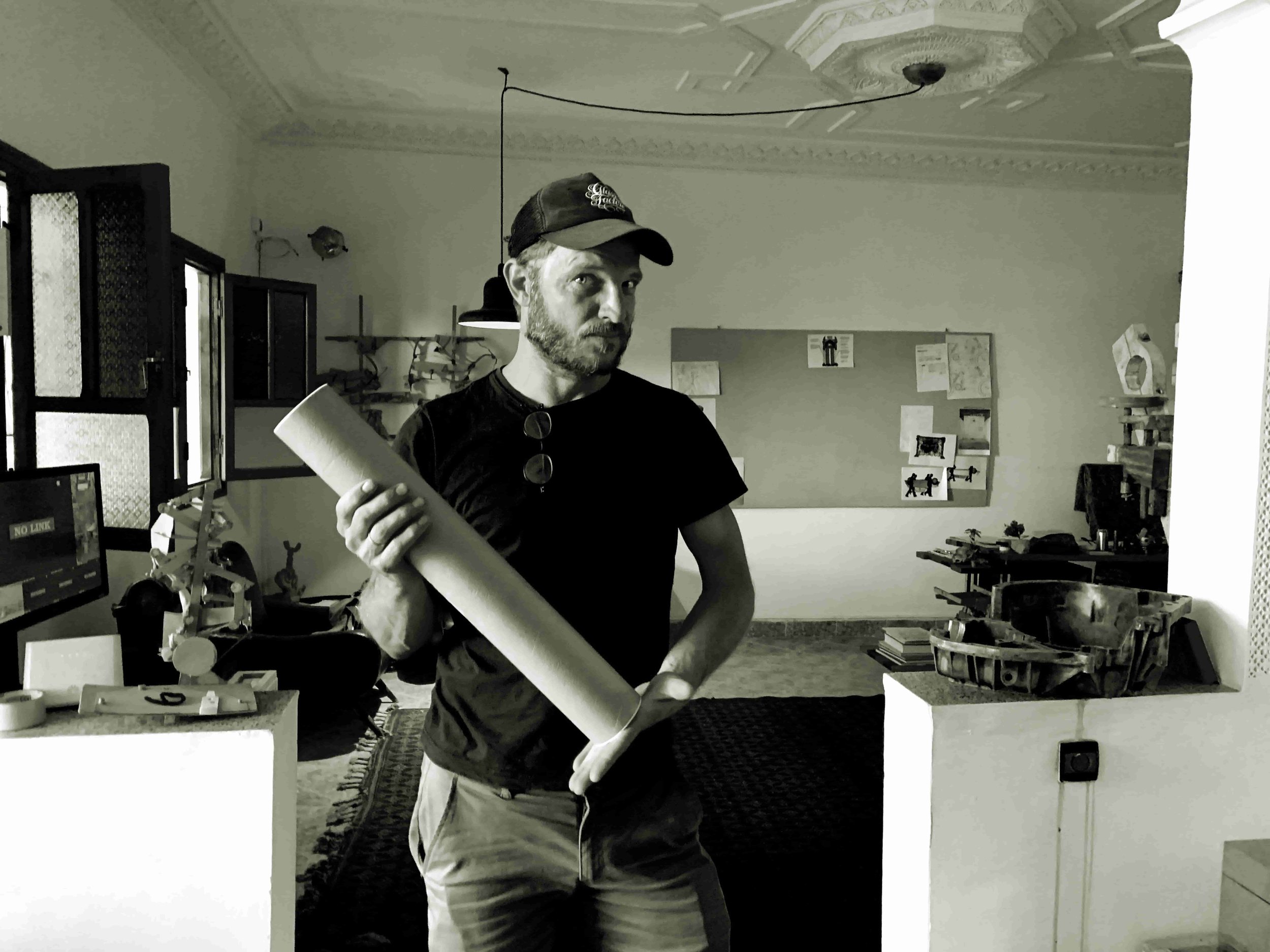
Credits texts, photos and drawings: Carlos Pérez Marín
